

7 Off-The-Beaten-Trail Places To Visit In Northern Chile
By Author Steph Dyson
Posted on Last updated: 14th November 2023
Say the words “northern Chile” and there’s probably only one place that pops into your head: San Pedro de Atacama .
Sure, there’s a reason it’s one of Chile’s top tourist destinations, but by limiting your trip to only one town in the region means you miss out on the other even more interesting places to visit in northern Chile.
I recently travelled to El Norte Grande – the north of Chile – my first research trip for Moon Chile and have to admit to being surprised by the rich history and the astonishingly varied landscapes in what is ultimately just a huge desert.
You may have heard of some of the places mentioned on this list; what they all have in common is the fact that only a tiny proportion of international tourists find their way to them.
So if you’re looking for interesting and truly off-the-beaten-trail things to do, then read on for my top ten places to visit in northern Chile and don’t miss my other guide to the most unmissable things to do in this incredible country .
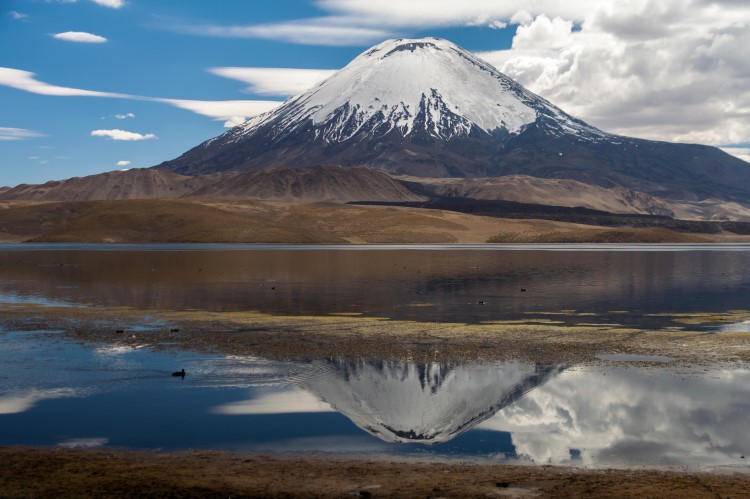
Click to navigate this article:
Planning Your Trip to Chile?
Save time, stress & money with a customized travel itinerary planned for you by a Chile expert
What previous clients have said:
“It’s refreshing to find someone with insider knowledge that can take you off the beaten track, away from the mainstream. I particularly liked the detail you give; where to stay and your favourite places. We stayed in some lovely places because of your knowledge, places that we would probably never have found. I also liked the fact that we could ask you questions whilst on the move. Lots to like Steph!”
1. Place to visit in Northern Chile: Parque Nacional Lauca
From Arica, the road climbs up into pre-cordillera, the mountains just before you reach the Andes themselves.
After a three-hour, winding drive, you arrive at Putre – an absolute essential on this list of places to visit in Northern Chile.
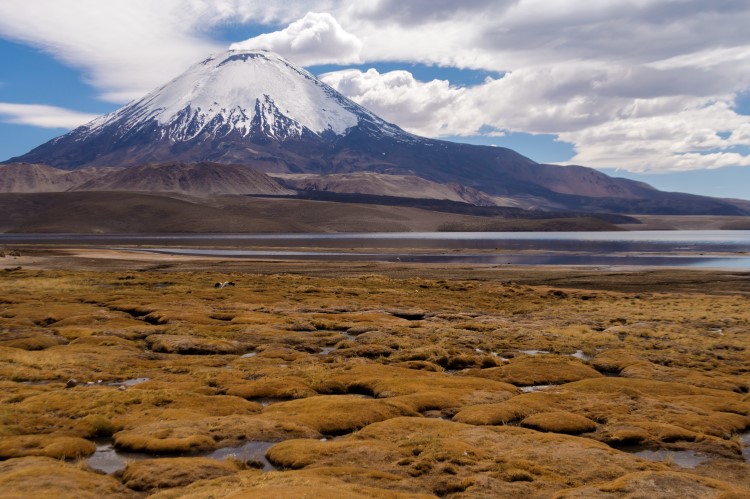
Putre itself isn’t the highlight; instead, east along the road towards Bolivia, Parque Nacional Lauca is one of the easiest of these off-the-beaten-trail places to visit in North Chile, particularly if you’ve not got your own vehicle.
There are plenty of companies based in Arica that offer tours up to the national park.
Lago Chugará is the top attraction; a huge lake – and one of the most beautiful in South America – that squirms with Andean birdlife and sits in the looming shadow of Volcán Parinacota. At 4,517m above sea level, take it slow when trotting along the 1km path that heads around the lake.
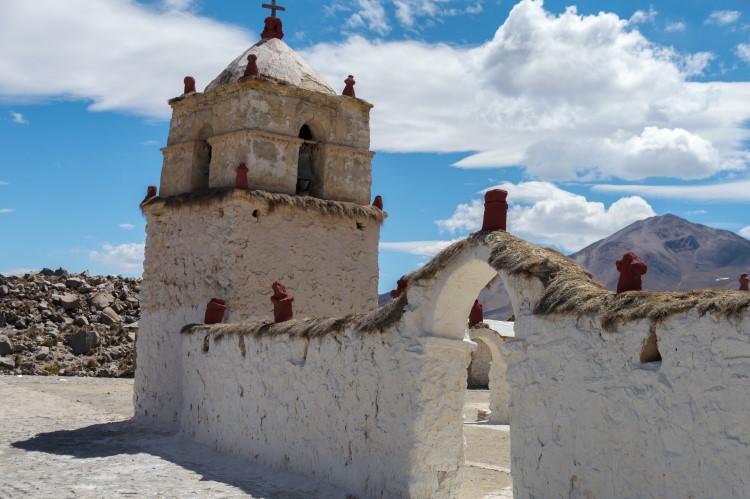
Along the road to the lake are a number of beautiful little villages with elegant, restored adobe churches (such as the pretty Iglesia de Parinacota) and the landscapes themselves of sparkling altiplano lakes and herds of guanaco make this an essential trip to take in the north of Chile.
If visiting using an agency based in Arica, be aware of the “vomi tours” which head to Lago Chungará and back again in only one day.
Believe me: going from sea level to over 4,000 meters in one day is enough to make anyone puke. Instead, it makes more sense to stay overnight in Putre to allow for acclimatization.
How to get to Putre and where to stay
Public buses leave the domestic terminal in Arica for Putre at 7am each day and arrive around 10am. To return to Arica, take the bus from Calle Baquedano at 2pm or from the main square at 5pm.
If coming in your own car, be aware of the effects of altitude (bring plenty of water to drink) and remember that there is no petrol station in Putre so fill up before you leave Arica.
Budget accommodation
Expect very basic accommodation at Hostal Cali (Baquedano 401). The water is only hot if the owner turns it on and the facilities aren’t anything impressive, but this place is clean and cheap. They also have a wifi connection.
A double costs $25,000 CLP/$40 USD.
Not-so-budget accommodation
For me, Terrace Lodge was the only place to stay as it meant I could take a tour of the surrounding area with the owners. It’s a fantastic place with five comfortable rooms, a great breakfast, and encyclopedic knowledge of this far north part of Chile.
They run day trips out to some of the harder-to-reach parts of the altiplano . The old owners had a map that they designed of the region, which was invaluable if you’ve got your own vehicle and are planning on taking a self-guided tour – ask if they’ve got access to this when you visit.
There’s a two-night minimum stay and a double costs $40,000/$64 USD per night.
2. Places to visit in Northern Chile: Reserva Nacional Las Vicuñas
South of Putre, Reserva Nacional Las Vicuñas is yet another of the north’s most interesting places to visit.
It’s flanked in the east by the piercing volcanoes of the Andes and home to herds of tentative guanaco and the rarer, more delicate vicuñas who make eye contact with you across the dry grassland known as the puna .
But the viscachas are the stars of the show, a creature related to the chinchilla but that looks more like a fluffy rabbit.
They nibble on the bufedal (sharp grass) by the side of the road or sit on rocks enjoying the sunshine, so it’s not unusual to find them as you drive around the reserve, their eyes closed to slits and little care for the tourists snapping photos a mere couple of meters away.
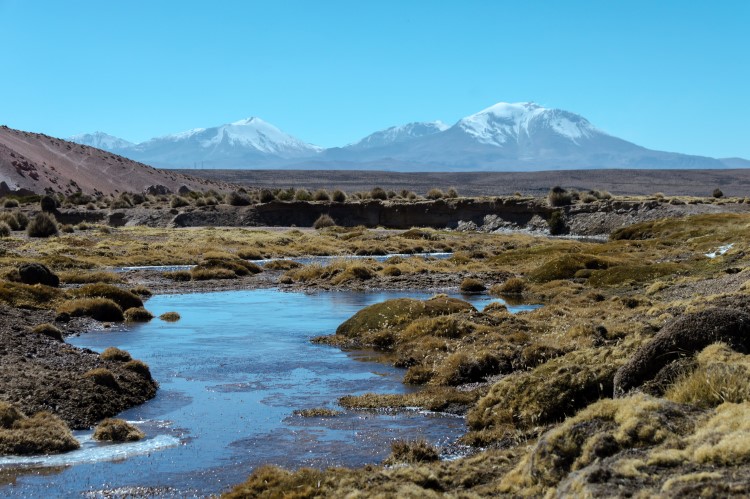
At the far southern end of the reserve, the Salar de Surire is a vast salt flat that’s far more impressive than the one in San Pedro de Atacama and punctuated with flocks of three types of feeding flamingos.
They come here to feed, searching through the saline water with their beaks for tiny shrill, their bright pink bodies, wings and legs contrasting with the blinding white of the salt flat and the deep blue of the sky.
Both Reserva Nacional Las Vicuñas and Parque Nacional Lauca still feel untouched and unspoilt by tourism.
Everywhere you go, expect to see wild animals and vast volcanoes, all of which are only visited by a handful of people each week and are far more beautiful as a result.
3. Places to visit in Northern Chile: Antofagasta
Before last month, I’ll admit to knowing nothing about Antofagasta. Squat. Nada . But I was pleasantly surprised and – as Brit – came to realize why I should know far more about this otherwise unassuming port city than I did.
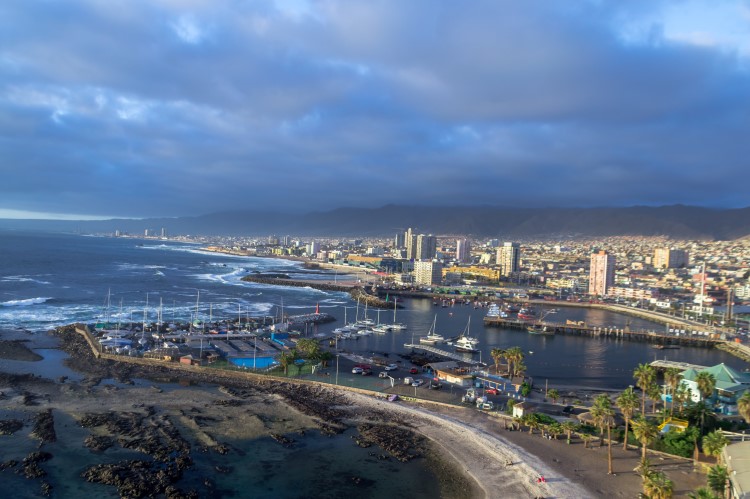
Antofagasta doesn’t exactly rank highly as one of the unmissable places to visit in Chile, but the town has a number of interesting landmarks showing the influence of the British.
This is particularly noticeable in the businesses that came here to make the most of the saltpeter industry that saw huge amounts of wealth being garnered in the region in the 19th and 20th centuries.
My absolute favorite was the Ex Estación Ferrocarril (the old train station), a still operational train station that has informal guided tours run by the site guards.
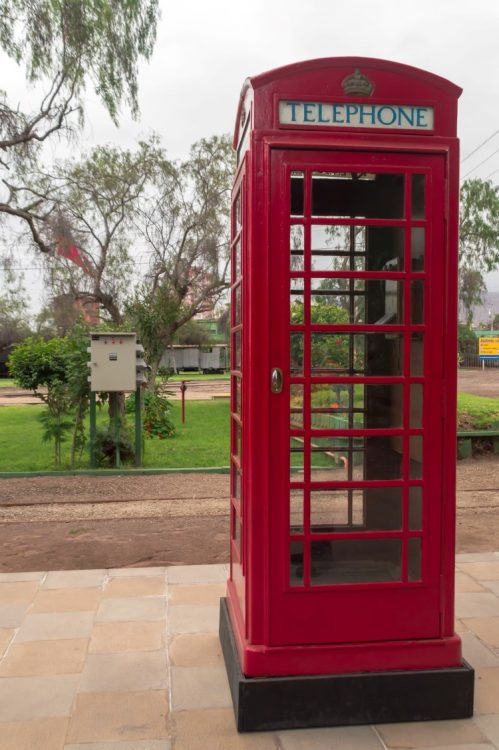
From a restored train carriage that the Pope used during his visit to the city in 1987, to the freight car that was part of the train that Butch Cassidy and the Sundance Kid reputedly ambushed in their final robbery in the wilderness of Bolivia, the relics preserved here are truly fascinating.
But that’s before you even get to the various pieces of British memorabilia, including red telephone boxes, British-made clocks marking the time on the platforms and even a steam engine brought all the way from Liverpool in England.
Visits are possible on Friday afternoons and between 10am-1pm and 3pm-6pm on Saturdays and Sundays and the guides only speak Spanish, although it’s definitely possible to pop in and admire the relics from this not-so-distant time, even if your Spanish is limited.
Nearby, the Museo de Antofagasta is also worth a visit thanks to its fascinating display of the fishing methods used by the region’s first inhabitants – the Chinchorro – (spoiler, they inflated sea lion skins to make rafts).
What’s more, the city has a really pretty coastline that is best viewed from the bar of the Gavina Sens Hotel with a pisco sour in hand.
How to get to Antofagasta and where to stay
There are plenty of buses heading to Antofagasta from Calama, San Pedro, and Iquique.
The bus station is about a 10-minute walk from the center, although taxi collectivos (shared taxis that have a fixed route through town) can take you into the center for around $600 CLP/$1 USD.
Budget accommodation in Antofagasta
Most of the accommodation in Antofagasta comprises apart-hotels, many of which look out across the bay and have their own cooking facilities. This one ($108 USD one-bedroom apartment), which has modern furnishings, access to a pool, and private parking, is a good choice.
Not-so-budget accommodation in Antofagasta
Another top choice with its own beautiful ocean-side restaurant specializing in fish dishes and all rooms offering balconies overlooking the bay is Terrado Suites Hotel (double $80,000 CLP/$134 USD). It’s got a gym, sauna, and heated pool downstairs, as well as an unheated infinitely-style swimming pool right next to the sea.
4. Places to visit in Northern Chile: Iquique
Besides San Pedro de Atacama, Iquique might be the only other of these places to visit in northern Chile which you’ve heard before.
It’s popular with backpackers and other holidaymakers who come to lounge on the sprawling Playa Cavancha beach, dip their toes in its warm(ish) waters, or hit up some of its world-class waves.
But there’s plenty more to Iquique than sun, sea, and surf. On the main plaza, Casino Español is the city’s most beautiful building, designed in a Moorish style with lavish murals and wide archways.
It’s also a great place for a delicious lunch, with a three-course menu del dia with wine costing $9,900 CLP/$16 USD.
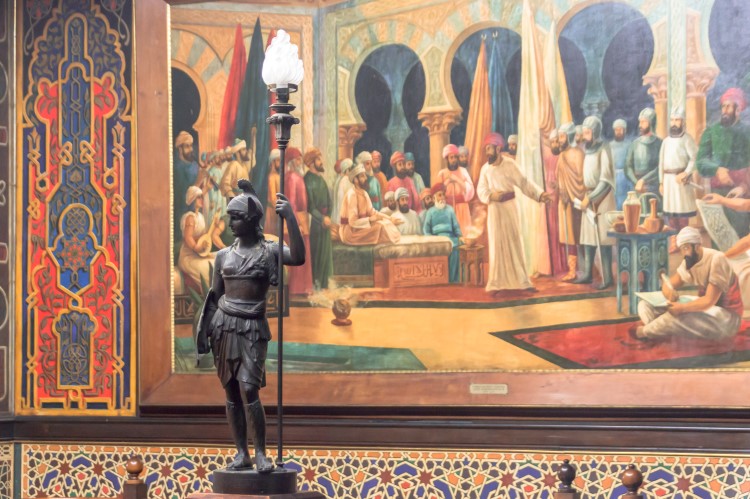
An hour’s drive out of Iquique, Oficina Humberstone is another of the fascinating historical places to visit in Chile.
In its heyday in the mid-20th century, it was the largest saltpeter (nitrate) mine in the country.
Most of the machinery used to extract and process the mineral was pinched from the site before it became UNESCO World Heritage protected, a lot of the houses in which the 3,700 residents lived remain reasonably intact.
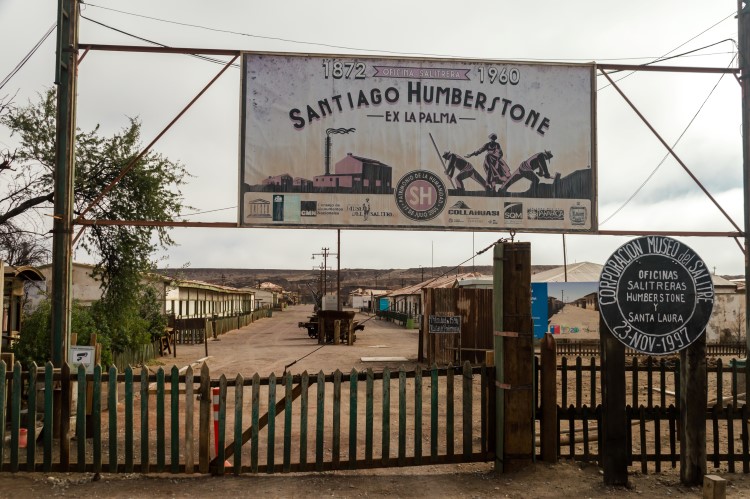
This ghost town in the middle of the desert used to be a bustling hub of industry and diabolical living conditions, even though the on-site swimming pool, theatre, hotel and bar give a sense of some of the leisure activities that were available to the workers who lived here.
How to get to Iquique and where to stay
Plenty of buses connect Iquique daily with Arica in the north and Antofagasta, Calama, and San Pedro de Atacama in the south. Rodviario Terminal de Buses is the main bus station and is located in the north of the city.
To reach Oficina Humberstone, catch a bus from the Mercado Central for $2,000 CLP/$3 USD. They leave roughly every 15 minutes.
Acommodation in Iquique
All of the places I normally recommend in Iquique appear to have gone under during the pandemic. Again, Iquique has a plethora of apart-hotels that I provide more than adequate accommodation.
5. Places to visit in Northern Chile: Pisagua
As you head north from Iquique along Ruta 5, a road shoots off to the left and, after a winding drive across the desert, followed by a nail-biting descent down a road cutting perilously close to the cliff edge, you finally arrive in Pisagua.
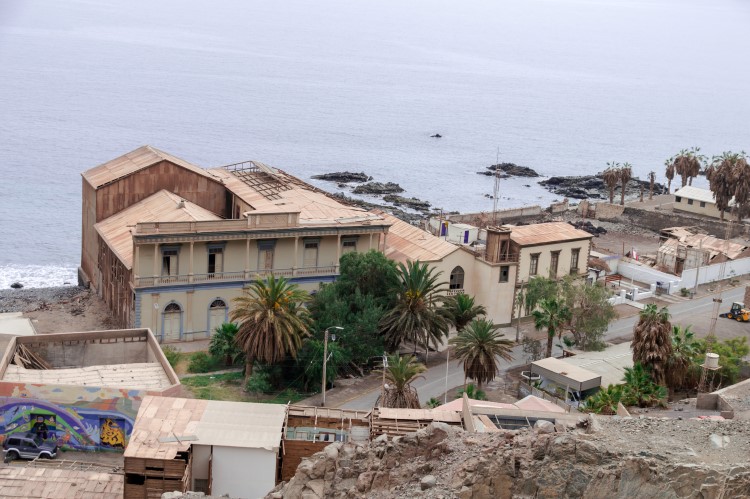
In the late 1800s and early 1900s, it was an important port town for the exportation of nitrate.
But fortunes change rapidly and while the wealth of the town’s old inhabitants is still visible in the once luxurious English-style mansions that remain, its population is now only around 200 and it doesn’t see many visitors nor make it onto any list of places to visit in northern Chile.
Unfortunately, it’s Pisagua’s macabre history that has left it off the main tourist route.
For two years during Chile’s military dictatorship, a concentration camp believed to hold around 2,500 political prisoners was stationed there.
Later, in 1989, soon after the country’s return to democracy, a mass grave was discovered in the town’s Municipal Cemetery a few kilometers north and a large memorial has since been erected in memory of the 19 bodies that were uncovered – as well as those who disappeared without a trace.
On a less grizzly note, the Teatro Municipal – a symbol of Pisagua’s grand old days – is worth a visit; this huge building sits overlooking the sea – and with new holes behind the stage makes you even more aware of the waves below.
You can venture into this beautiful old building by asking for the key from the library next door.
How to get to Pisagua and where to stay
One of the reasons Pisagua receives so few tourists is due to the lack of public transport to get here, meaning it’s only accessible with your own vehicle.
Budget accommodation in Pisagua
The only place in town is Hostal La Roca (Ramirez, +56 940619433) where a double with a private bathroom will set you back $28,000 CLP/$45 USD with Wifi, cable TV, and breakfast included.
They’ve also got a lovely terrace with sea views outside. Make sure you call before arriving as they only have five rooms.
Not-so-budget accommodation in Pisagua
As it’s a two-hour drive from Iquique in the south and a further three hours to Arica in the north, it makes sense to stop off in Pisagua traveling between the two.
6. Places to visit in Northern Chile: Arica
Of all the places to visit in Chile on this list, Arica was the city that surprised me the most.
Barely a stone’s throw from the Peruvian border, I’d actually stopped here briefly on my first visit to Chile in December 2015 – and was struck by how unpleasant the bus station was.
But looks can be very deceiving and it was only on my second visit that I had a chance to appreciate what a vibrant and historic place it really is.
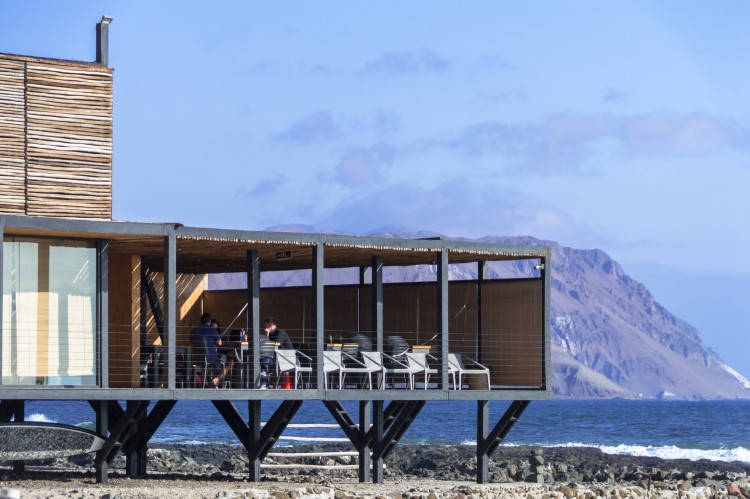
The number one Chile tourist attraction in Arica is Museo Sitio Colon 10 . It’s a residential building turned museum, where back in 2004, a surprised architect discovered the mummified remains of the region’s earliest inhabitants, the Chinchorros.
At 7,000 years old, they’re the oldest mummies even uncovered on the planet and were preserved thanks to the extremely dry and saline climate that characterizes the Atacama.
I can’t stress how fantastic this museum is: not only are you given an audio guide with information in English about the Chinchorro culture and their mummification techniques, but you can actually almost *walk over* the mummies.
They were left in situ as they were too fragile to move and so visitors can stand on the layer of glass above the remains and look down into the eyes of these ancient people.
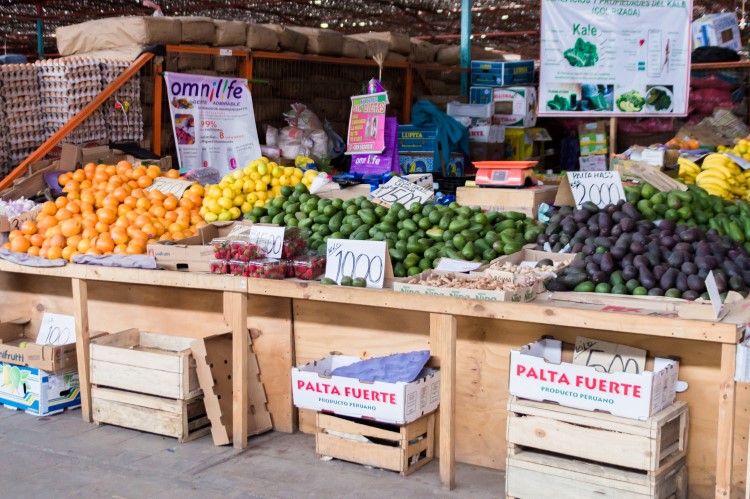
But the city is also a wonderful place to enjoy the beach (apparently the water’s even reasonably warm by normal Chilean standards) or check out El Agro , the enormous market on the outskirts of town that sells the huge amount of produce cultivated in the Lluta and Azapa Valleys.
It’s worth a visit purely to get a sense of quite how fertile the region is and to sample the locally-grown olives and maracuyá (passionfruit).
How to get to Arica and where to stay
Arica is a 40-minute taxi collectivo ride from Peru and has regular buses to Iquique and further south from the domestic terminal (next door to the international bus terminal).
To reach El Agro, take micro 828 from the center.
Budget accommodation in Arica
French-Canadian Le Petit Clos (Cristibal Colon 7, $38 USD double) has only nine spacious, clean rooms, which gives it a homely feel. Room 4 offers views across the port, so it’s worth asking for this one. Upstairs, a shady terrace and communal kitchen offer city views.
Not so budget accommodation in Arica
One of my highlights was staying in the incredible Hotel Apacheta (Av. Comandante San Martín 661), a modern building constructed from wood and vast windows overlooking the ocean.
In the morning, I was awoken by the calls of the seabirds on the beach below. A double costs $56,000 CLP/$100 USD per night, while family rooms (two bunk beds for four people) are $85,000/$136 USD CLP – ideal if you’re traveling in a group.
7. Places to visit in Northern Chile: San Pedro de Atacama
Ok, so I couldn’t write a post about things to do in northern Chile without including San Pedro de Atacama.
Although it has been a victim of its own tourism success and is often heaving with visitors, particularly over Christmas and during the summer, this town stuck in the middle of the Atacama Desert still has an impressive range of sites that you can’t really miss if you’re traveling in the north of Chile.
I’ve written an entire post about off-the-beaten-trail adventures in the Atacama Desert , but the crux of the article is how you should rent a car to explore, giving you more freedom to see lesser-visited places.
Among my favorites are Piedras Rojas and the Salar de Tara in the south of Reserva Nacional los Flamencos.
Here, a salt lagoon surrounded by a patchwork of red volcanic stone remains to this day one of the most stunning places I’ve ever visited in Chile.
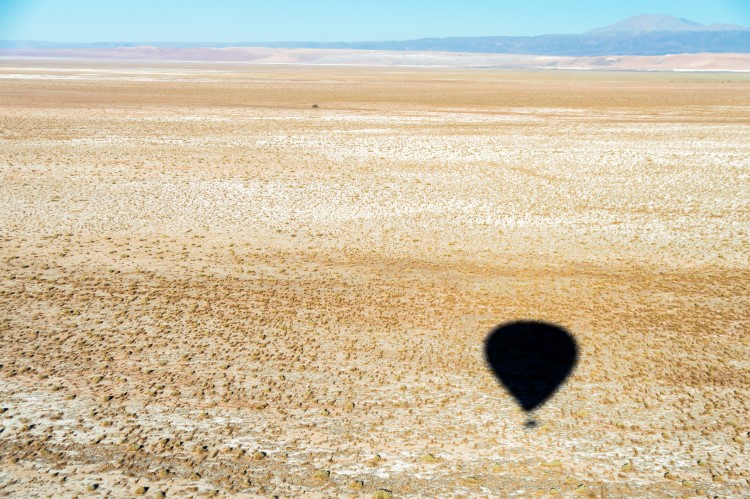
I’d also strongly recommend a balloon tour with a local company, as there’s nothing quite like seeing the salt flats and the desert landscape from the air.
Nearer to San Pedro de Atacama, and accessible via tours with Ayllu and Flaviabia Expediciones (tour agencies in town), Tocanoa has vineyards – yes, they are producing wine in the middle of the desert.
What’s more, the wine is surprisingly good, particularly given the extreme conditions in which the vines are grown – you can actually see the Salar de Atacama from the vineyards.
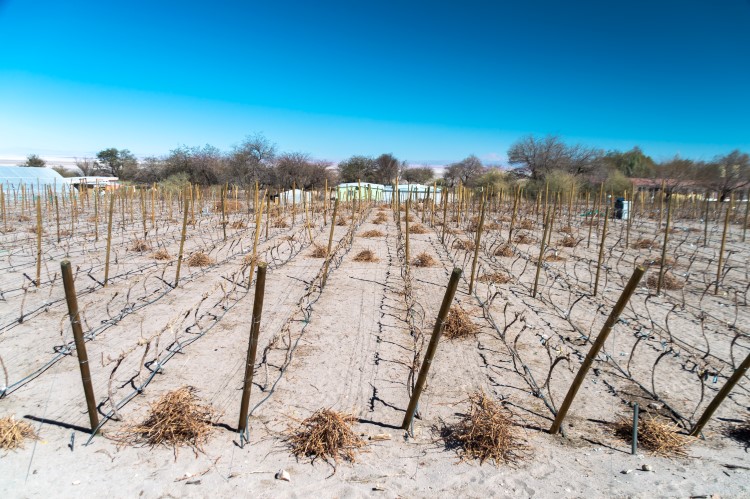
How to get to San Pedro de Atacama and where to stay
From Calama Airport, transfers take you directly to San Pedro de Atacama for $15,000 CLP single ($28,500 CLP return). These can be organized directly from the arrivals terminal.
If you’ve got tight timescales, from San Pedro de Atacama, it’s also possible to cross the border into Peru and on to Arequipa by bus .
This isn’t something I would recommend so much as it means missing out on the other incredible places to visit in Northern Chile, but still a good option if you’ve only got a few days to spare!).
Budget accommodation in San Pedro de Atacama
Just a short, 10-minute walk from the main street in San Pedro de Atacama lies on of the town’s best budget choices: Hostal Pablito ($85 USD double). With its large, year-round swimming pool and comfortable, impeccably clean bedrooms, this guesthouse feels like a real bargain. The staff are very welcoming and can be flexible with early breakfasts where required for pre-dawn tours.
Not-so-budget accommodation in San Pedro de Atacama
Easily the nicest accommodation you will find in San Pedro, Ckuri Atacama (Los Laureles 170) have only three rooms, but each has a private bathroom with shower, large double bed, and a small dining area with fridge, cutlery, and plates.
Breakfast isn’t currently included but you can easily buy what you need and eat in your own personal dining area! The owners are incredibly friendly too. A double room costs $48,000 CLP/$78 USD.
If you’re looking for more space and facilities, the ten large bedrooms, decorated with thatch ceilings, adobe walls, and beautiful Andean textiles, make up the gorgeous Hotel Pascual Andino ($219 USD double). It’s situated just outside of the center of San Pedro de Atacama, making it within a stone’s throw of all of the town’s restaurants but without the unwelcome noise pollution.
Each room has a shady outdoor patio with rattan furniture as a place to relax during the cool evening, although each has access to an outdoor lounge and a small pool, which will likely become your go-to location during the heat of the day.
The hotel’s free bikes are also handy if you fancy heading out to Valle de la Luna for a spectacular sunset, or just as a means of exploring the town on two wheels.
Finally, if you’re looking for budget-blowing luxury, look no further than Explora Atacama . Prices start at $1,760 USD per person per night and include all food and drink (the meals are cooked by the in-house chef who sources the vast majority of his ingredients from the local area – which just happens to be a desert!).
Accommodation is in very comfortable if somewhat plain bedrooms with volcano views (those at Tierra Atacama are much more luxurious) and their specialty: unique tours around the Atacama Desert.
They consider themselves the pioneers of the region and are constantly opening up new routes and destinations that no one else visits.
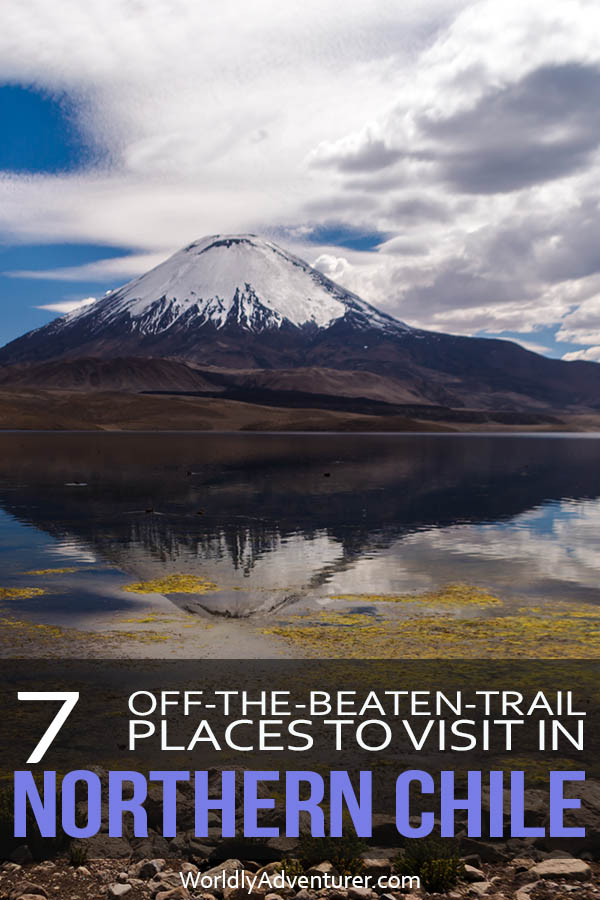
Friday 21st of July 2023
Good article. I fell in love with Iquique on my last visit (so much so I’m returning in a few months), and Humberstone is incredible. Arica is next on my list, and your article only motivates me more.
Tuesday 20th of June 2023
Thank you so much! I am planning a 2.5 week trip to Chile. 5 days in Rapa Nui and the rest I'm trying to figure out. I love all things off the beaten path so your writings are very helpful. I also very much enjoy museums with the native people. Arica is now on the must do list with Putre. I guess I will stick to that area and not San Pedro de Atacama. If you have any more advice on the northern area, especially how to get there I would love it!
Steph Dyson
Wednesday 5th of July 2023
Hi Cid, no problem! I'm glad you've found the information helpful. Arica is best reached by plane from Santiago; you can also take a bus there from Iquique or Calama (if you choose to combine your trip with there). Steph
Sunday 23rd of April 2023
Love your blog! We look forward to spending about 4 months in South America so your blog is helpful. You highlighted Las Vicunas National Reserve, but did not specify which nearby town might have lodging. Where might we stay when we visit the reserve?
Wednesday 26th of April 2023
Thanks Sue for the kind words! Las Vicunas is very remote so the best way is to visit with a tour from Putre. https://terracelodge.com/en/ should do this! Steph
Jimmy Smith
Wednesday 21st of March 2018
Hi Steph, Great article, will be using it to try to convince my wife that Chile is a better option than another trip to China next vacation. Looks like a wonderful place.
Wednesday 28th of March 2018
Hi Jimmy, I'm glad you enjoyed the article! And good luck with convincing your wife. I agree that Chile would be more fun than another trip to China! Steph
Nigel William
Monday 30th of October 2017
Hi, Steph! You`re a great writer. I had a good time reading this article. Nothern Chile looks amazing. It seems like there is a little something for anyone. You provided some really useful pieces of information, so I hope it will motivate more people to go there.
Thursday 30th of November 2017
Thanks Nigel, there is definitely something for everyone in North Chile! And yes, I hope so too. It's a really underrated part of the country. Steph
Spark Nomad

15 Best Places to Visit in Northern Chile – Delving into Rich Heritage Sites
Unusually shaped like a long and narrow ribbon at the southwestern coast of South America, Chile offers exceptionally diverse and extreme landscapes and climates, which is best exemplified by its northernmost region: awe-inspiring Northern Chile.
While more famous for being home to Atacama, the world’s driest desert, Northern Chile can also take pride in its magnificent coastal beaches, serene lakes, snowcapped mountains, volcanic hot springs, rain forests, vineyards, and other mesmerizing landscapes.
The region’s diverse flora and fauna abound in its rain forests, wetlands, Andean plateau, and several protected nature sanctuaries, such as the Parque Nacional Lauca, which has also been designated as a UNESCO World Biosphere Reserve.
Aside from the various exciting outdoor activities in this natural setting, Northern Chile’s fascinating history and rich cultural heritage also add to the compelling reasons that make this destination a must-visit.
The region’s urban destinations offer plenty of activities and stunning architecture to experience. The major cities of Northern Chile are Arica, San Pedro Atacama, and Antofagasta. Here, you will find the best accommodation options and transportation.
But there’s more! And for that reason, we have come up with 15 unmissable places to visit on your tour of Northern Chile.
Table of Contents
15 Best Places to Visit in Northern Chile
1. atacama desert .
The Atacama Desert covers a 994-mile (1,600 km) strip on the Pacific coast. It is the driest non-polar desert in the world. The main highlight of the destination is the route towards the main desert. The route covers almost everything the place has to offer.
From mountains of different shapes and colors to a grayish-brown desert at the end, the Atacama route is built for people who love long road trips.
You can also access nearby parks and other popular sites such as Parque Nacional Volcan Isluga, the volcanic thermal springs of Chusmiza, and the Gigante de Atacama, a 282 feet (86 meters) human representation, an anthropomorphic geoglyph allegedly created around 900 A.D.
Where To Stay in the Atacama Desert?
The Atacama Desert has no hotels or accommodation options within the area. You can stay in the town of San Pedro de Atacama . Hostal Alto Yali , the closest guesthouse, is a great option for people looking for luxury at a medium price.
2. San Pedro de Atacama
San Pedro de Atacama is a small town located within the Atacama Desert. The main highlight of this place is the dry salt lake called Salar De Atacama . People who want more traditional adventure can visit the 16th-century church, one of Chile’s oldest, or head to San Pedro’s Museo Arqueologico Gustavo Le Paige.
Where To Stay in San Pedro de Atacama?
San Pedro de Atacama has a variety of accommodation options. We have listed three of the best hostels and hotels in the area.
- Hostal Illari (Budget-friendly)
Hostal Illari in San Pedro de Atacama is conveniently located just 5.16 mi (8.3 km) from Piedra del Coyote and 18 mi (29 km) from Termas de Puritama. The property features a sun terrace and concierge service for guests’ convenience, a 24-hour front desk, airport transfers, a shared lounge, and free WiFi.
- Hostal Perita (Best to visit with family)
Hostal Perita in San Pedro de Atacama is conveniently located near major attractions, including San Pedro Church, Pukará de Quitor, and the town’s main square. Free WiFi is available throughout the property, and all rooms have a flat-screen TV with cable channels, private bathrooms, and direct garden access.
- Lodge Quelana (Best for couples)
Lodge Quelana , located 8 mi (13 km) from Piedra del Coyote, provides guests with convenient amenities such as an outdoor swimming pool, garden, and room service. The units have air conditioning, a flat-screen TV, and a private bathroom with a shower and free toiletries. Each unit also includes a seating, dining area, and terrace.
3. Iquique
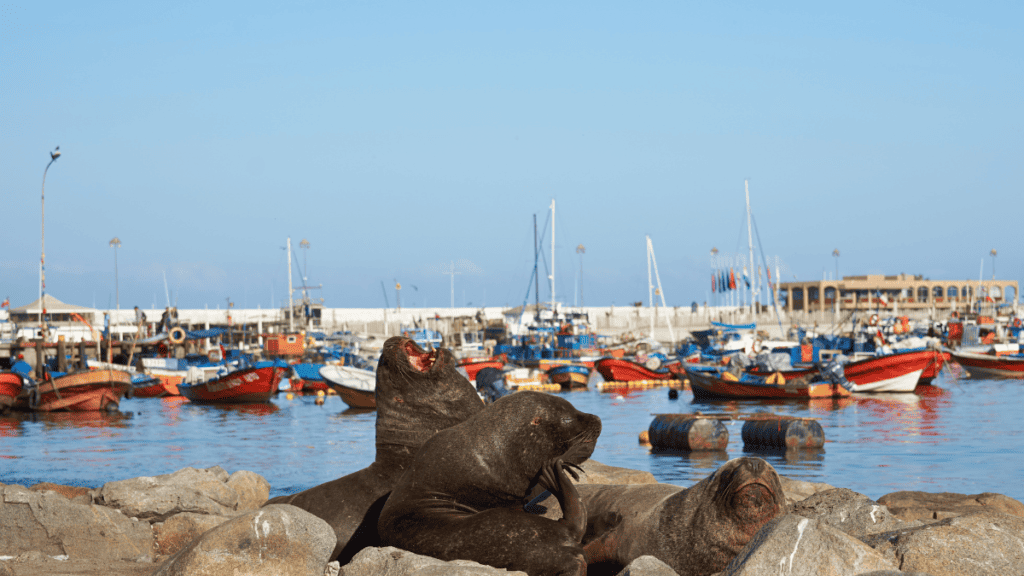
Iquique is quite a popular Chilean city due to its nearby beaches. Playa Cavancha is one of the best ones in town. Here, you can enjoy surfing and the sunset. However, there is plenty to enjoy in this area than beaches. You can head towards the city center to enjoy Casino Espanol, one of the most beautiful buildings in Iquique.
Some other attractions include Iquique regional museum, Cavancha theme park, and Mineralogical Museum. After a tiring day enjoying all the city’s popular attractions, you can relax at a nearby restaurant and ask for the menu del dia (menu of the day) and a bottle of wine for only 12,900 Chilean pesos (16 US dollars).
Where To Stay in Iquique?
Iquique is full of great hotels and hostels, but El Camino Hotel comes highly recommended for its luxurious experience and location. The hotel is quite close to the top tourist attractions of Iquique.
A city near the Peruvian border, Arica has a historic vibe and vibrant architecture that makes it look more attractive. The top spot you should visit on your travel to this city is Museo Sitio Colon 10. The museum has the oldest mummies, around 7,000 years old.
Once you are done learning about the history of the place, head to the nearby beach or explore the El Agro market.
Where To Stay in Africa?
There are many accommodation options in Arica, but not all give the best value for money, except Novotel Arica . The hotel is quite popular as it is close to Chinchorro Beach. The views of the ocean make the whole experience luxurious.
5. La Serena
La Serena was founded in 1544, and its colonial architecture fairly represents its history. After a long desert trek, the city is a treat for people who want to relax. However, for a short visit, La Serena is a great place to experience some old churches, museums, and vineyards.
We highly recommend you visit the President Gabriel Gonzales Videla Regional History Museum and La Serena Archeological Museum.
Where To Stay in La Serena?
Hotel Club La Serena is one of the best hotels for people who want a luxurious beach experience.
However, luxury comes at a higher price. Hotel Boutique Suri is our top pick for people traveling on a budget.
6. Antofagasta
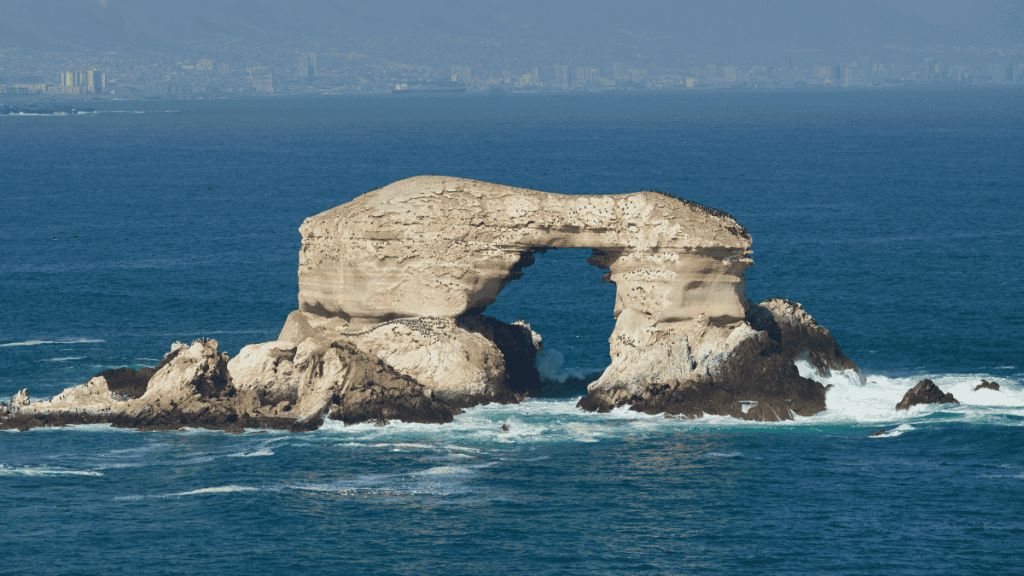
Antofagasta is another great place to explore in Northern Chile. The landmarks have a British influence. You will find plenty of red telephone boxes and British clocks in the city.
There are some museums and beaches that art or beach lovers can visit. Some of the best beaches are Playa Paraiso and Playa Las Almejas, while, for museums, the Ruinas de Huanchaca and the Museo de Antofagasta are must-visits.
Where To Stay in Antofagasta?
This area has plenty of accommodation options, with the Holiday Inn Express Antofagasta as the best. It has its own swimming pool and fitness center. Moreover, the location is quite close to beaches and famous buildings.
7. Reserva Nacional Las Vicuñas
Reserva Nacional Las Vicunas is located south of Putre. The volcanoes of the Andes cover the whole area. The beauty of the mountains is enhanced by the running vicunas (rare South American camel-like animals) and viscachas (rabbit-like animals) on the fields.
Where To Stay Around Reserve Nacional Las Vicuñas?
Las Vicunas National Reserve doesn’t have any hostels or hotels. You can check out the nearest guest house in Putre, the Hotel Las Vicuñas . It is a great choice for people looking for a place to stay at night before leaving for a day trip to the National Reserve.
8. Parque Nacional Lauca
Located in Putre, the Parque Nacional Lauca is a national park that offers plenty of wonderful things and places to explore. You can start with some bird watching at Lake Chungará. It is located under the shadow of Volcán Parinacota. The second must-do activity is exploring nearby villages and churches.
Where To Stay Around Parque Nacional Lauca?
Although accommodation options are limited and most are below par, the Terrace Lodge is perfect for a night stay. The views from the hotel are stunning.
9. Humedal del Rio Lluta
The Humedal del Río Lluta (Lluta River wetlands) is a must-visit for nature lovers. The Lluta River flows from the Andes to the Pacific Ocean.
The main highlight of this river is the birds, which are plentiful in this area. Some have the wetlands as their natural habitat, while some are just migratory birds. The river has a laid-back vibe, perfect for people who want to relax after a long day of activities.
Where To Stay Around Humedal del Rio Lluta?
Two great hotels are nearby: Diego de Almagro Arica and Panamericana Hotel . Both hotels have a swimming pool located only 1.2 to 1.9 mi (2 to 3 km) from Humedal del Rio Lluta.
10. Anzota Caves
In the past, the Chinchorro people used the caves, which were naturally formed by water and wind. Mummies were found inside the caves when they were first explored. The area has become popular for its ocean walk built near the caves.
Where To Stay Around the Anzota Caves?
The Anzota Caves are located near the city of Arica. For a day trip, you will have to stay at one of the below-mentioned hotels located quite close to the caves in Arica.
- Hostal Jardin Del Sol (Budget)
Hostal Jardin Del Sol offers tastefully decorated rooms with parquet floors, dark brown bedding, and cable TV. Private rooms include en suite bathrooms, while mixed dormitories have shared bathroom facilities. The property offers a daily breakfast and free parking and is just a 30-minute drive from Arica Airport and 10 blocks from the beach.
- Hostel Posada de Gallo (Mid-range)
Hostel Posada de Gallo in Arica is 1.43 mi (2.3 km) from El Laucho Beach and offers guests a garden, free private parking, and a shared lounge. The rooms have a shared bathroom with a shower, and some also have a patio.
- Hotel Apacheta (Luxury)
All rooms at Hotel Apacheta feature a private bathroom, a safety-deposit box, and a terrace providing panoramic sea views. El Buey, the biggest wave in South America, can be spotted from the room’s terraces at the right moment.
11. Valle de la Luna

Valle de la Luna (Valley of the Moon) is around 5 mi (8 km) from San Pedro de Atacama. The view of the valley with the moon in the background is a once-in-a-lifetime experience. The impressive range of colors and textures makes the whole scene pop.
Where To Stay in Valle de la Luna?
The best place to stay near Valle de la Luna is Casas Valle de la Luna . The hotel gives off an old vibe despite a mix of modern-styled decorations.
12. El Tatio Geysers
A one-hour, 40-minute drive from San Pedro De Atacama, El Tatio Geysers is a geothermal field with geysers. Located in the Andes mountains, these geysers erupt every morning, ejecting steam high into the air with underground sounds. It is an amazing sight to experience.
Some also create wide boiling pools after erupting, so make sure that you keep your distance. There have been fatal accidents in the past due to being too close to the pool.
Where To Stay Around El Tatio Geysers?
There is only one great place to stay near El Tatio Geysers: Ittai Hotel (formerly Hotel Geyser del Tatio).
13. The Azapa Valley
Only 7.5 mi (12 km) outside of Arica is a valley called Azapa. The valley is stunning. Its main highlight is a museum full of mummies. The museum is called San Miguel de Azapa Archaeological Museum. With more than 20,000 historical pieces and over 10,000-year-old mummies, the museum’s offerings could be challenging for the faint of heart.
Where To Stay Around the Azapa Valley?
Azapa Valley is close to Arica, so staying at a hotel like Hotel Casa Beltran in Arica might be convenient. It is a mid-budget hotel with amazing facilities.
14. Humberstone and Santa Laura Saltpeter Works
Categorized as National Historic Monuments, the two Humberstone and Santa Laura Saltpeter sites used to be refineries with associated company towns where they mined and produced saltpeter for fertilizer manufacturing. They represent the vestiges of an industry that brought great wealth to Chile and changed the lives of many of its people.
These over 200 structures now serve as a monument and historical showcase of the Pampa culture of those who once worked and lived there. It is a great site for people who love learning about significant historical places.
Where To Stay Around Humberstone and Santa Laura Saltpeter Works?
When visiting the Humberstone and Santa Laura Saltpeter Works, the Hostal Solnaciente En Pleno Centro de Pozo Almonte is the best place to stay.
15. Pisagua
Pisagua is a small town located north of Iquique. The town was a port in the 1800s and 1900s, but now it has become an abandoned place with a population of only 200 people. Not many visitors come here, making the place peaceful and tourist-friendly.
There are old mansions from the previous rulers that you can visit. Our top recommendation here is the Teatro Municipal, a building overlooking the sea rich in Chilean history.
Where To Stay in Pisagua?
Pisagua sits 102 mi (164 km) away from Iquique. There are only a few accommodation options in the area. There is only one hostel, the Hostal La Roca, but it is no longer available online. So, you may have to stay at Iquique and take a day trip to this town.
For more accommodation options, you may click on the map.
Tips To Stay Safe When Traveling to Northern Chile
Northern Chile, known for its vast deserts, salt flats, and high-altitude landscapes, offers unique experiences but also presents specific safety considerations. Here are essential tips to ensure your safety while exploring the stunning but rugged terrains of Northern Chile:
- For Atacama travel, make sure to bring a sun protection hat , hiking shoes , and sunscreen.
- Northern Chile is very safe, but we would still advise you to stick to the tourist-friendly areas mentioned in this article.
- Make sure to learn some Spanish phrases before traveling to Chile.
- Be aware of altitude sickness symptoms like headache, nausea, and dizziness. Seek medical advice if symptoms persist.
- Keep your vehicle stocked with water, food, a spare tire, and basic repair tools.
- Make sure your travel insurance covers activities specific to your Northern Chile adventure, including high-altitude sickness, emergency evacuation, and any extreme sports if you plan to partake.
Additionally, consider protecting yourself with travel insurance such as SafetyWing , which can cover medical emergencies, trip cancellations, and other unforeseen incidents during your stay. Use the widget below to snag the perfect policy for your needs and travel with peace of mind knowing you’ve got your back covered, no matter what adventures come your way!
Frequently Asked Questions (FAQs) – Best Places to Visit in Northern Chile
What is northern chile known for.
Northern Chile is quite popular for the Atacama Desert and its lakes, salt flats, geysers, mountains, volcanoes, marshes, and hot springs. It is also home to South America’s most attractive landscapes and architecture.
What Can You Do in Northern Chile for Free?
Northern Chile offers several free attractions and activities for visitors to enjoy. Here are some things you can do for free in Northern Chile:
- Stargazing in the Atacama Desert
- Enjoy the beaches of Arica
- Visit the historic towns of San Pedro de Atacama and Iquique
- Explore the abandoned saltpeter mining towns of Humberstone and Santa Laura.
What Should I Not Miss in Northern Chile?
Here are the things that you shouldn’t miss during your visit to Northern Chile:
- El Tatio Geysers
- Humberstone and Santa Laura Saltpeter works
- Atacama Desert
Conclusion – Best Places To Visit in Northern Chile
Northern Chile is a region of extraordinary natural beauty and cultural richness, offering travelers an array of captivating destinations. From the otherworldly landscapes of the Atacama Desert, including the iconic Valle de la Luna and the geothermal wonderland of the El Tatio Geysers, to the pristine beaches of Arica, there is no shortage of must-visit places in this part of the country.
Whether you’re seeking adventure, cultural immersion, or simply a chance to marvel at the vastness of the cosmos, Northern Chile offers a wealth of experiences that will leave a lasting impression. With its diverse and awe-inspiring landscapes, combined with the warmth and hospitality of its people, Northern Chile is undoubtedly a destination that should not be missed by any traveler eager to explore the wonders of this remarkable region.
Your Ultimate Travel Guide & Booking Resources
Skyscanner is my trusted ally for booking flights, guiding me to the perfect travel options while making the journey planning process a breeze with its user-friendly interface and extensive search capabilities.
12Go Asia is my ultimate travel companion in Asia, offering the best budget service platform for seamless booking of trains, buses, ferries, and flights, ensuring every adventure unfolds smoothly and effortlessly.
Booking.com is my ultimate lodging partner. It offers many accommodations worldwide and simplifies my travel experiences with its user-friendly platform and unbeatable deals.
Get Your Guide is my go-to for personalized travel experiences, enriching my journeys with unique tours and activities curated to my interests, making every adventure unforgettable and tailored to my preferences.
SafetyWing is my peace of mind on the go, offering comprehensive travel medical insurance with affordable plans and hassle-free claims, ensuring I can explore the world worry-free, knowing I’m protected wherever I roam.
LifeStraw Go Bottle is my trusted hydration companion for outdoor adventures, filtering water on-the-go to keep me safe and hydrated, ensuring every hike or travel experience is worry-free and enjoyable.
Related Reads:
- Visit Puerto Natales Chile: 12 Interesting Things To Do & Accommodations
- 24 Exciting Things To Do in Santiago Chile
Founder of Spark Nomad, Radical FIRE, Copywriter
- Expertise: Personal finance and travel content. I’m a full-time traveler, and I’ve been to 49 countries and 5 continents.
- Education: Bachelor of Economics at Radboud University, Master in Finance at Radboud University, Minor in Economics at Chapman University.
- Over 200 articles, essays, and short stories published across the web.
Marjolein Dilven is a journalist and founder of Spark Nomad, a travel platform, and Radical FIRE, a personal finance platform. Marjolein has a finance and economics background with a master’s in Finance. She has quit her job to travel the world, documenting her travels on Spark Nomad to help people plan their travels. Marjolein Dilven has written for publications like MSN, Associated Press, CNBC, Town News syndicate, and more.

Northern Chile: Places You Can’t Miss

Chile is a country of vast differences ranging from the Atacama Desert in the North to Patagonia in the South.
Because this country is so long and thin, many people have to choose only one area if they are not on an extended travel trip. Therefore, most people choose either to stay in Northern Chile, Southern Chile, or in the central region near Santiago.
For travelers venturing to Northern Chile, here are five destinations that shouldn’t be missed!

5 Unmissable Places to Visit in Northern Chile
1. iquique, chile.
Iquique sits right on the Pacific coast, and is known for the surf, paragliding, bodyboarding, and its laid back atmosphere. Because Iquique is so close to the Bolivian and Peruvian border, it is the perfect city to start your travel adventures in Northern Chile and a great gateway to these other countries. Iquique is also a great place to just relax and spend some time on the beach at one of the most popular beaches in town – Playa Cavancha.
I would recommend spending the day sand boarding down the hills or spend half of your day paragliding in one of the most popular places in Chile. I went Paragliding with Hernan Parapente and had a wonderful experience. Iquique also has a very large duty free zone for any long term traveler that may need to make a short stop for some purchases while on the road. Check out the various accommodation options available.
2. Moon Valley
Moon Valley (Valle de la Luna) is one of the major sites to see in San Pedro de Atacama. The Moon Valley received its name because of the resemblance to the surface of the moon caused by natural environmental factors. Some of the amazing natural formations include sand dunes, which were created by strong winds over thousands of years. One of the most famous is Las Tres Marias (The three Mary’s) which are formations as a result of intense erosion that are composed of gravel, clay, salt, gems and quartz.
The Three Mary’s are estimated to be approximately one million years old. At the end of the day as the sunset was approaching, we sat on the lower range of the pre-Andean depression. From east to west there was a high mountain range and chain of volcanoes. As the sunset began, the colors of the mountains began to shift from many colors of blue, red, pink, orange, and purple. To watch the colors change and then fade into the distance before our eyes was an experience that was out of this world, and an opportunity to capture some amazing photographs of this natural wonder.
You can join a Moon Valley tour if you aren’t keen on going by yourself.
3. Geysers del Tatio
There are only two places in the world where one can visit the phenomenon of natural geysers that spout from the earth’s surface – Northern Chile and Yellowstone. A fare warning that in order to experience this event, it is necessary to wake up and head to the geothermal field around 4am and you will be very cold! When you arrive it will still be completely dark outside and you will hear nothing but the sound of the bubbling water and the sound of the steam coming from the thermal spouts. As daytime starts peaking through you are able to see the natural wonder of the geysers and once the sun is out you will be able to head to the natural geothermal hot springs where you can relax your frozen body.
4. Atacama Salt Lakes and High Desert Lagoons
The Salt Lake District in Chile is certainly one of the most beautiful parts of the country with its snow capped mountains in the background and flamingos that rest in the lagoons. You are in the middle of the Andes Mountains and surrounded by active volcanoes. The waters are so beautiful that you will be blown away by the almost unnatural color of turquoise in such an unusual location in the middle of the desert. You will also be able to visit local villages near by and eat alpaca meat. Explore the Atacama Salt Flats on a group tour.
5. Festival Del La Virgin del Carmen – La Tirana
The festival in La Tirana happens in the northern part of Chile on July 16th every year. The Festival De La Virgin del Carmen is in honor of an indigenous woman who converted to Catholicism. The festival, which is full of energy encompassing both Christian and Inca traditions. It is full of Andean music, traditional dance, and elaborate attire. People gather from around the area including the neighboring countries of Bolivia and Argentina. Besides the entertainment, their main motivation is to commemorate the heroic deeds of one female Inca warrior from the sixteenth century who heroically escaped from the colonizing armies of the conquistador, and ran away because she was in love with a Spanish slave.
View all posts
RELATED ARTICLES MORE FROM AUTHOR
Where to see pink dolphins in the amazon, a guide to the must-visit sites in cusco, how to structure your peru itinerary, check out & follow:, similar travel tips, peruvian food: introducing the churro, tips for climbing volcan villarrica in chile, the ultimate galapagos islands travel guide, explorer videos, a guide to a winter break in livigno, italy, travel in covid-19 times – my trip to lanzarote in the..., costa brava, spain: the nature and activity guide, more travel tips, why merino wool clothing is ideal for traveling, traveling during ramadan to muslim countries, cultural greetings while volunteering in south america, follow us on instagram @/traveldudes/.
- Advertise and Media
Northern Chile

- 2 Other destinations
- 3 Understand
- 4.1 By plane
- 10 Stay safe
Northern Chile is among the driest parts of the world. It includes the regions of Arica-Parinacota, Tarapacá, Antofagasta, Atacama and Coquimbo.
Cities [ edit ]

- -23.65 -70.4 1 Antofagasta — a relaxed mining city with lots of leisure activities and a large car industry
- -18.477778 -70.318056 2 Arica — the "city of the eternal spring" offers beautiful beaches, and a very dry, mild climate
- -22.4624 -68.9272 3 Calama — "copper capital" of the country with the giant mine of Chuquicamata nearby
- -27.066667 -70.816667 4 Caldera — gateway to Bahía Inglesa, a picturesque and lovely beach to just enjoy the sun
- -27.3665 -70.3323 5 Copiapó — gateway to Bahía Inglesa and Desierto Florido
- -29.9532 -71.338 6 Coquimbo — includes the Union Flag of the UK in its coat of arms
- -20.2141 -70.1524 7 Iquique — a seaside city with long beaches and a picturesque city centre
- -29.9027 -71.252 8 La Serena — gateway to the Pisco Valley
- -30.123611 -70.493333 9 Pisco Elqui — famous for the national schnapps produced here, Pisco
- -29.24933 -71.46672 10 Punta de Choros — gateway to the National Humboldt Penguin Reserve to see Humboldt penguins, bottlenose dolphins, sea lions, sea otters, and many types of seabirds
- -18.1964 -69.5592 11 Putre — gateway to Lauca National Park
- -22.9108 -68.2001 12 San Pedro de Atacama — gateway to popular attractions such as Salar de Atacama, El Tatio Geysers and Valle de la Luna
- -30.016667 -70.7 13 Vicuña — supposed to be best stargazing in the world, but nowadays just a regular town on the way to Pisco Eqlui
Other destinations [ edit ]
- -18.244444 -69.353889 1 Lauca National Park – in the Andes with large volcanic mountains, and its neighbour Las Vicuñas National Reserve just south.
- -24.716667 -68.616667 2 Llullaillaco National Park – home to Llullaillaco Volcano.
- -22.9112 -68.32303 3 Valle de la Luna – an impressive dry desert landscape.
Understand [ edit ]
Northern Chile has been thriving on the mining industry since the middle of the 19th century. It started with saltpetre which came to an abrupt end at the beginning of the 20th century when the synthetic production of nitrates was invented. The remains of the old production sites are still impressive and provide an insight into the hard life of the workers. Nowadays copper has taken over the role of Chile's main export good and is mined in giant open pits. Furthermore some minerals like lithium are produced in the salt lakes.
Many visitors come to see the spectacular landscape of the Andean Highlands. Snow-covered mountains more than 6,000 m high contrasting with blue lakes, mountains showing all shades of red and brown due to their volcanic origin, and a number of geothermal areas with hot springs and geysers are among the natural attractions of the region.
On the more relaxing side, Arica and Iquique offer long sandy beaches at the Pacific coast.
Get in [ edit ]
By plane [ edit ].
Airports in this area with several flights daily from Santiago:
- Andrés Sabella Gálvez International Airport ( ANF IATA ) in Antofagasta – also connections to/from Peru
- Chacalluta International Airport ( ARI IATA ) in Arica – also connections to/from Bolivia
- El Loa Airport ( CJC IATA ) in Calama
- Diego Aracena International Airport ( IQQ IATA ) in Iquique – also connections to/from Bolivia
- La Florida Airport ( LSC IATA ) in La Serena
By car [ edit ]
The national highway #5 (Panamericana) is the main artery of the region connecting central Chile with Antofagasta, Iquique, Arica and Peru. Access from Bolivia (La Paz and Oruro) is via highway #11 passing Lauca National Park and Putre towards Arica. The alternate route from Oruro via Colchane and highway #15 towards Iquique is less used and thus in better condition (at least on the Chilean side). Access from northwestern Argentina (Salta) goes along Chilean highways #23 or #27 to San Pedro de Atacama and Calama.
Get around [ edit ]
The highways outside of the highlands are generally in good condition as are the main highways through the highlands to the neighbouring countries. Other roads in the highlands can be very rough. Before moving along such roads individually it is best to enquire locally about road and weather conditions.
Renting a truck or 4WD in Antofagasta or Calama is a great idea if you are 3-5 people and want to explore the region around on your own. This will save you a lot of money on expensive tours in San Pedro de Atacama , and rental cars are much cheaper in Antofagasta or Calama. But due to the rough terrain, it is strongly recommended to get a 4WD or truck, instead of a regular, unless you plan to stay on proper roads.
By bus [ edit ]
Buses connect all cities and also provide connections to neighbouring countries. There are no longer any passenger trains in Northern Chile.
See [ edit ]
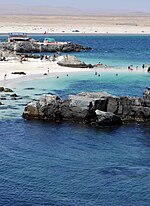
- -27.130196 -70.866976 3 Rocas Negras ( 3 km south from Bahía Inglesa along the beach ). A set of pitch black rocks in between sand of shells along the beach, where you can find many pecten shells of up to 10 cm in diameter. ( updated Apr 2018 )
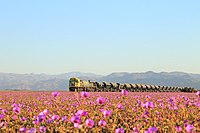
- -27.1559 -70.8848 9 Parque Paleontológico Los Dedos ( beyond Rocas Negras ), ☏ +56 976160891 . Tu-Su 11:00-19:00 . In the hot middle of nowhere about 1 km from the beach, an outdoor museum for fossils of penquins, sharks, crocodiles, whales and much more. ( updated Apr 2018 )
Do [ edit ]
Eat [ edit ], drink [ edit ], stay safe [ edit ].
Be aware that you can easily get up to more than 4,000 m (13,000 ft) of altitude on normal roads. Get accustomed to this by getting higher in reasonable steps. If you join one of those one-day excursions from Arica to Lauca National Park then you are very likely to suffer from altitude sickness which must be taken seriously.
In the mountainous areas, mobile phone coverage is usually limited to the vicinity of towns. If you set out on a track road other than one which connects towns or popular tourist attractions then it might be a good idea to take a satellite phone with you. Filling stations are rare so make sure you know your options.
Go next [ edit ]
- Articles without Wikipedia links (via Wikidata)
- Has custom banner
- Has mapframe
- Has map markers
- All destination articles
- Outline regions
- Outline articles
- Region articles
- Bottom-level regions
- Has Geo parameter
- Pages with maps
Navigation menu
Northern Chile

Want to Go?
- South America
Chile Travel Guide
- All Chile Trips
- Chile Weather
- Best Treks in South America
- Culture of Chile
- Trekking & Hiking in Chile
- Luxury Chile Tours & Cruises
- Antarctica Fly + Cruise
- Torres del Paine
- Punta Arenas
- Atacama Desert
- Chile Cruises
- Wine Tasting Trips in Chile
Favorite Chile All Trips
- Rapa Nui Private Adventure
- Classic W Trek
- High Deserts of Bolivia & Chile
- Patagonia Wildlife Safari
- Torres del Paine Multisport
- Antarctica Express Air Cruise
Top Chile Travel Destinations
- Ainsworth Bay
- Easter Island
- Lake District
- Magdalena Island
- Puerto Montt
- Puerto Natales
- Puerto Varas
Chile Trips by Departure Date
- 2024 Chile trips (84)
- 2025 Chile trips (70)
- 2026 Chile trips (44)
- April 2024 (56)
- October 2024 (58)
- November 2024 (62)
- December 2024 (65)
- January 2025 (60)
- February 2025 (57)
- March 2025 (59)
- April 2025 (41)
- March 2026 (41)
Top Experiences in Chile
- Chile Land Tours (48)
- Chile Cruises (27)
- Chile Active (25)
- Chile Wildlife & Safari Exploration (19)
- Chile Trekking (12)
- Chile Luxury (9)
- Chile Most Popular (8)
- Chile Cultural (8)
- Chile Solo Travel (6)
- Chile Family (6)
Chile Trips by Duration
- 5 day trips (25)
- 6 day trips (10)
- 7 day trips (6)
- 8 day trips (10)
- 9 day trips (10)
- 10 day trips (3)
- 12 day trips (3)
- 13 day trips (4)
- 15 day trips (4)
Chile Trips by Activity
- Chile wildlife viewing (49)
- Chile hiking (40)
- Chile small ship cruises (24)
- Chile kayaking (18)
- Chile horseback riding (17)
- Chile camping (14)
- Chile whale watching (11)
- Chile village visits (10)
- Chile adventure options (10)
- Chile wilderness lodge exploration (9)
- Chile wine tasting (8)
- Chile biking (8)
- Chile whitewater rafting (8)
- Chile fishing (6)
- Chile archaeological site visits (6)
- Chile spa relaxation (6)
- Chile urban exploration (5)
- Chile land & sea exploration (3)
- Chile local market visits (3)
- Chile fly cruises (3)
- Chile skiing (3)
Why Travel With Adventure Life
Recognized by.

Our local experts can design your trip based on your preferences

Warning - You are using an outdated browser. Please upgrade your browser to properly view this website.

- Destinations
- South america
- Northern chile
Northern Chile travel guide
The north is unofficially split into two regions: for convenience, the southernmost part is known as El Norte Chico (The Little North), and the northernmost part as El Norte Grande (The Great North). This terminology reflects the awe inspired by the extreme conditions and vast extension of the Atacama Desert, beside which the dry scrublands closer to Santiago seem a pale imitation. But both regions are characterized by expansive Pacific beaches and resort towns, and both bear the scars of Chile’s mining enterprises, with the skeletons of abandoned mining towns open to visitors. The two areas also contain petroglyphs and other archeological remains of ancient desert cultures.
El Norte Chico
Northern Chile’s extraordinarily clear night skies, which are so exceptional that the region has a number of major observatories, are on best display in El Norte Chico, where four of these observatories, along with several smaller ones, are located. Pisco, Chile’s piquant grape brandy, is produced in this region, which was also the birthplace of the Nobel Prize-winning poet Gabriela Mistral.
El Norte Grande
El Norte Grande is a geological wonderland of geysers, hot springs, salt lakes, strange desert formations, and snow-tipped volcanoes. The abundant remains of the Atacameño cultures, including mummies, textiles, and ancient structures, can also be seen here.

Places to visit in Northern Chile
Monumento arqueológico valle del encanto.
Five kilometers (3 miles) southeast of the city of Ovalle is the Monumento Arqueológico Valle del Encanto (Enchanted Valley National Monument), which is rich in archeological treasures. There is evidence of a hunter-gatherer civilization here dating back 4,000 years, though the bulk of the artifacts are from the Molle culture of around AD 700. This idyllic valley contains over 30 petroglyphs – designs carved into rocks – as well as 20 piedras tacitas , groups of circular indentations hollowed out of flat rocks in the riverbed. The number of petroglyphs that are visible depends on the angle of the sun and late afternoon is a good time to visit. The Museo del Limarí in Ovalle has an interesting collection of Diaguita pottery.
The city of La Serena – whose name means "the serene one" – was founded by Pedro de Valdivia in 1544 as part of his plan to secure the region for Spain. From the beginning of the colonial period, it became an important resting place for travelers making the long trek across the desert. Religious orders also built receiving houses for their missionaries, and the city still has 29 churches; the oldest of these have remarkable stone facades. The discovery of silver in 1825 led to an upsurge of prosperity and a construction boom, though most of the original buildings were superseded by an ersatz “Spanish colonial” style imposed in a 1940s urban renewal scheme. The Iglesia San Francisco, two blocks away on the corner of Balmaceda and Eduardo de la Barra, probably built between 1585 and 1627, was the only church to survive a fire a 1680 that razed much of the city. The Museo Arqueológico is an excellent insight into the region's history and has an impressive collection of Diaguitas artifacts.
San Pedro de Atacama
The oasis town of San Pedro de Atacama is a popular base for exploring the north’s most spectacular sights. A dry salt lake, the Salar de Atacama, stretches beyond the town to a distant row of snowcapped volcanoes – including Licancábur which, at 5,916 meters (19,410ft), is one of the highest extinct volcanoes in the Andean chain.
San Pedro is extremely popular with backpackers and, although fun, has become a little touristy and can get crowded. It has a restored adobe house on one side of the plaza that is universally called Pedro de Valdivia’s residence but is now thought to be pre-Hispanic in construction. Opposite is a 16th-century church, one of the oldest in Chile.
San Pedro’s Museo Arqueológico Gustavo Le Paige was founded by the former village priest after whom it is named and has an unusually wide array of pre-Columbian artifacts. However, the museum’s most famous exhibits – its collection of ancient mummies of both children and adults, preserved in the dry desert air, with their deliberately deformed skulls – were withdrawn in 2007 at the request of local indigenous communities who protested about this display of their dead ancestors.
Valle de la Luna and El Tatio geysers
The famous Valle de la Luna is about 8km (5 miles) from San Pedro de Atacama. As the name suggests, this is a haunting landscape of colored gypsum, clay, and salt, without a hint of organic life to be found. The valley is at its eeriest at sunset, while under a full moon the beams reflecting off the salt crystals of the region make it a truly spectacular sight.
But perhaps the most interesting excursion from San Pedro is the one that leaves at 4am to visit the daily show of at least 100 geysers at El Tatio, which burst forth just before sunrise every morning. As they exit the frozen earth with strange gurgling subterranean sounds, they thrust their columns of steam high into the air. Some are wide, boiling pools, while others resemble mini-volcanoes with cones of bright yellow mineral deposits. Be very careful not to step too close to the edge of the pools; there have been some fatal accidents. The display dies down at about 10am until the next morning. The visitor can bathe in a huge pool of tolerably hot thermal waters before returning.
Parque Nacional Lauca
From Arica, passing the ancient geoglyphs near San Miguel de Azapa, and taking the inland road toward Lago Chungará, you pass through pre-Hispanic and colonial villages with baroque churches and pukarás , or stone forts, used by native tribes from unrecorded times to defend themselves from invaders. As you ascend 4,500 meters (14,800ft) into Parque Nacional Lauca, the mighty 6,000 meter (19,700ft) -high volcanoes Parinacota and Pomerape – sacred gods to the inhabitants of the high Andean plain – dominate the landscape. During most of the year, only a handful of people live in the town of Parinacota but it fills up for colorful religious festivals such as the Fiesta de la Virgen de Candelaria in early February and the Fiesta de las Cruces in May. Outside the whitewashed church, Aymara women in their brightly colored shawls and bowler hats sell local craftwork.
On Lago Chungará, declared a Biosphere World Reserve by Unesco, wildlife teems. The large flightless tagua-tagua make their nests on floating reed islands; the chinchilla-like vizcachas with their hopping scamper could be mistaken for fleeing gray hares; the sand-colored vicuñas often tag behind llama herds; the black-and-white piquén (Andean geese) will show themselves far from their nesting offspring as decoys; but perhaps most famous are the pink flamingos which dwell in the lake’s shallows. Covering the rocks at this altitude like a green carpet is the pungent native lichen llareta, which grows a centimeter a year and has been used almost to extinction for fuel farther south. Chile's Forestry Service (CONAF) has an office just before the lake.
Andean geese also nest on the Lagunas Cotacotani, a string of little lakes 8km (5 miles) east of Parinacota. The bleak moon-like landscape here was formed by successive volcanic eruptions.
Average customers rating

{{_ "pagesAdmin.destinations.overviewCulturalFeaturesIn"}} {{currentName}}
{{_ "pagesAdmin.destinations.overviewViewAllFeatures"}} {{currentName}}
{{_ "pagesAdmin.destinations.overviewHistoricalHighlights"}} {{currentName}}
{{_ "pagesAdmin.destinations.overviewViewAllHighlights"}} {{currentName}}
Read more from the travel guide to Chile
- Top attractions
- Historical highlights
- Cultural features
- Plan your trip
- Top restaurants
- Useful phrases


Nothern Chile
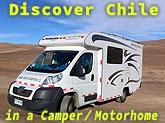
Chile info:
Short description:
Northern Chile is a land of extreme contrast, where two uniquely Andean environments, the Altiplano and the Atacama Desert, combine with unpredictable and overwhelmingly beautiful results.
The vast and colorful Atacama Desert is said to be the driest desert in the world. In some parts of this desert, no precipitation has ever been recorded.
The Altiplano, on the other hand, receives tropical rains in January and February. Altitude, rather than aridity, is the limiting factor governing life on this airy plateau: only the hardiest and most highly specialized flora and fauna can survive the vagaries of life above 12,000 ft.
From north to south, some of the principal destination cities in northern Chile are: Arica , La Serena , Copiapo , Rio Huertado / Pisco Elqui , Antafogasta , Caldera , Calama and San Pedro de Atacama. Of these, all but Calama and san Pedro are coastal cities, with fine beaches, where clouds - let alone rain - are never an issue. Accommodations, transportation, and other tourist services are on a par with the capital, and each city provides access to a distinct portion of the desert, sierra foothills, or Altiplano.
- Package Tours
Arica | La Serena | Copiapo | Rio Huertado / Pisco Elqui | Antafogasta | Caldera San Pedro de Atacama | Calama
Arica Arica is a great place to begin your adventure in the northern part of Chile. You can enjoy the warm Pacific beaches, tour around the city and see the hieroglyphs, followed later by a tour to the Altiplano to experience wild life in the driest desert of the world. The Atacama Desert has no sign of life on the one hand but on the other hand the beautiful green valleys that cut through the desert are full of life. From Arica you can make your connection to the neighboring countries of Peru and Bolivia, South America.( top )
Antofagasta Antofagasta is a coastal city in the north of Chile where beautiful rock formations nearby some of its beaches are a main tourist attraction. The worlds largest telescope is being built on mount Paranal, 200 km South of Antofagasta. This is an area with the clearest skies of the world, where only 20 days out of the year a cloud can be seen in the sky.( Top )
Caldera The town of Caldera is situated in the Atacama region of Chile, a region renowned for its spectacular landscapes and unique flora and fauna. Its location at the foot of the Andes mountains in the driest desert in the world makes it a destination of choice for those seeking adventure and exploration. Caldera is a beautiful town with a population of over 12,000 people, and its rich history is evident in its architecture and culture. The town has a unique atmosphere, with its mix of Spanish colonial, indigenous and modern influences.
The town has a range of activities available for tourists, from birdwatching and trekking to visiting local markets and cultural events. With its stunning scenery and friendly locals, Caldera is a must-visit destination for anyone interested in exploring the Atacama region.
Copiapó Nice beaches, most of them unexploited, surround the area of Copiapo. A perfect place to visit the flowering desert. A phenomenon that occurs only some years, and is one of mother natures most wonderful spectacles.( Top )
La Serena (Beaches, rent a car) If you want a nice rest on a perfect beach, this is the place to go. The well named Pacific (meaning peaceful) Ocean waters are warm and ready to receive tourists from all over the world. Close to La Serena, there are beautiful valleys where some of the worlds most famous Chilean grapes are grown.( Top )
San Pedro de Atacama This oasis is located at the northern end of the Salar de Atacama (salt flat), and was an important center for the Atacamenian or Kunza culture. In the middle of the XV century, it was conquered by the Inca Empire and later became a stopover for the Hispanic expeditions on their way south. Among the attractions in this town are an interesting archaeological museum and colonial church. In the surrounding area, you will find the pre-Hispanic village of Tulor, Quitor Pukará and the Inca ruins of Catarpe. The main natural attractions are the Valle de la Luna (moon valley), the Tatio Geysers and the Salar de Atacama (salt flat) itself. ( Top )
Rio Hurtado/Pisco Elqui (horseback, trekking, hacienda living, bed and breakfast) Experience Adventure in the desert and its valleys on horse or on foot. One of North Chile's greatest hideouts. Activities in the area are horseback riding, trekking, enjoying the beauty of the desert and its valleys and staying in an old reconstructed hacienda.( Top )
Package tours to Northern Chile
The atacama desert eka 027 07 days / 06 nights.
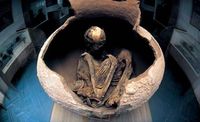
Rent a Car in Northern Chile

Day trips that take place in the Northern reagion
Fully organized short/day trips:.
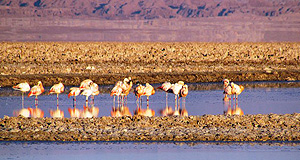
Trekking/hiking in the Atacama desert and San Pedro de Atacama area
Aguas Calientes, Salt Flats, Tuyayito Lagoon and buffet lunch.
·Pickup/Dropoff: Your hotel In San Pedro. ·Type: Half day ·Duration: 2,5 hours ·Nights of acclimatization needed: 0 ·Distance: 5 kms / 3 miles ·Max. altitude: 3,500 meters / 11.200 feet
Panoramic views of the volcanoes, wind eroded rocks, El Tatio Geothermal Fields, geysers, picnic lunch
Panoramic views of the oasis, Atacama Salt Flat, Valle de la Muerte Dunes
Cordillera de la Sal, panoramic views, volcanoes
Vilama River, local flora, waterfalls, birdwatching, panoramic views
Ancient cacti gardens, Puritama Hot Springs
Valle de la Luna, Cordillera de la Sal landscapes, panoramic views
Kari Ravine Canyon, salt walls
Salt flats, salar de Aguas Calientes, panoramic views, picnic lunch
Machuca, riverbed hike, picnic lunch
Orchards of Toconao, laguna Chaxa, Salar de Atacama, bird watching, sunset
Aguas Calientes Salt Flat, Tuyayito Lagoon, buffet lunch
Licancabur Volcano, Cerro Toco, Quipiaco Lagoon, salt flats, panoramic views, picnic lunch
Yerbas Buenas petroglyphs, colored rock walls
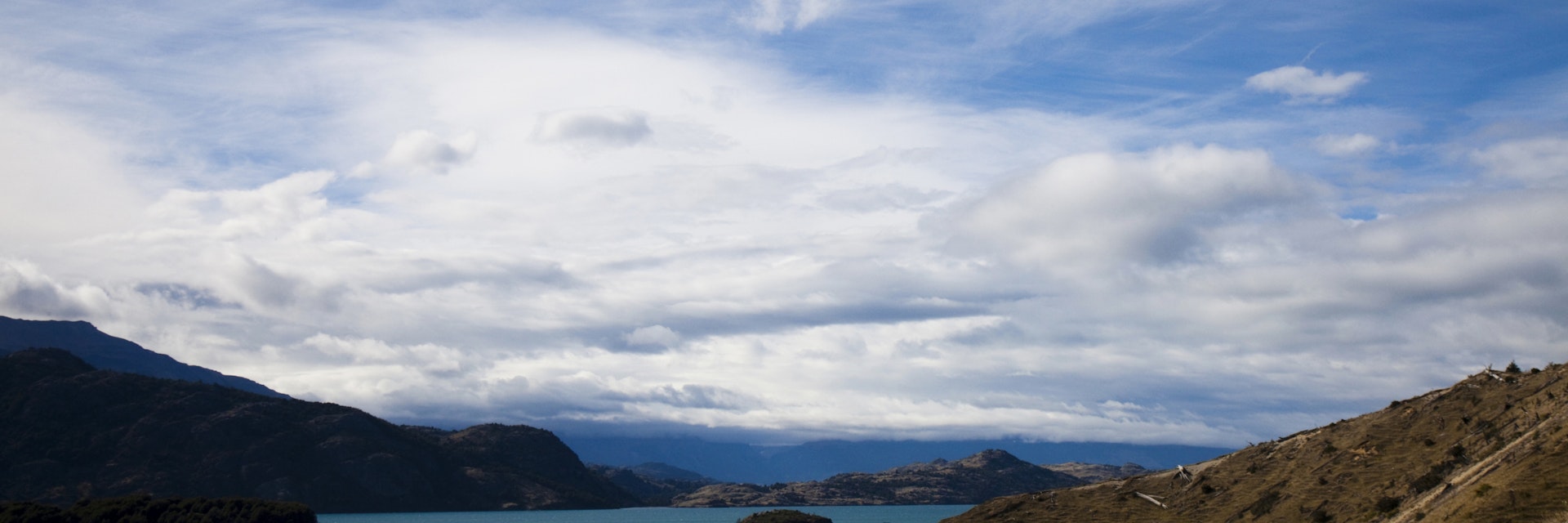
Getty Images/Aurora Creative
Northern Patagonia
For a century, Northern Patagonia has been the most rugged and remote part of continental Chile, the place where scant pioneers quietly set forth a Wild West existence. While life here may still be tough for its residents, Northern Patagonia doesn't lack for scenery. Exuberant rainforest, scrubby steppe and unclimbed peaks crowd the horizon, but the essence of this place is water, from the clear cascading rivers to the turquoise lakes, massive glaciers and labyrinthine fjords.
Leave the planning to a local expert
Experience the real Northern Patagonia. Let a local expert handle the planning for you.
Attractions
Must-see attractions.

Parque Nacional Patagonia
Dubbed as the Serengeti of the Southern Cone, the 690-sq-km Parque Nacional Patagonia features Patagonian steppe, forests, mountains, lakes and lagoons…

La Confluencia
Don't miss this dramatic viewpoint, where Chile's most powerful river, the Baker, froths into a broad, behemoth cascade before merging with the milkier,…
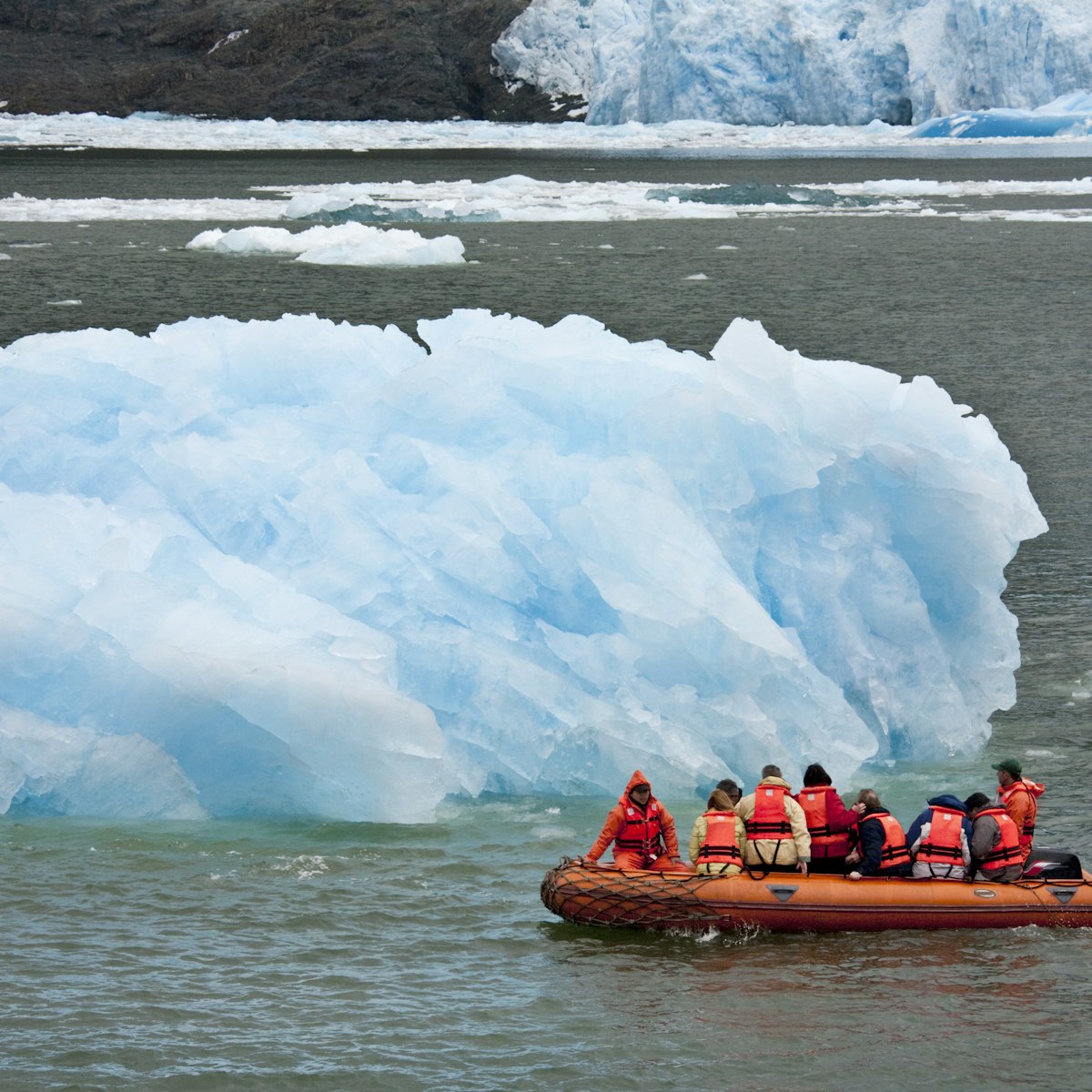
Parque Nacional Laguna San Rafael
Awesome and remote, this national park brings visitors face to face with the 30,000-year-old San Valentín glacier in Chile's Campo de Hielo Norte…

Parque Nacional Pumalín
Verdant and pristine, this 2889-sq-km park encompasses vast extensions of temperate rainforest, clear rivers and seascapes. A remarkable forest…
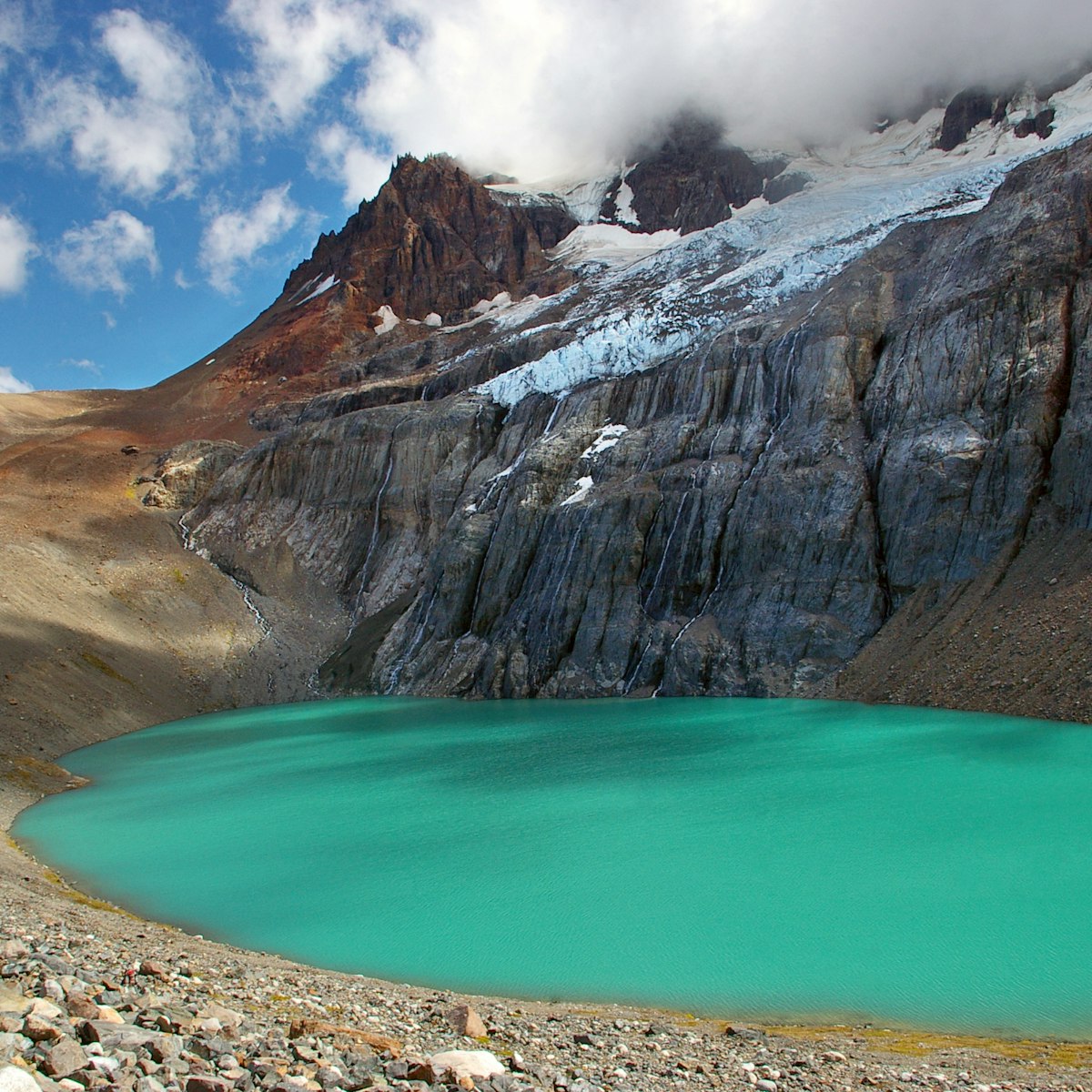
Parque Nacional Cerro Castillo
Cerro Castillo's basalt spires are the crowning centerpiece of Parque Nacional Cerro Castillo, a sprawling 1800-sq-km park located 75km south of Coyhaique…

Parque Nacional Queulat
The 1540-sq-km Parque Nacional Queulat is a wild realm of rivers winding through forests thick with ferns and southern beech. When the sun is out it’s…

Reserva Nacional Tamango
Boasting Chile’s largest population of endangered huemul deer, Reserva Nacional Tamango protects a 70-sq-km transition zone to the Patagonian steppe…

Capilla de Mármol
Well worth the detour, these sculpted geological formations are accessible by boat on Lago General Carrera. Trips in small motorized boats or kayaks only…
Plan with a local
Experience the real Patagonia
Let a local expert craft your dream trip.
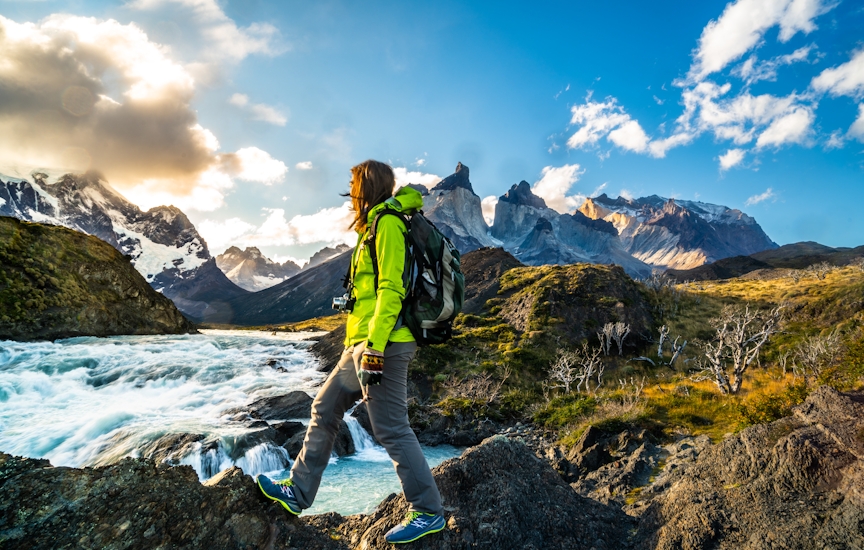
Latest stories from Northern Patagonia
Filter by interest:
- All Interests
- Adventure Travel
- Art & Culture
- Beaches, Coasts & Islands
- Food & Drink

Wildlife & Nature
Oct 26, 2018 • 5 min read
There are few places left in the world as wild and unruffled by the hands of man as Patagonia. The little-visited northern half of Chilean Patagonia is a…
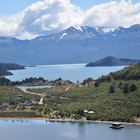
Sep 30, 2016 • 5 min read
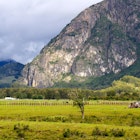
Mar 15, 2016 • 4 min read
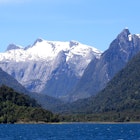
Feb 16, 2016 • 5 min read
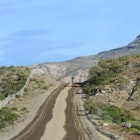
Feb 4, 2016 • 5 min read
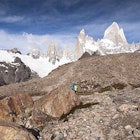
Oct 14, 2014 • 6 min read
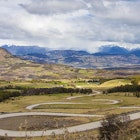
Apr 8, 2014 • 6 min read
Purchase our award-winning guidebooks
Get to the heart of Northern Patagonia with one of our in-depth, award-winning guidebooks, covering maps, itineraries, and expert guidance.
Northern Patagonia and beyond
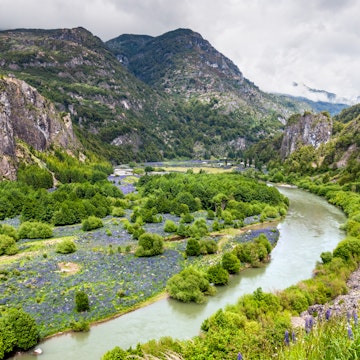

JessOBSESSED
Travel · July 1, 2020
Home » Blog » Travel » Atacama Desert Travel Guide and Tips For Visiting Northern Chile
Atacama Desert Travel Guide and Tips For Visiting Northern Chile
When planning a trip to Chile, you may be asking yourself if it’s worth it to visit the Atacama Desert in northern Chile and the answer is a resounding YES . This Atacama Desert travel guide will tell you everything you need to know!
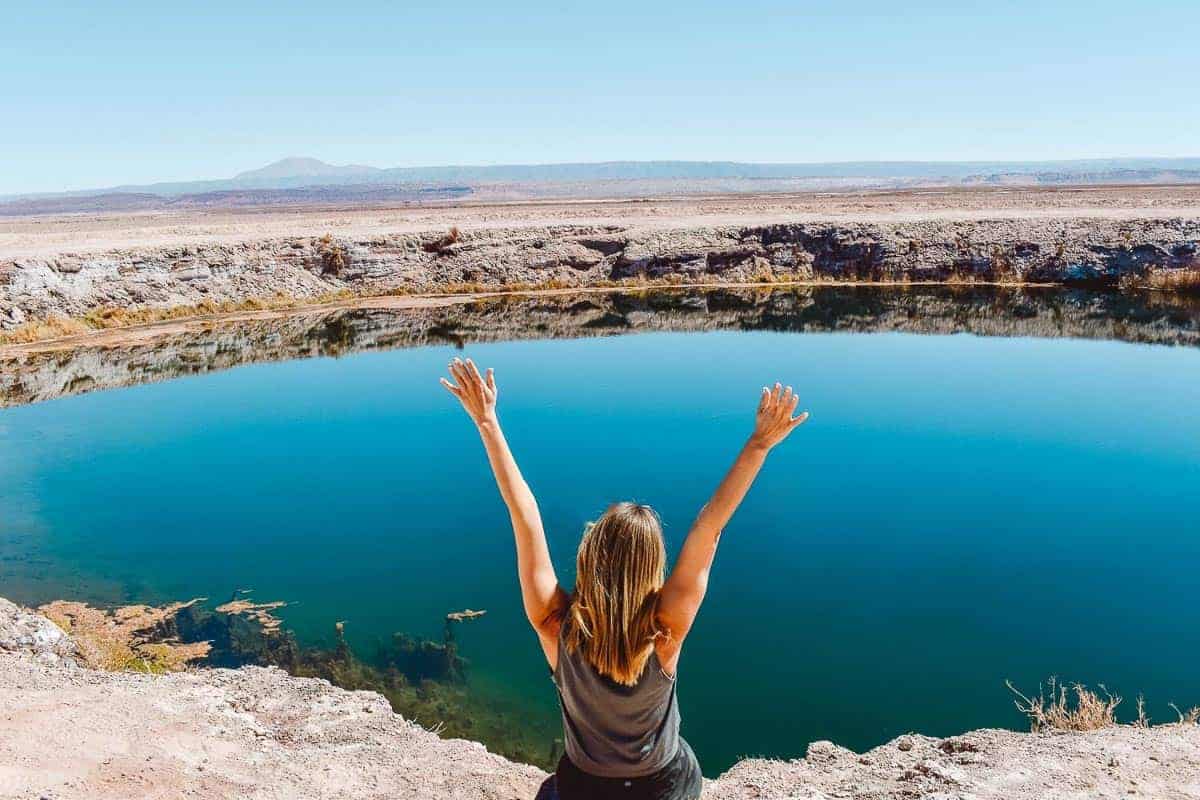
San Pedro de Atacama and the surrounding Atacama Desert is one of the top places to visit in Chile, and for good reason. Atacama is astonishingly beautiful, with landscapes that range from golden sand dunes to rocky Mars-like terrain, bright white salt flats and lake craters as reflective as a mirror.
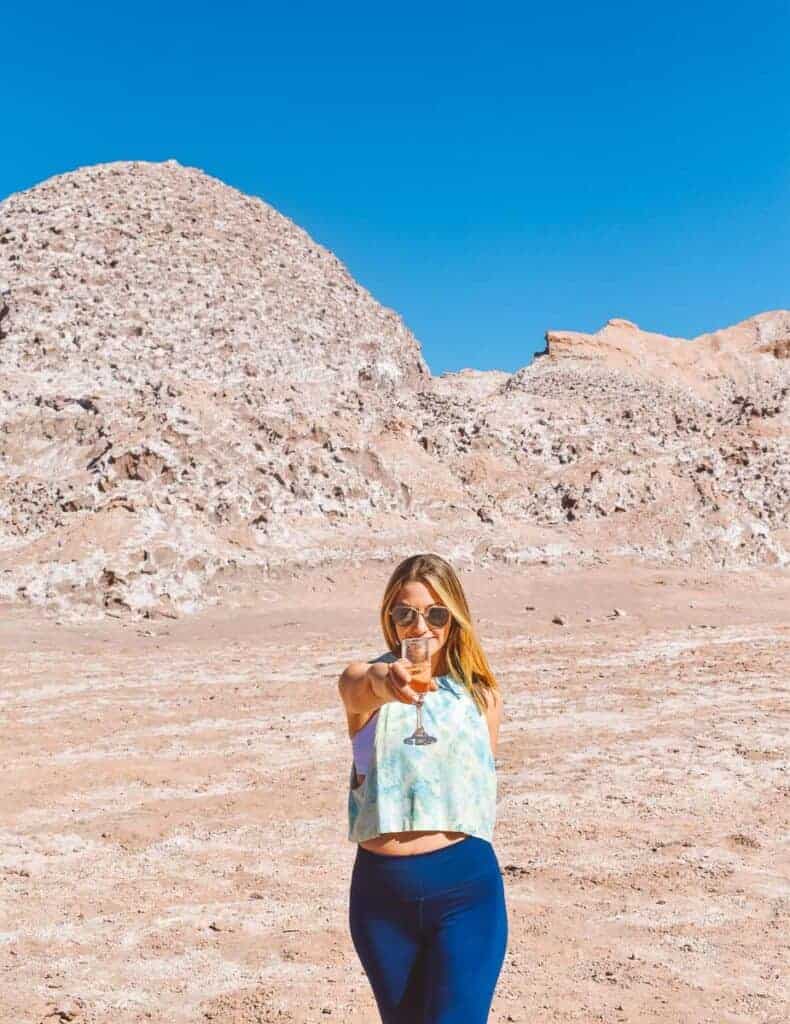
While Santiago, Valparaiso and maybe even Patagonia are the most popular destination in Chile, you would not be experiencing the full breadth of what Chile has to offer without visiting San Pedro de Atacama and the surrounding Atacama desert. Luckily for you, this Atacama desert travel guide will tell you everything you need to know.
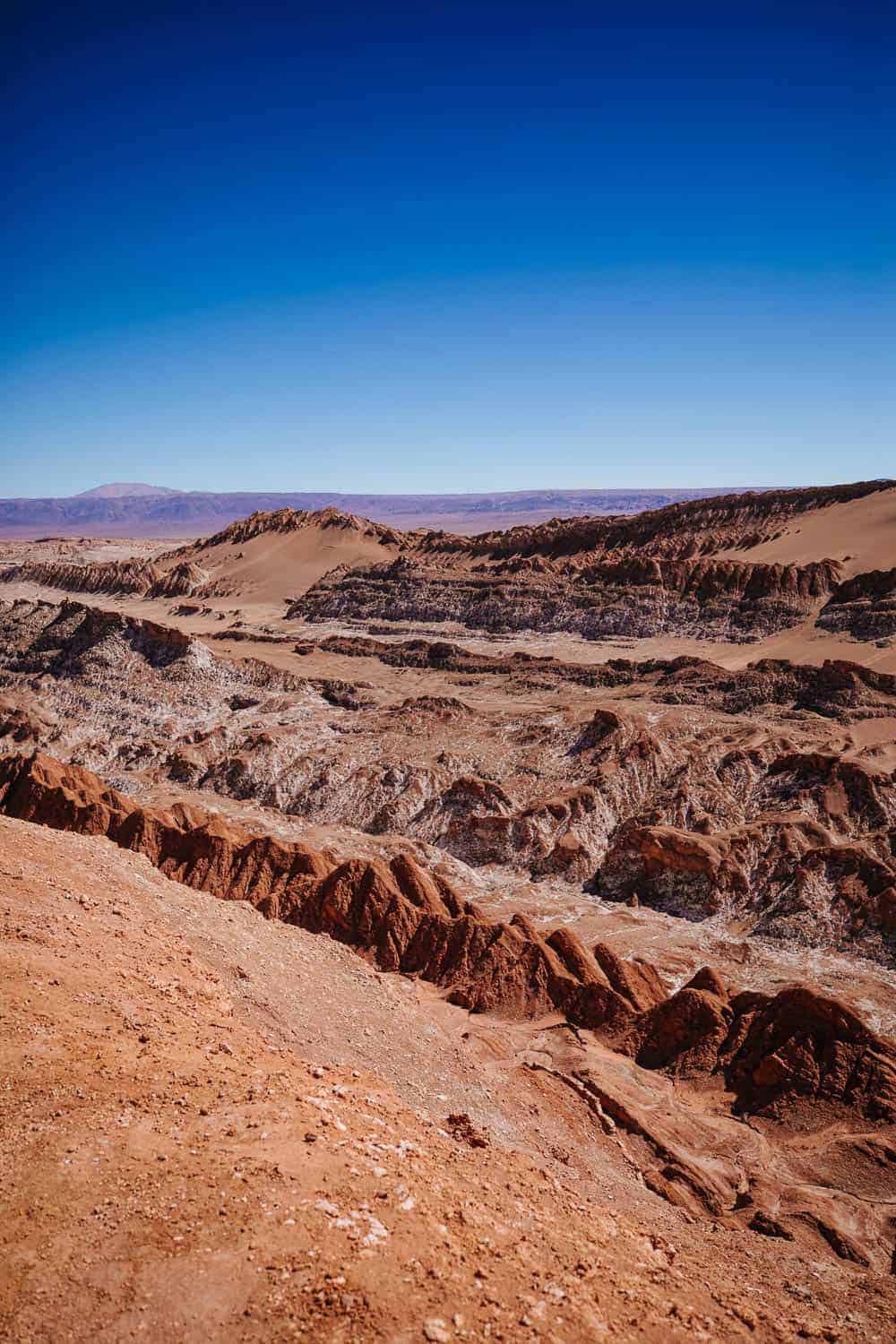
(Disclosure: This post may contain affiliate links which means I may earn a small commission if you make a purchase from a link in this post, at no additional cost to you. Additionally, as an Amazon Associate I earn from qualifying purchases. Thank you for supporting this site!)
(Additional Disclosure: I was visiting Chile as part of a work trip, so all expenses were covered by my former employer which is unrelated to this blog. This post is not sponsored in any way and all opinions are my own)
The intense beauty of the Atacama desert can honestly be overwhelming. There is so much to see in Atacama, and it has something for every type of traveler. Atacama luxury travelers will find several 5-star hotel options and can spend their days soaking in hot springs and their nights sipping fantastic Chilean wine while stargazing (Atacama boasts some of the clearest night skies in the world). Atacama Desert adventure travelers can mountain climb, hike, and horseback ride to their heart’s content.
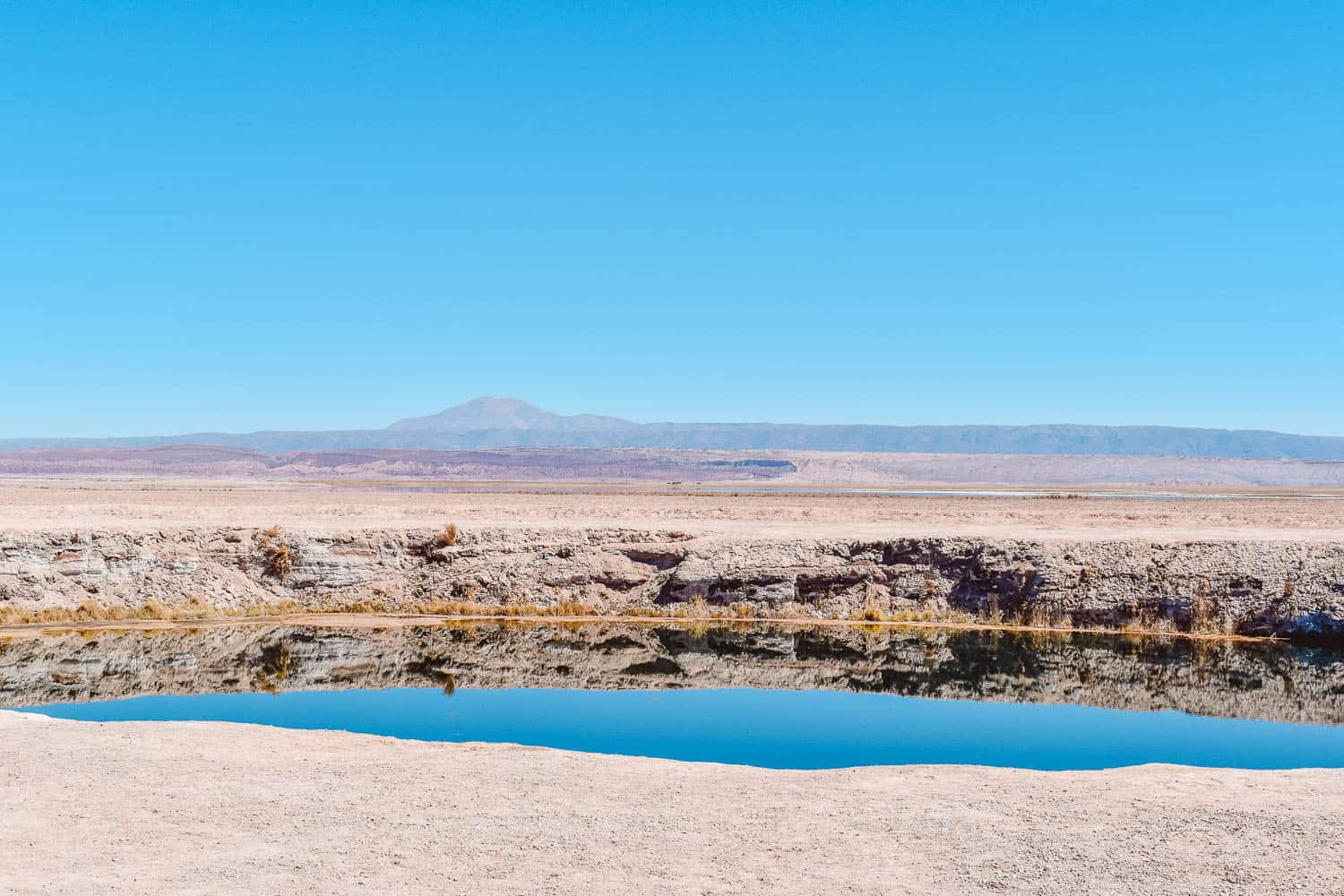
I was lucky enough to be able to visit the Atacama Desert for 4 days / 5 nights and I already can’t wait to go back! Keep reading my Atacama desert travel guide for everything you need to know to plan an epic trip to one of the best places to visit in Chile: San Pedro de Atacama.
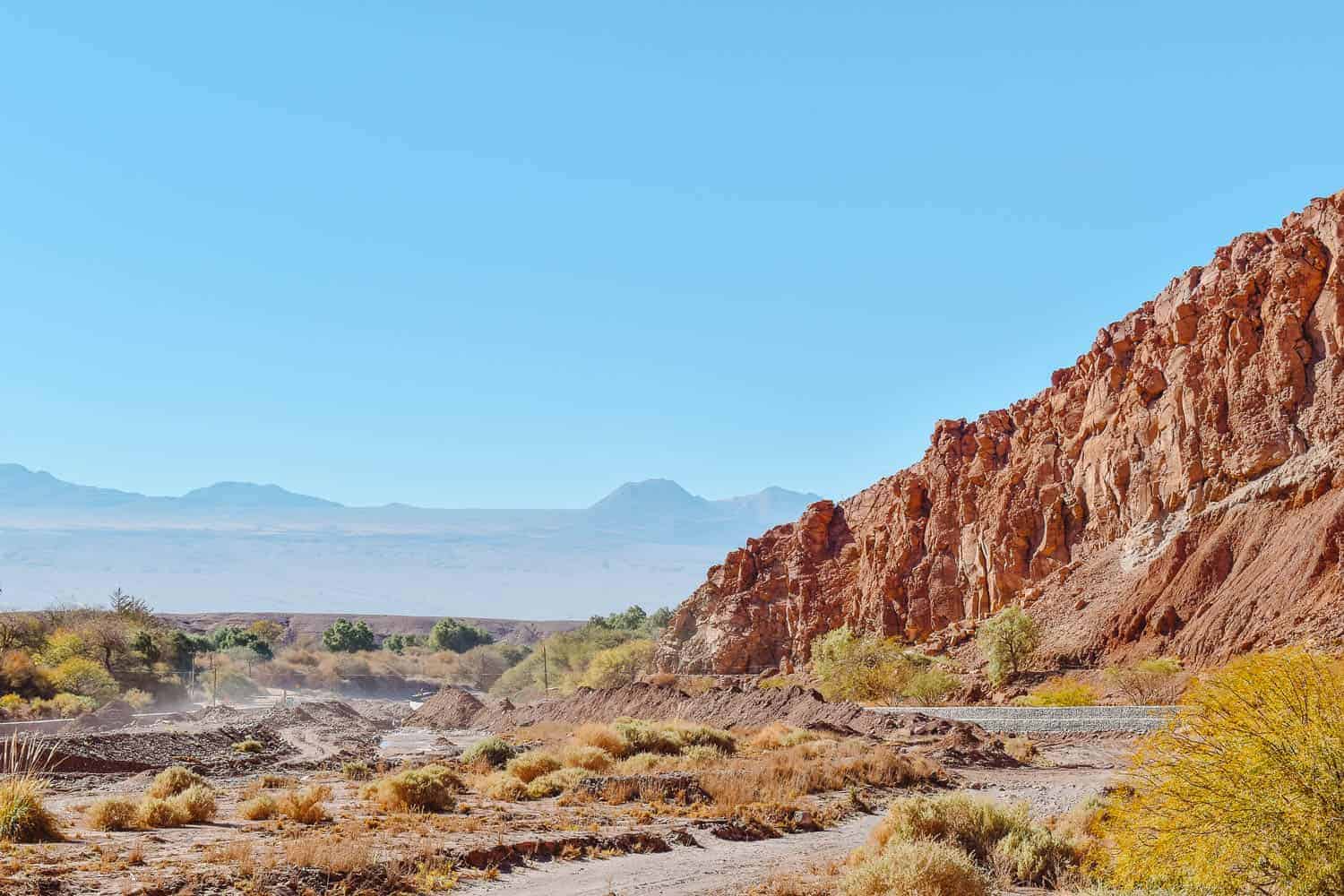
Atacama Desert Location, Climate And Weather
Where is the atacama desert located.
The Atacama Desert is a strip of land in northern Chile, just west of the Andes mountains (which makes for some stunning views) on the Pacific coast. Atacama is bordered by Peru to the north and Bolivia to the east and has often been compared to Mars due to its rocky, arid landscape. I can tell you from first-hand experience it will absolutely feel like you’ve arrived on Mars. This desert is remote, and the isolation, peace and quiet is a big part of what makes it an amazing place to visit.
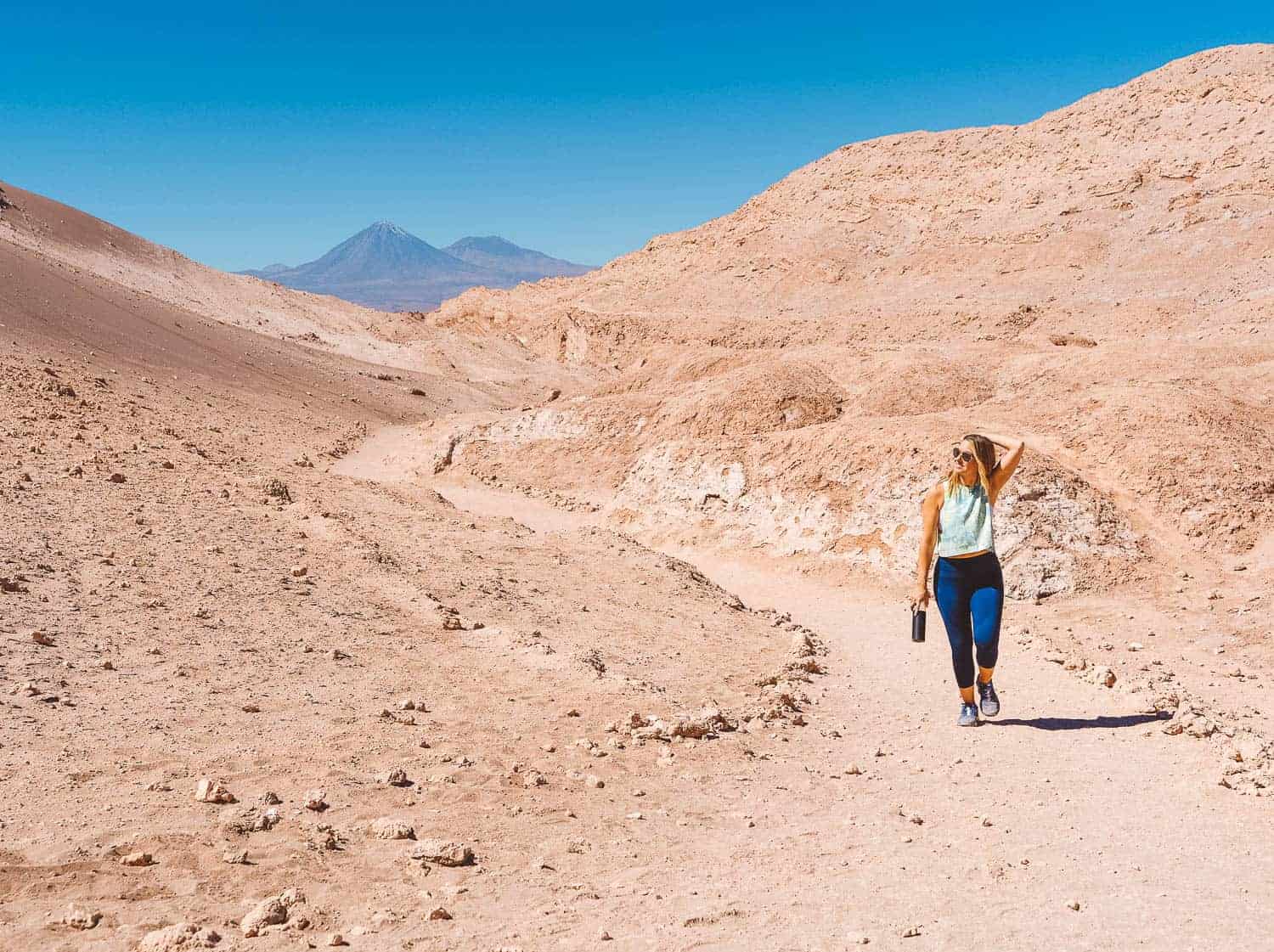
Atacama Desert Weather
The Atacama desert is one of the driest places on Earth, receiving only about 15 mm (0.6 inches) of rainfall a year. Atacama sees around 300 days of sunshine and clear skies per year. Atacama’s location in the southern hemisphere means that the seasons are opposite that of the USA/Canada and Europe. Summer runs from November – April and winter is June through August.
The weather is fairly typical for the desert, with hot, sunny days and cold nights. The average temperature during the day is around 70-75 degrees Fahrenheit and in the evenings can drop to 40-50 degrees Fahrenheit. When I visited in August, I found the mornings to be cool but pleasant, the days hot and the nights cold. Bring layers!
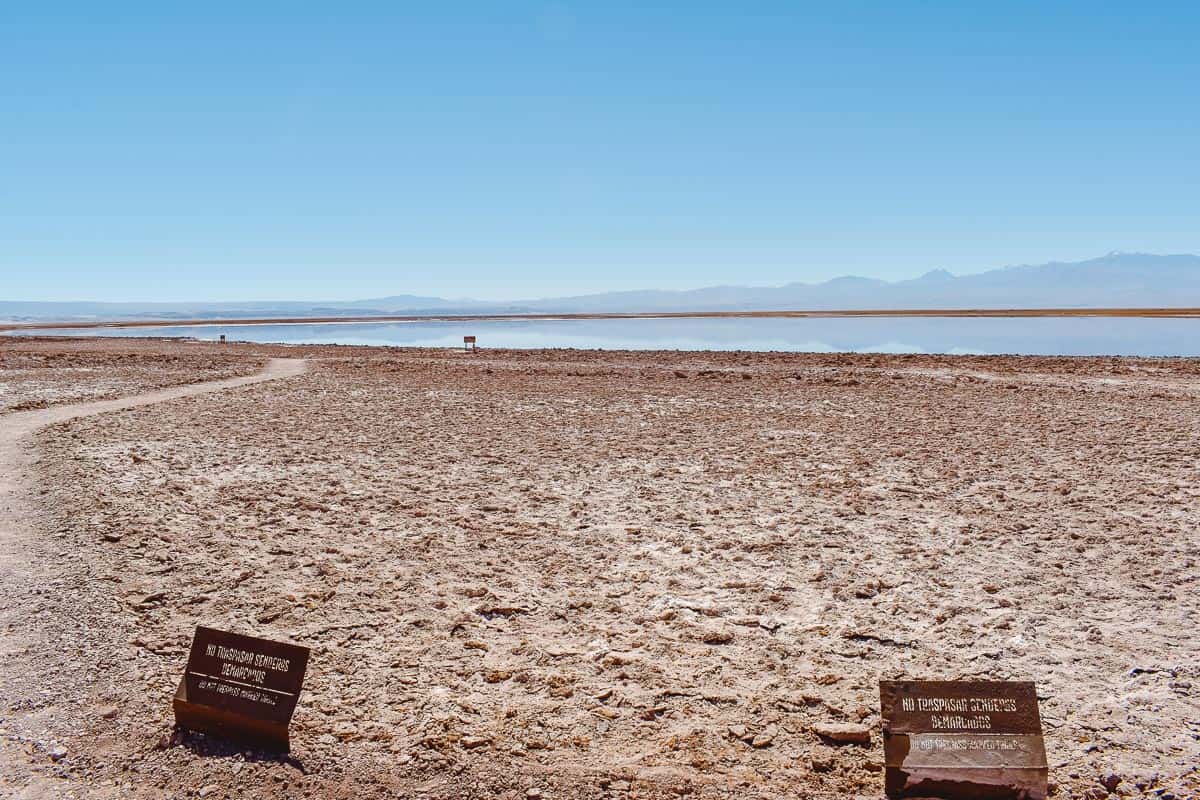
Atacama Desert Altitude
San Pedro de Atacama sits at a height of 7900 feet (200 meters) above sea level, which can cause mild altitude reactions in some people. This should resolve within a day or two as you adjust to the altitude. The best advice is to drink tons of water and do not drink alcohol on the plane while getting to Atacama! I know a glass of wine is tempting on a long flight, but it will dehydrate you even further and can make any altitude sensitivity worse until you adjust. You may also experience another common side effect of high altitude, which is shortness of breath. It’s nothing to be concerned about, but you may find yourself getting winded more easily.

How To Get To San Pedro De Atacama
Santiago to san pedro de atacama.
Getting to San Pedro de Atacama is challenging, but worth it. Because of the remote location, there aren’t that many options to get to San Pedro de Atacama, and flying is your best bet. If you are arriving from an international location, chances are you will connect through Santiago. Getting from Santiago to San Pedro de Atacama will require a connecting flight to Calama, although you could rent a car and drive the 17+ plus hours for a pretty epic road trip.
The Santiago airport is large and confusing, so make sure you leave yourself plenty of time in between flights. Once in Santiago, it’s a 2-hour flight to Calama on LATAM or another regional airline.
Note for solo female travelers to San Pedro de Atacama: It’s worth mentioning here that Calama is a mining town and therefore these flights tend to be filled with men who work in the mining industry. A female companion on my trip made this connection and she was the only woman on her flight. She said she felt perfectly fine but it was definitely something she noticed.
Getting From Calama to San Pedro de Atacama
Once you arrive in Calama, it’s about an hour’s drive to the main city of San Pedro de Atacama, and then possibly another half hour or so depending on where in Atacama your hotel is located. Almost every hotel (I can’t speak for hostels) offers airport transfers from Calama.
Getting to Atacama for the Luxury Traveler
Another option, which might make sense for groups or luxury travelers, is to charter a private flight from Santiago. Private flights can land at an airstrip in San Pedro de Atacama. I was very lucky to be traveling for work and so we took advantage of this option. We used Aerocardal and it was a fantastic experience. They will meet you right as you exit the plane on the jet bridge, handle customs and retrieve your bags, then whisk you off to a private lounge while you wait for your private flight. I was very nervous as I am not a great flier, but I felt totally safe and confident in Aerocardal (believe me, I spent way too long researching their credentials, certifications and history). When choosing this option, you’ll land on an airstrip in San Pedro – no airport, literally just an airstrip – and your hotel can meet you for your transfer.

Atacama Desert Travel Guide Facts
Things to know before you visit san pedro de atacama.
Electricity: Electricity in Chile runs on 220V/50HZ and the plugs are European-style two pin outlets. You’ll need an adapter and volt converter if coming from the US.
Currency: Chile uses the peso and while many stores in San Pedro de Atacama accept credit cards, some do not so it’s best to have some local currency on hand, especially for tips.
Language: The national language is Spanish, but most people in San Pedro de Atacama speak English
Animals: There are many wild dogs that live and roam in the town of San Pedro de Atacama, although they are not dangerous. The dogs were more like community pets – happy to sit and bask in the sun, play and receive a belly rub from a friendly tourist. However, if you are afraid of or allergic to dogs, this is worth noting.
What to pack to visit the Atacama Desert: You’ll need lots of layers and good hiking shoes when visiting San Pedro de Atacama. For a complete packing list, read my What To Pack For The Atacama Desert guide.
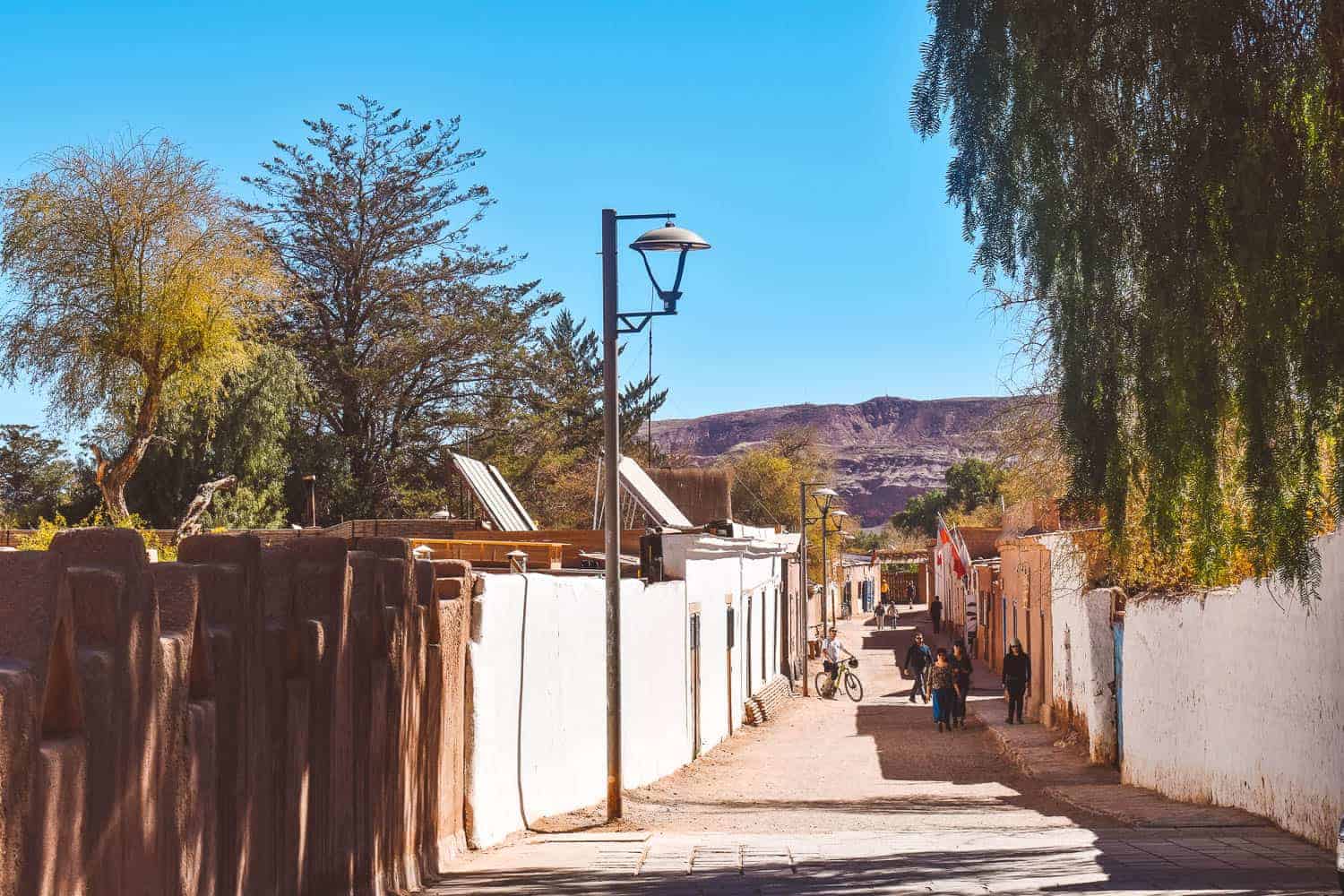
Unique Facts About the Atacama Desert
- The Atacama Desert is one of the driest place on Earth. It’s also the only desert to receive less precipitation than the polar deserts.
- The landscape of the Atacama Desert is so similar to Mars that NASA tests its equipment for Mars missions here
- Atacama is one of the best places in the world for stargazing and astronomy, thanks to the lack of pollution or clouds and its high altitude.
- Atacama is home to the ALMA telescope, the largest telescope in the world.
- The oldest mummies in the world were found in Atacama, known as the Chinchorro mummies. These mummies pre-date the Egyptian mummies by about 2000 years.
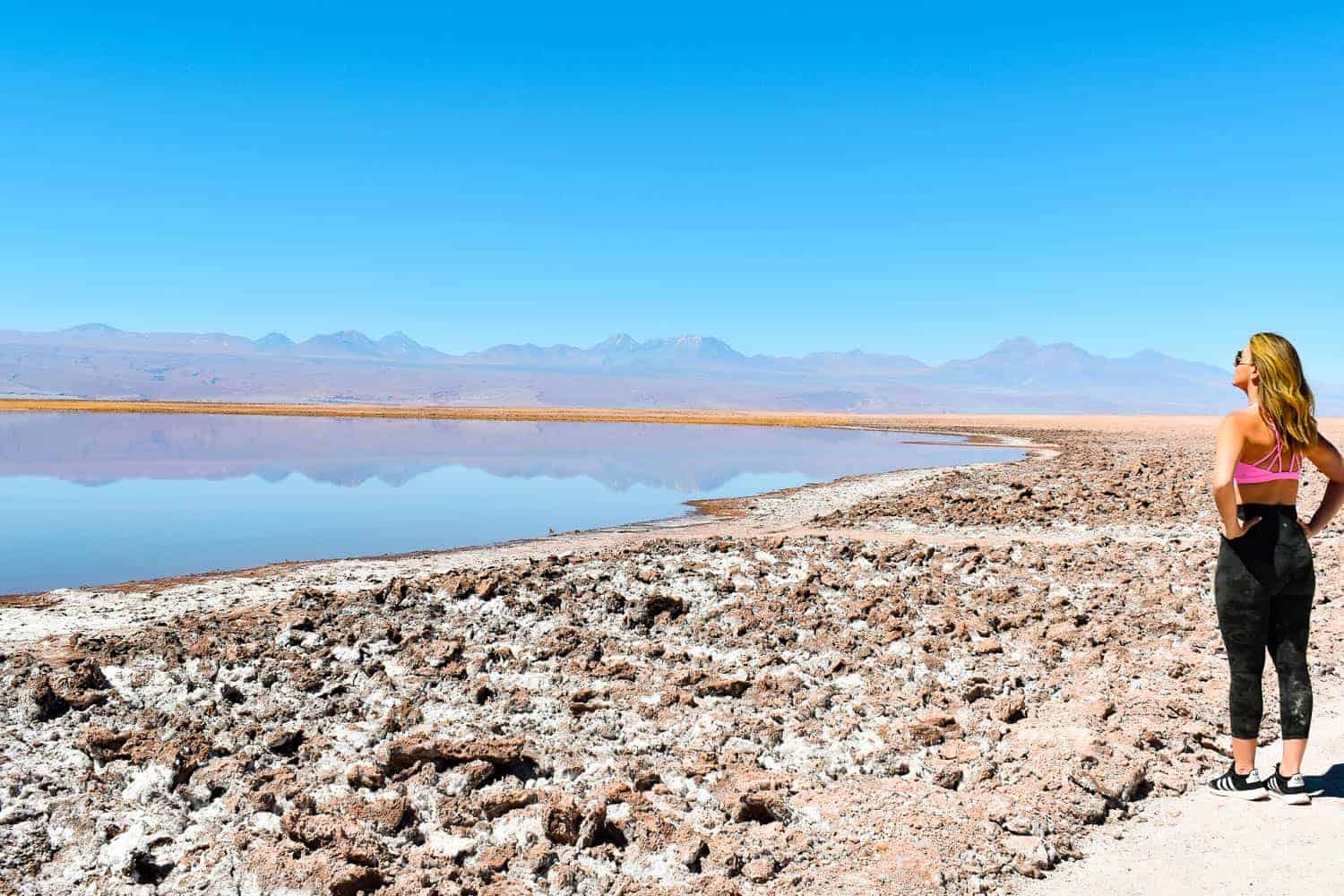
Best Hotels In The Atacama Desert
There are many hostels and budget accommodations in San Pedro de Atacama that all have great reviews online. This Atacama desert travel guide focuses on luxury accommodations, particularly all-inclusive hotels, because many of Atacama’s best hotels include meals and organized excursions which in my opinion make for the best deal, least amount of stress and highest rank in terms of safety and enjoyment. These are the hotels I researched for my trip, ultimately staying at the Alto Atacama.

Tierra Atacama : Tierra tops all the “best places to stay in the Atacama Desert” lists and with good reason. Tierra operates several hotels throughout Chile and Argentina. The hotel chain has a reputation as being the best luxury adventure travel hotel chain in South America. The Tierra Atacama experience includes food and beverage as well as two half-day or one full day excursion per day. A guide sits with you upon arrival to review the excursions available and craft an itinerary unique to your interests. There is also an insane indoor pool with a full wall of windows on three sides. You can swim and enjoy views of the Andes year-round.
Explora Atacama : Explora Atacama is very similar to Tierra, in that it is all-inclusive for food, beverage and excursions and is surrounded by insanely beautiful landscape. My impression is that Tierra is slightly more upscale/luxurious but Explora has a more interesting variety of excursions. Explora owns the famous Puritama hot springs and seems like their guests may get priority as the number of visitors is limited, so between these two hotels it will probably come down to your budget and priorities, but you can’t really go wrong.
Alto Atacama : I stayed at the Alto Atacama and can personally vouch for how incredible it is. We decided to go with this hotel because it felt more intimate and they were able to accommodate some very specific personalizations that we needed when visiting. Everything about this hotel was amazing, from its location surrounded by orange-gold mountains to its seven pools to the food and the service. Alto Atacama is also all-inclusive for food, beverage and excursions. Read my full review of the Alto Atacama hotel .
Awasi Atacama : If you’re looking for a particularly intimate stay in Atacama, Awasi is a 12-suite Relais & Chateaux property that would be perfect. Awasi assigns each room a private guide and 4×4 vehicle, for the ultimate luxury desert experience. Awasi is also located closer to the main town of San Pedro de Atacama than the above three hotels, so you’ll have an easier time with dining options if you want to get out of the hotel for dinner.
Top Things To Do If You Visit Chile’s Atacama Desert
There is so much to do in the Atacama Desert that I feel like I barely scratched the surface when I visited! If you love nature, the outdoors, hiking, gorgeous scenery, stargazing, peace and quiet or any combination of the above you will find plenty of things to do in San Pedro de Atacama. The best way to see everything Atacama has to offer is through guided tours – there are plenty of private or group options through tons of tourism agencies based in San Pedro de Atacama, or if you stay at a hotel I recommend above, they will include a selection of excursions for you to choose from and organize all the details for you.
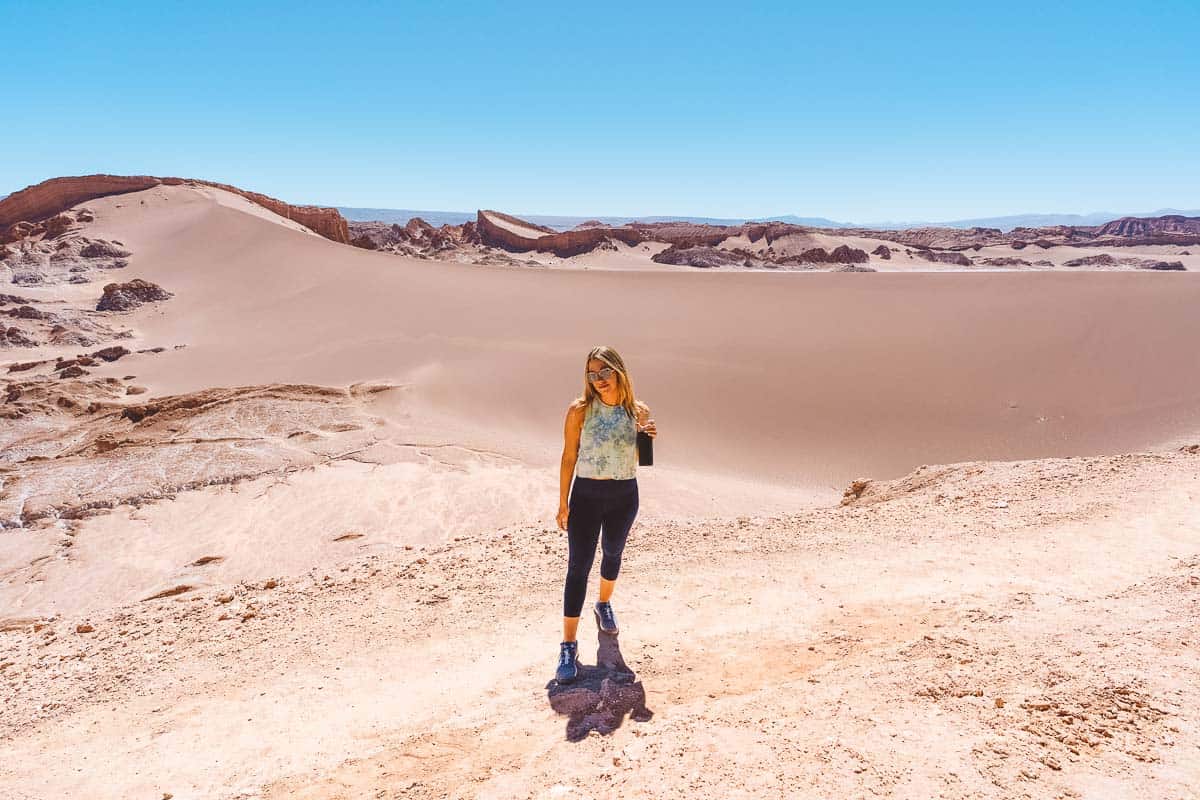
Moon and Mars Valley
The Valley of the Moon is one of the most dramatic landscapes in Atacama, a surreal expanse of stone and sand formations. The range of colors and textures is astonishing, from golden dusty sand dunes to fiery orange and red rock to layers of white-as-snow salt. Valle de la Luna (as it is called in Chile) is located in a nature reserve, Reserva Nacional Los Flamencos . It takes about 2 hours to hike the area, including stops for pictures. It’s an easy-to-moderate hike that’s a great first day activity in Atacama as the altitude is not too high. A great place to end your Moon Valley hike is by the abandoned bus near a deserted salt mine in the middle of the valley.
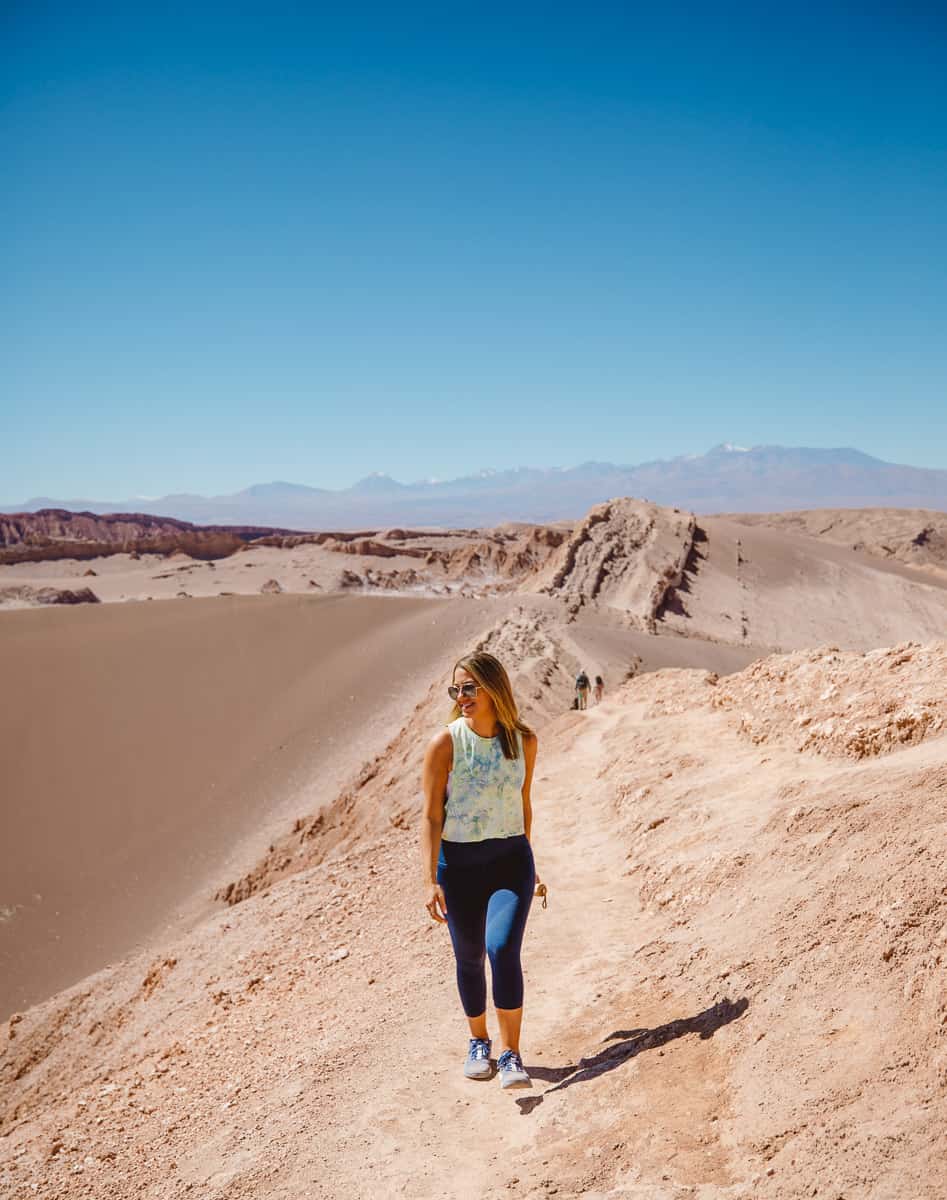
Right near the entrance to Moon Valley is an abandoned bus in the middle of the sand dunes. It’s a great photo opportunity and definitely of the most Instagrammable places in Atacama!
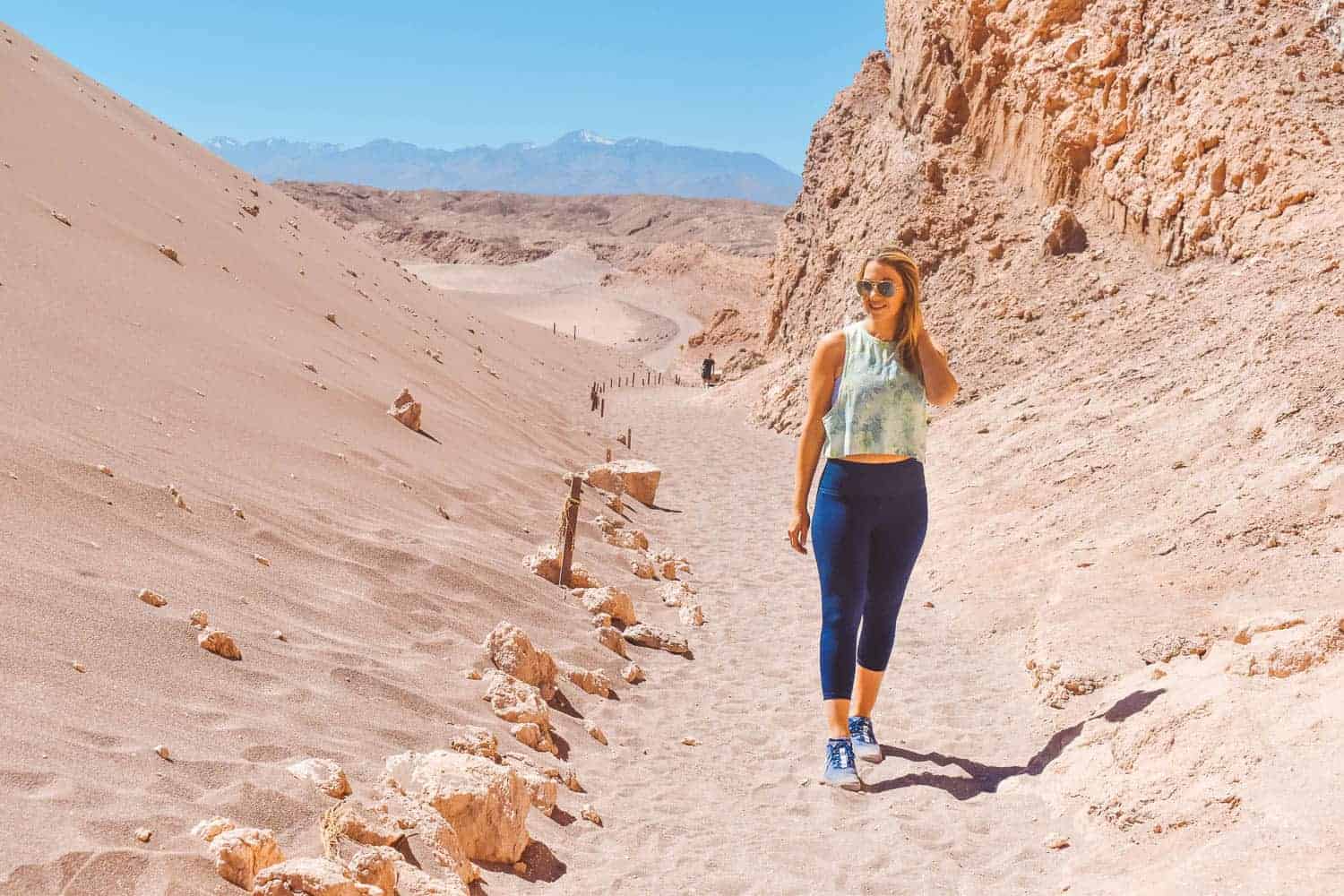
Mars Valley is only about 10 minutes away from the Valley of the Moon so it’s very easy to visit both as part of an organized Atacama desert day tour. Mars Valley is also called Death Valley because a French astronomer mispronounced the name hundreds of years ago. Legend has it that he said Marte for Mars but the Spanish misheard him as saying Muerte for death. It’s not surprising that the name Death Valley stuck – the terrain is so arid that almost nothing can survive living in these conditions.
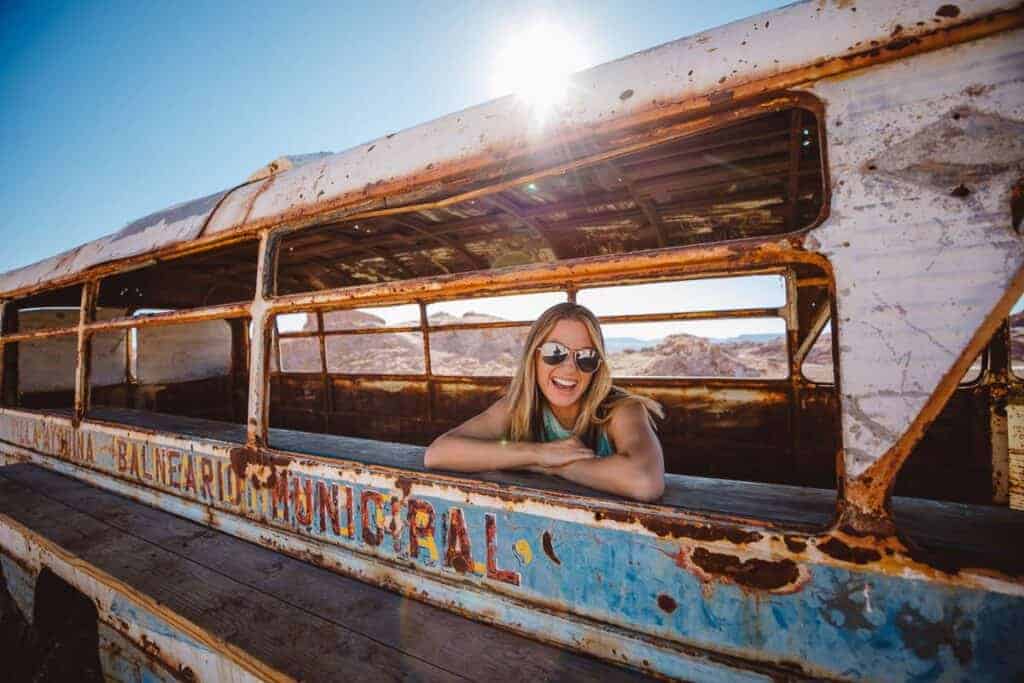
Marte/Muerte Valley has similar surreal landscapes and rock formations as the Valley of the Moon, and most tours will end here to watch the sunset. However, keep reading because there’s an even more spectacular location to watch the sunset in the Atacama desert!
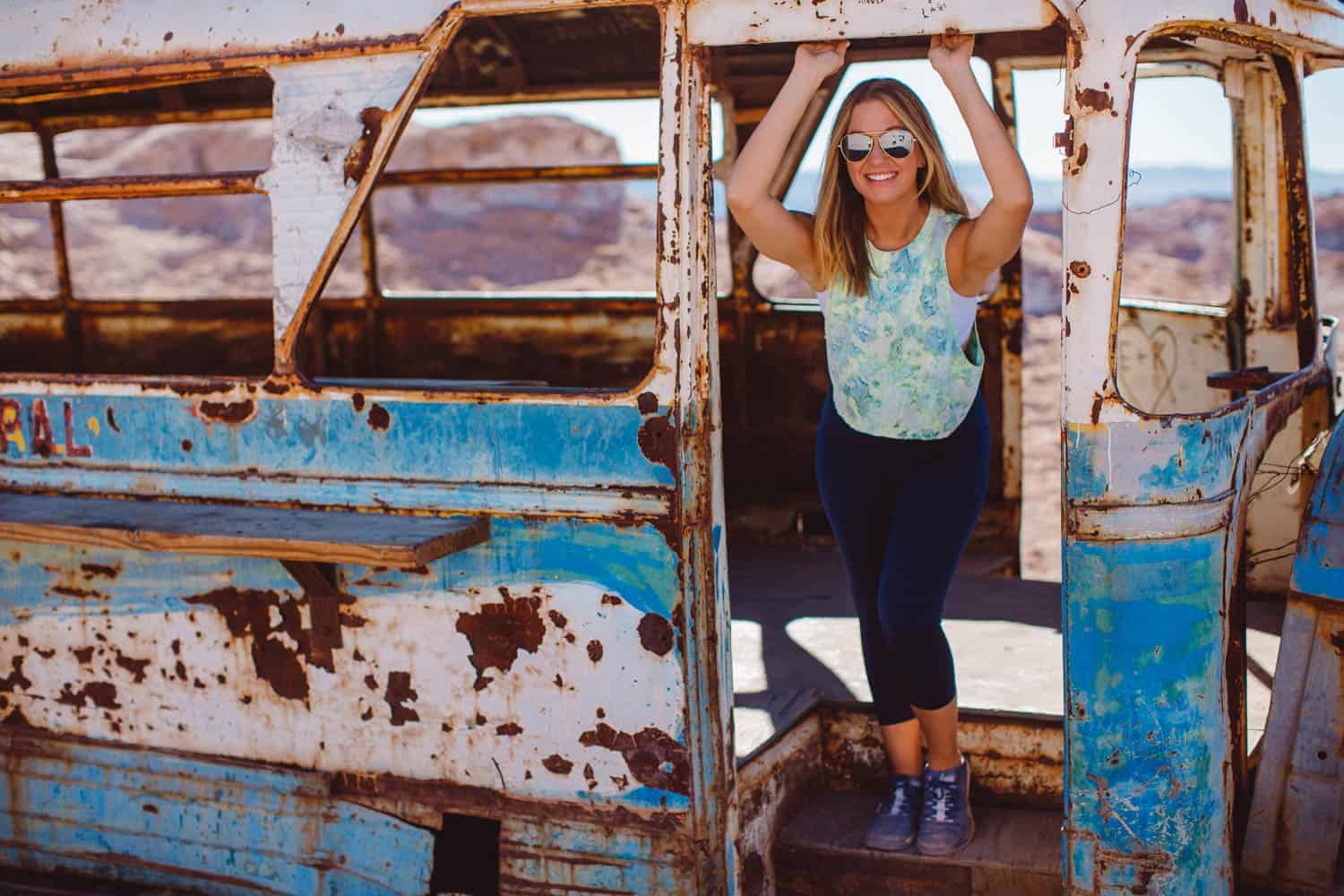
Ojos de Salar
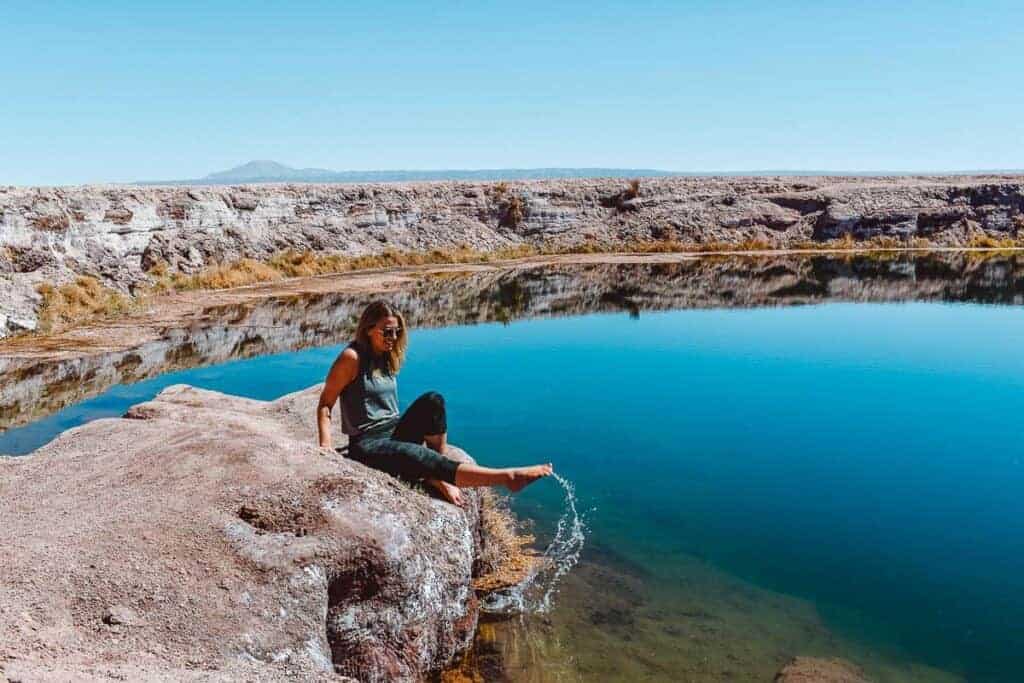
Ojos de Salar is comprised of two clear-as-glass, it’s-like-looking-in-a-mirror freshwater lagoons. The lagoons sit across from each other in the middle of nowhere. It’s truly astonishing how you simply happen upon this natural wonder when there is nothing else but salt flats for miles and miles, and a distant wispy view of the Andes mountains. The bravest visitors will swim in the icy lagoon waters, but the most I could stand was to dip my toes in as I was perfectly content to sit and take in the sweeping views.
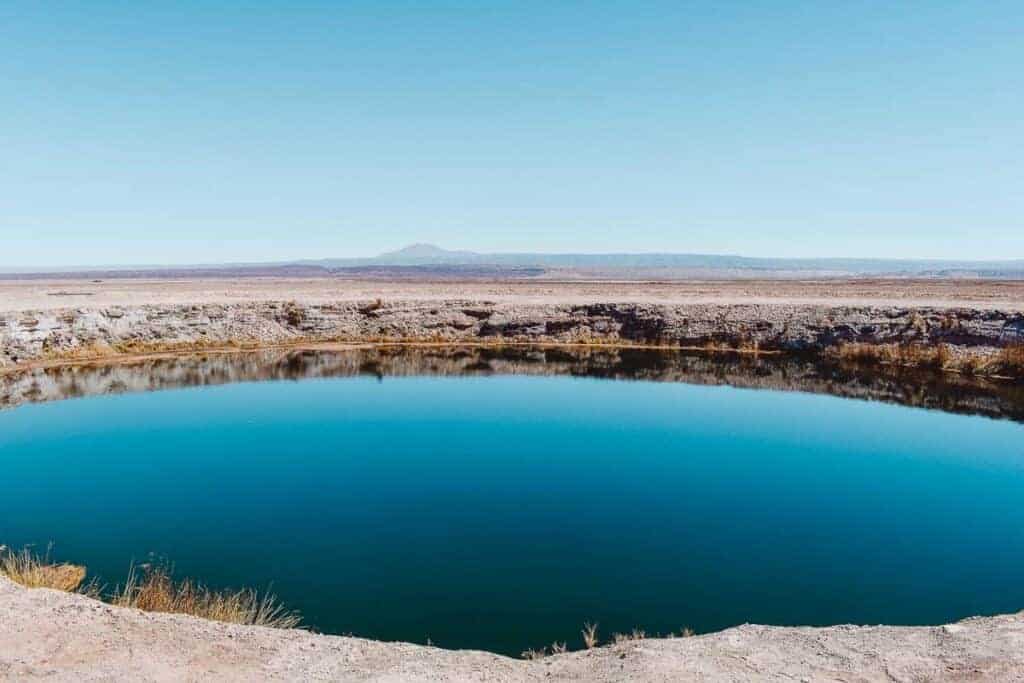
Note: I am not including the Cejar lagoon in my recommendations of the top things to do in Atacama even though you’ll find it listed as a top attraction in the area in many other posts. Alto Atacama, the hotel I stayed at, explained they do not offer excursions to Cejar because the volume of tourists swimming in the lagoon is very bad for the environmen t. It is not an eco-friendly or sustainable activity.
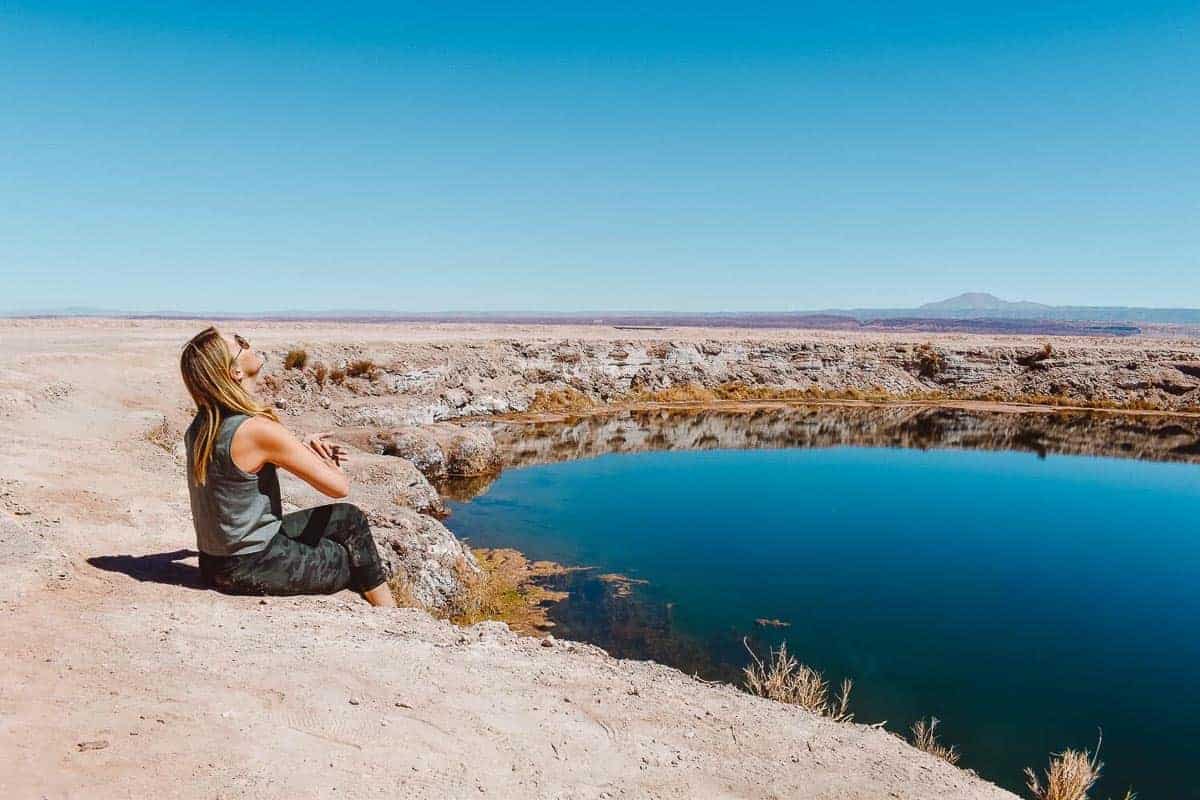
Atacama Salt Flats: Tebinquiche Lagoon
A visit to Tebinquinche lagoon usually follows the visit to Ojos de Salar, as the two locations are near each other and easy to combine into one excursion.
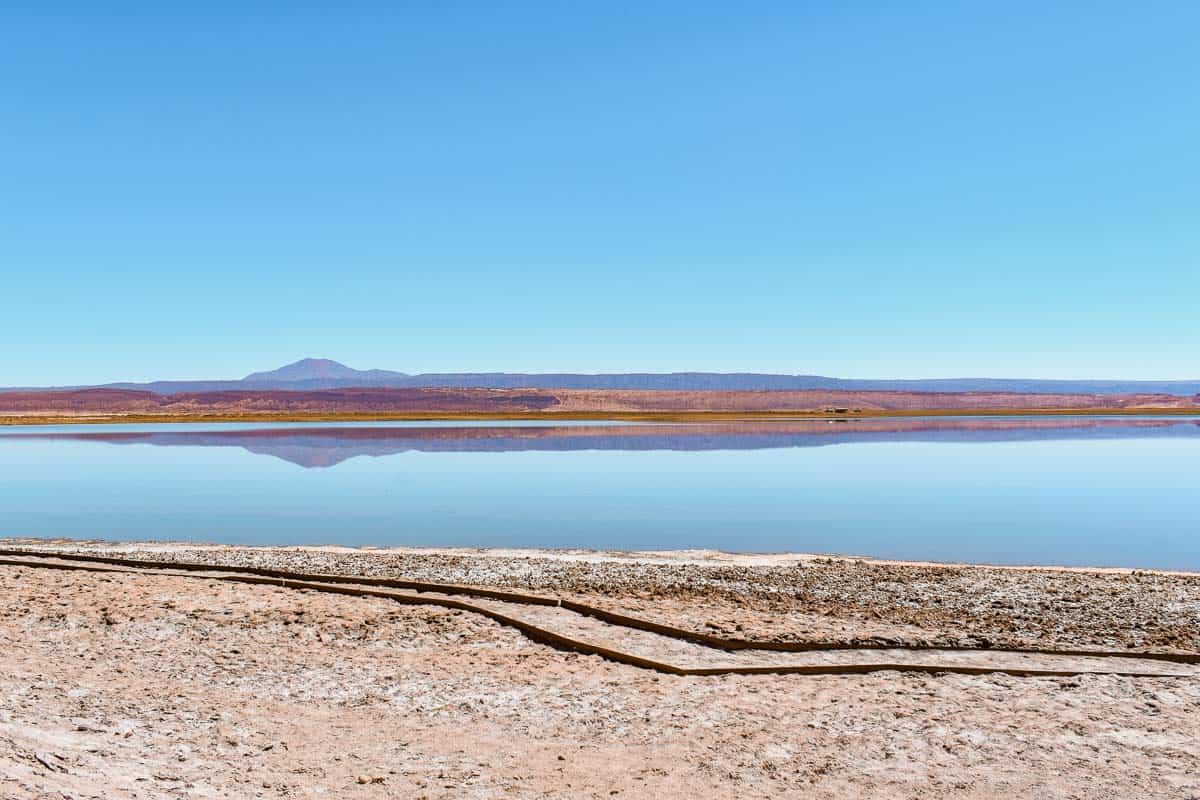
There are walking trails that zig zag all around the salt flats and if you visit in the morning, the lake is so clear you can see a perfect reflection of the mountains in the water, which I think is the best time to visit as the trails will be far less crowded.
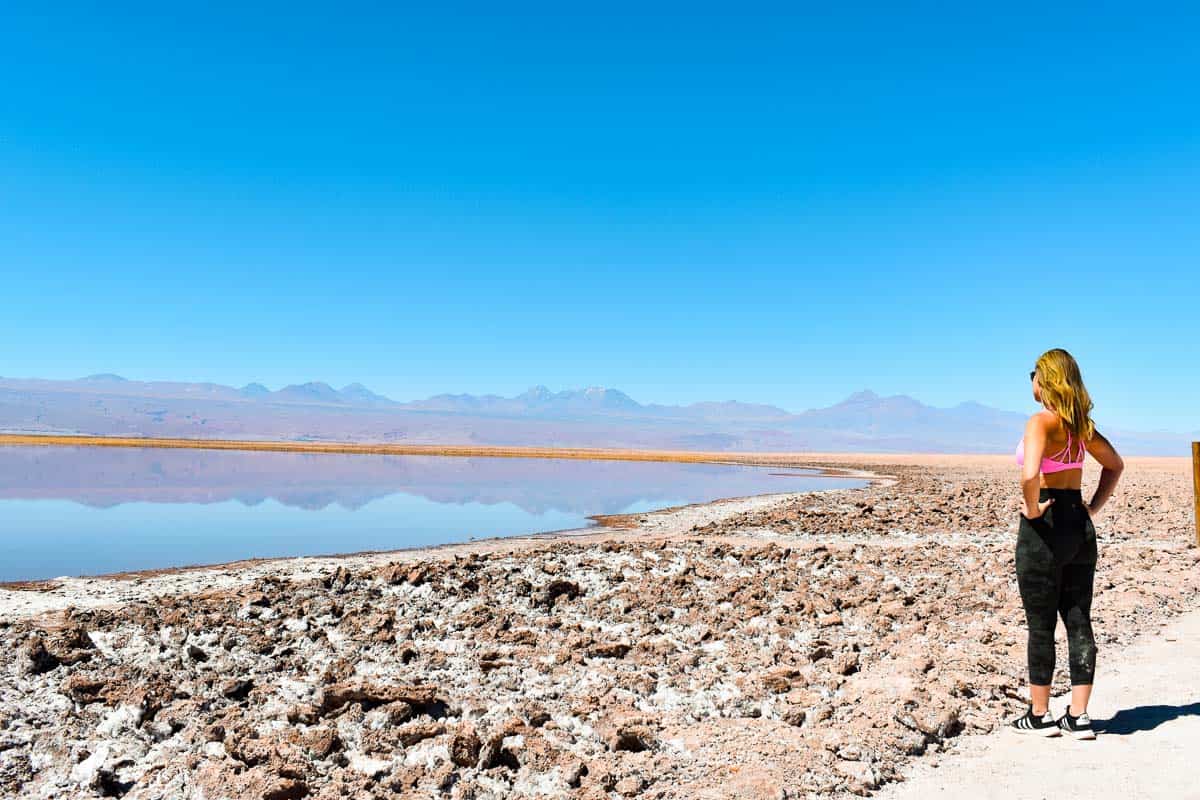
The most popular time to visit though is in the later afternoon, to be able to witness one of the most spectacular sunsets in Atacama.
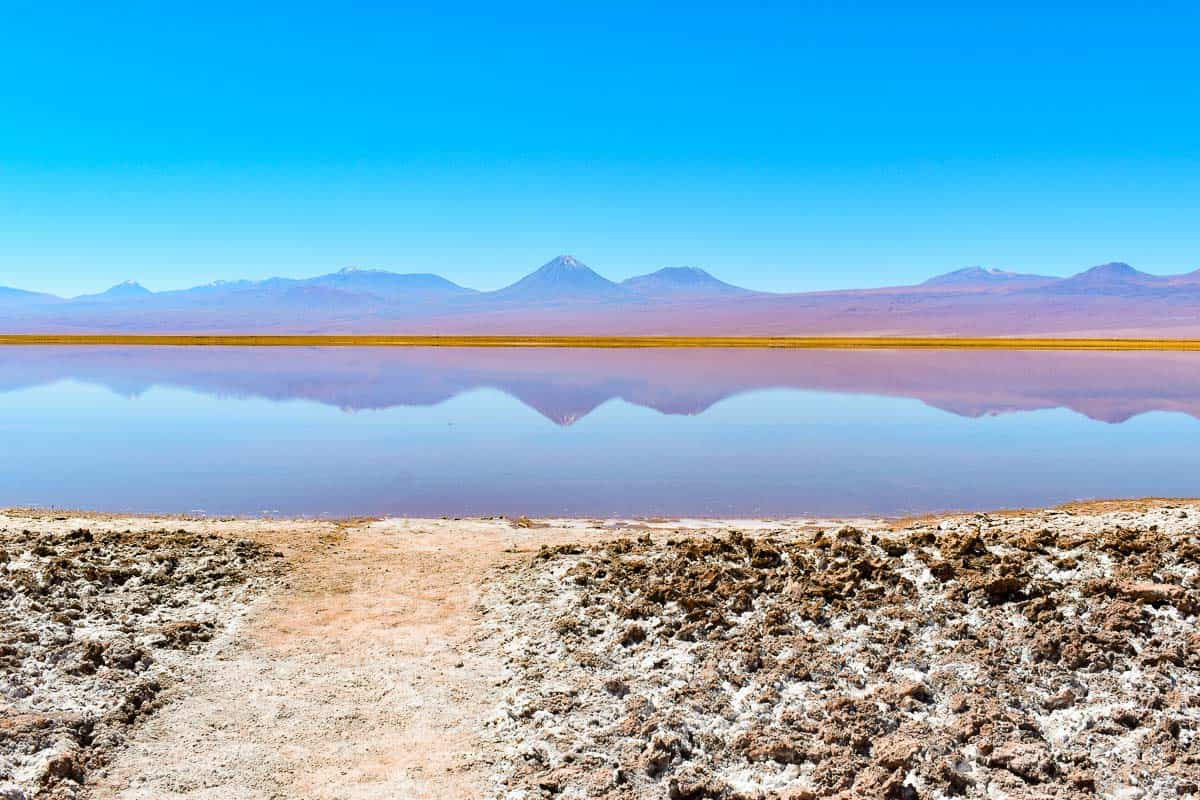
Puritama Hot Springs
The hot springs are a network of eight geo-thermal pools owned and managed by the Explora Atacama hotel. The pools are connected by wooden paths, and there are changing rooms and bathrooms. The water temperature of the hot springs is between 77-86 degrees Fahrenheit and is said to have therapeutic properties. The number of daily visitors is strictly limited so it’s important to book a tour that will secure tickets for you or go very early in the morning.
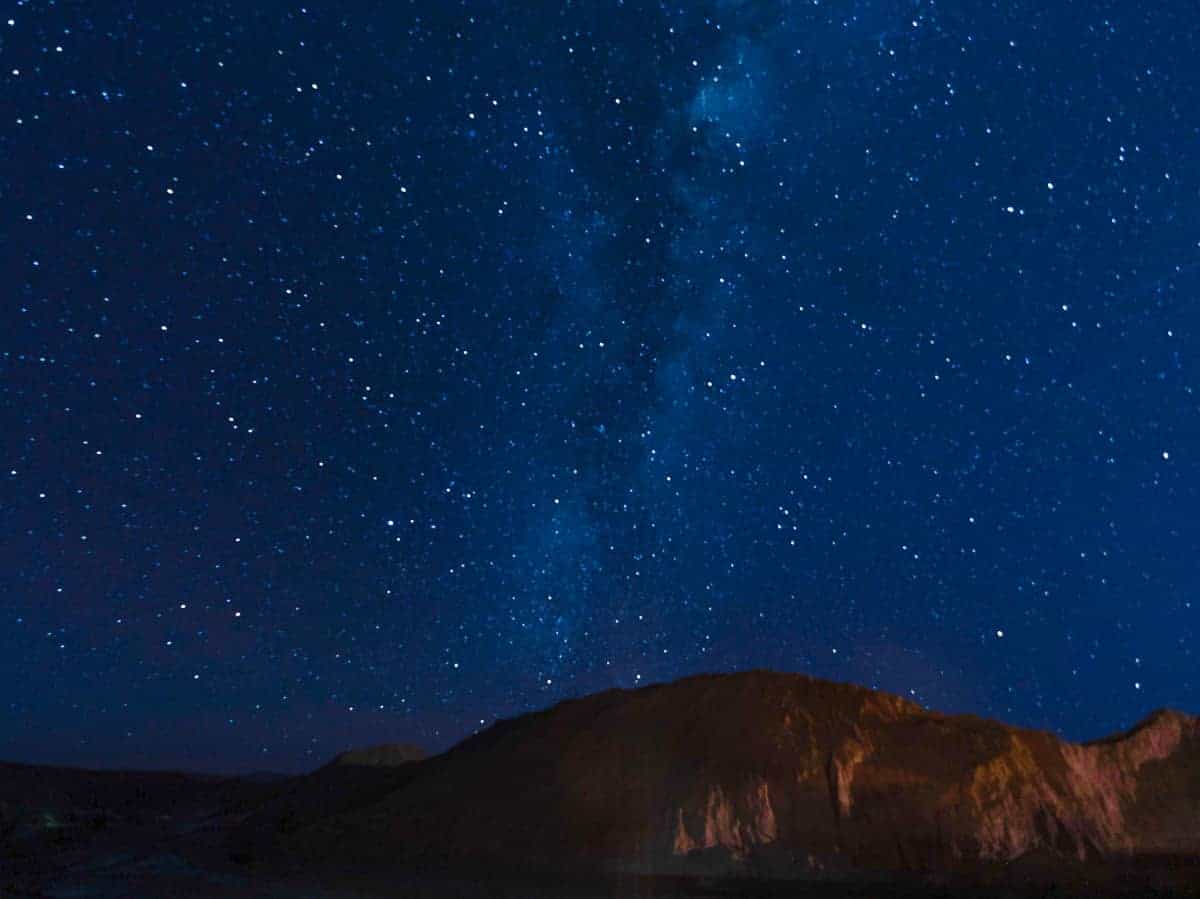
A visit to the Atacama desert would not be complete without a stargazing evening of astronomy. Many hotels have their own observatories or can arrange stargazing evening tours – this is also why I recommend staying at a hotel that includes excursions, my observatory experience at the Alto Atacama was unreal! To book your own tours, check out Viator or GetYourGuide.com .
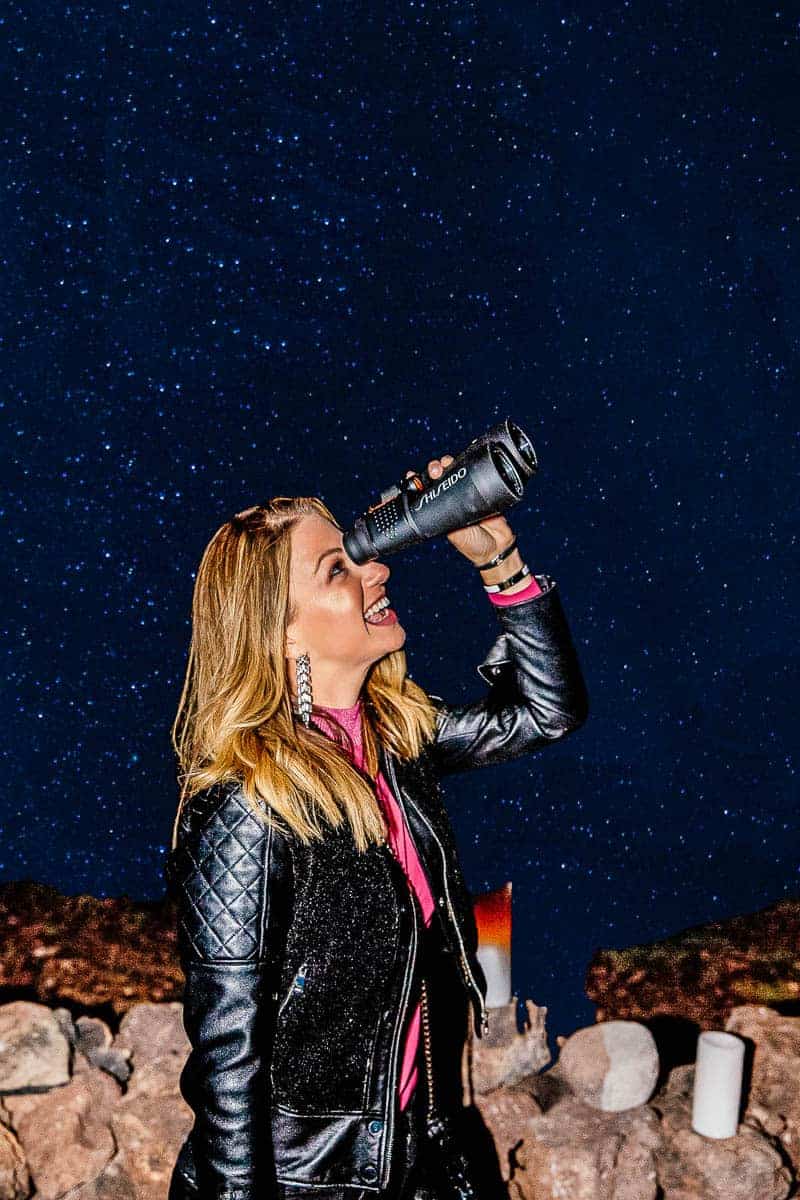
Cactus Hike (Cardones Gorge)
The Cardones Gorge is a gorge -ous hike (see what I did there?) up and over a mountain, down into a valley by the Puripica river and continues through several waterfalls. Enormous, ancient cacti (some of the cacti are over 7 meters / 22 feet tall) surround you for the entire hike. It’s an easy to moderate hike that will take about 2 hours start to finish.
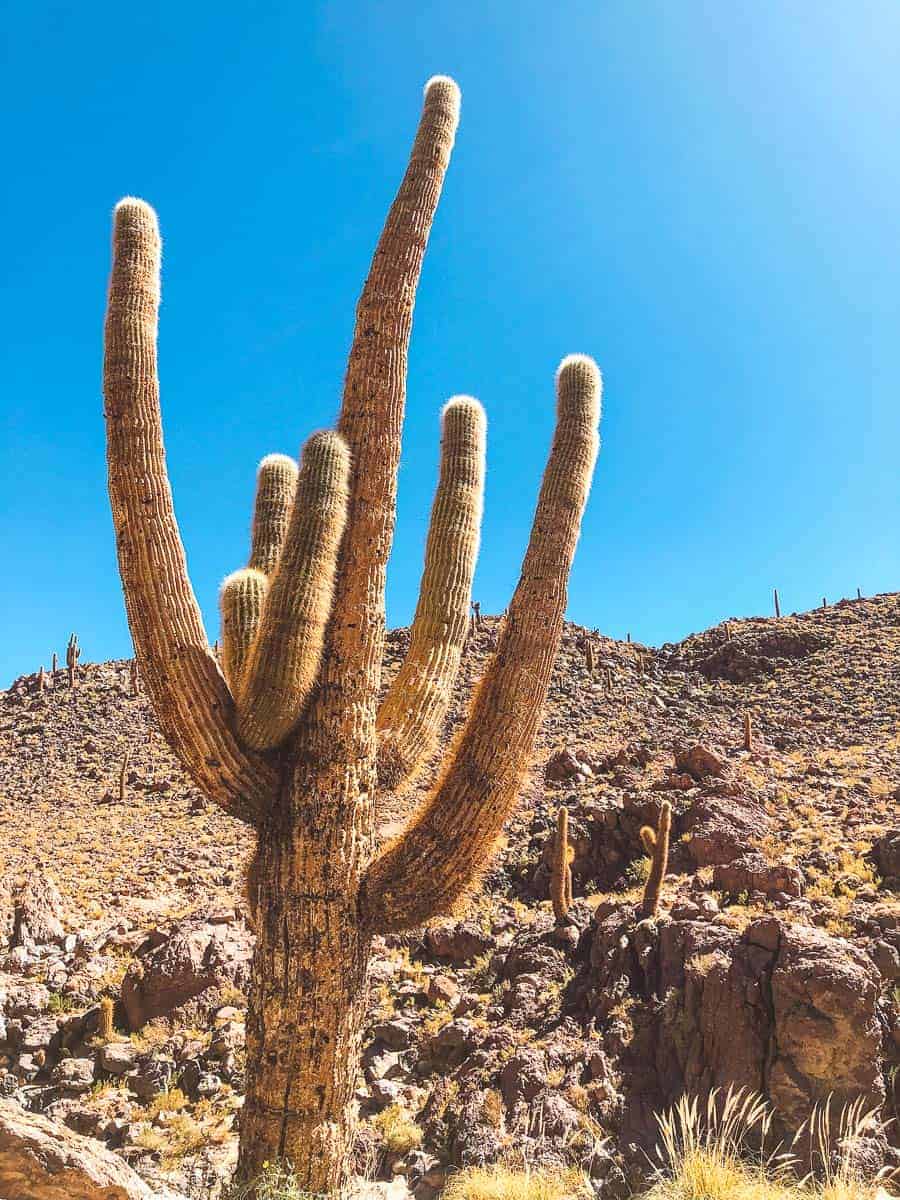
El Tatio Geysers
El Tatio is the world’s third-largest geyser field, full of pockets of bubbling, boiling water that erupt into a giant stream of smoke. The El Tatio Geysers are best to visit after you’ve acclimated to Atacama for a few days, as they are one of the highest-altitude attractions sitting at roughly 14,000 feet.
The geysers are about an hour to an hour and a half outside of San Pedro de Atacama, and most tours will leave very early in the morning to arrive at the geysers by 6:00 or 7:00 AM. It’s also important to bring layers because it gets very cold at the geysers – click here for more tips on what to pack when visiting Atacama .
Town of San Pedro de Atacama
The main town of San Pedro de Atacama is small but picturesque and is perfect to stroll around in the late afternoon and then pop into a local restaurant for dinner. The winding streets are filled with tourism agencies, a main square dominated by a beautiful large tree, and a covered market filled with local goods.
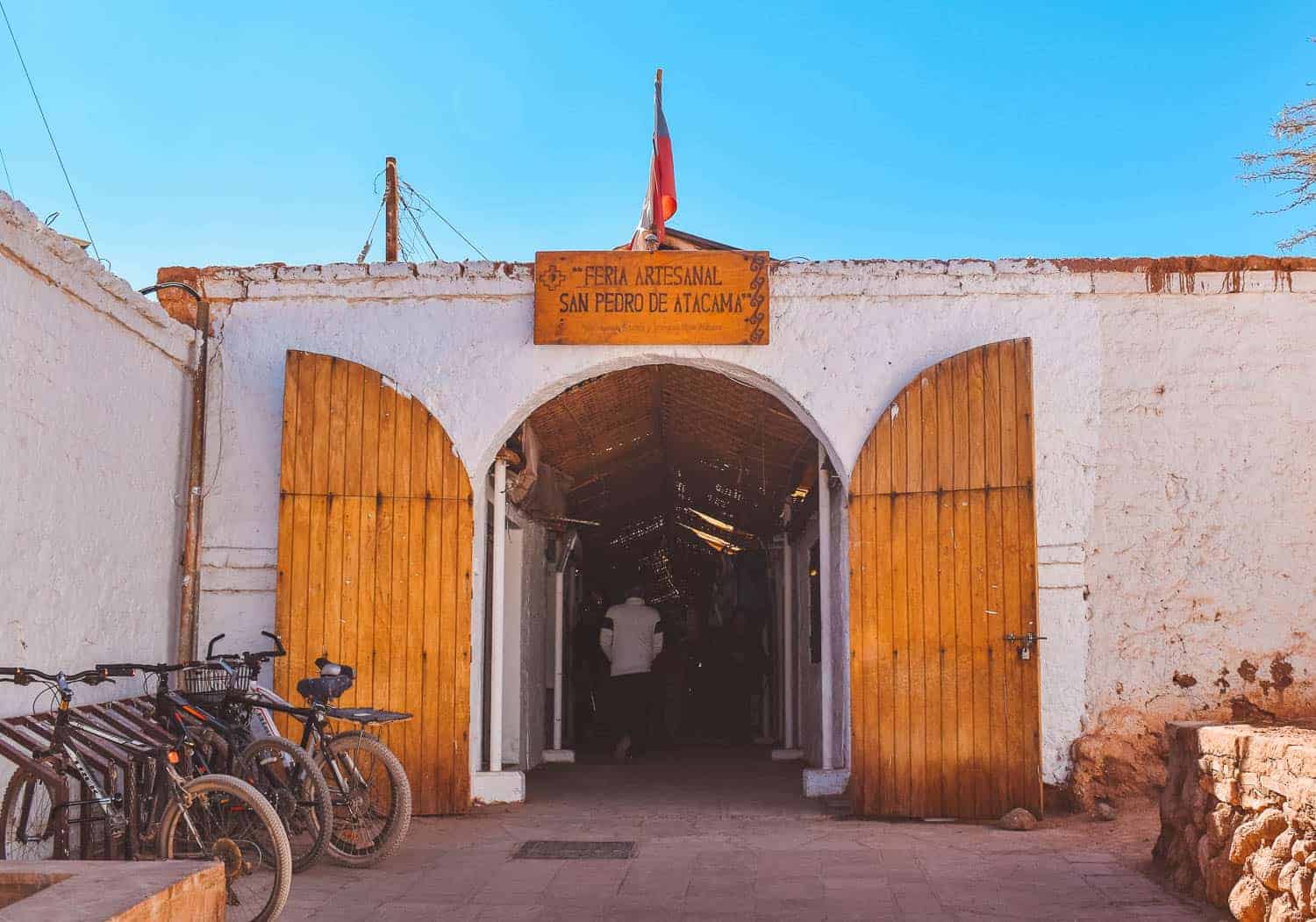
It’s a great place to pick up a few souvenirs. It’s worth noting that there are many stray dogs in San Pedro – they are not aggressive at all and are more like “community pets” but most are not on leashes so it’s worth considering if you are afraid of dogs.
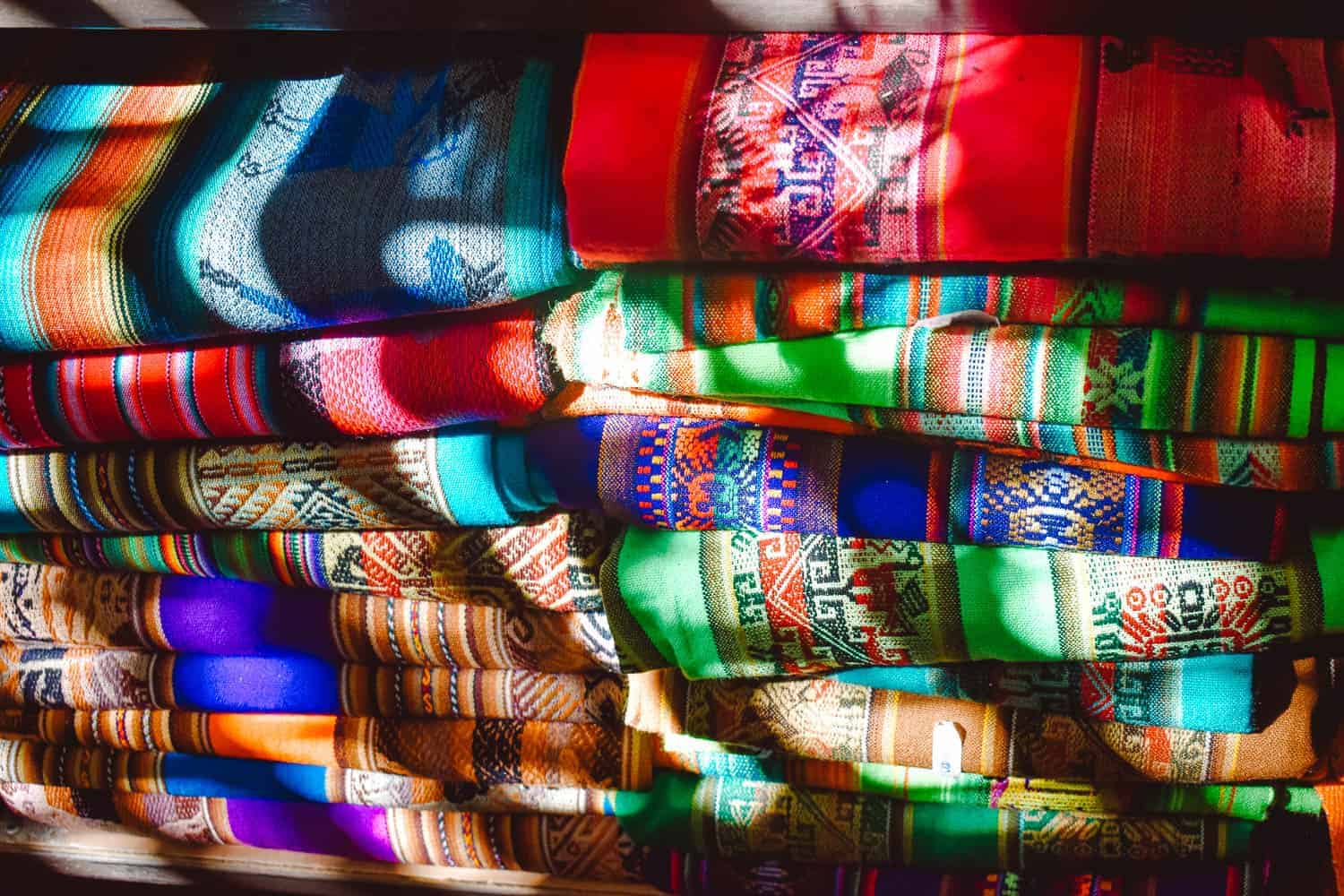
There’s not much else to see in San Pedro de Atacama town but it’s worth a stroll for an hour or two, and if you’re experiencing Atacama on your own (not as part of an inclusive hotel experience), you’ll want to shop around the tour agencies in town to find the tour excursions that interest you the most.
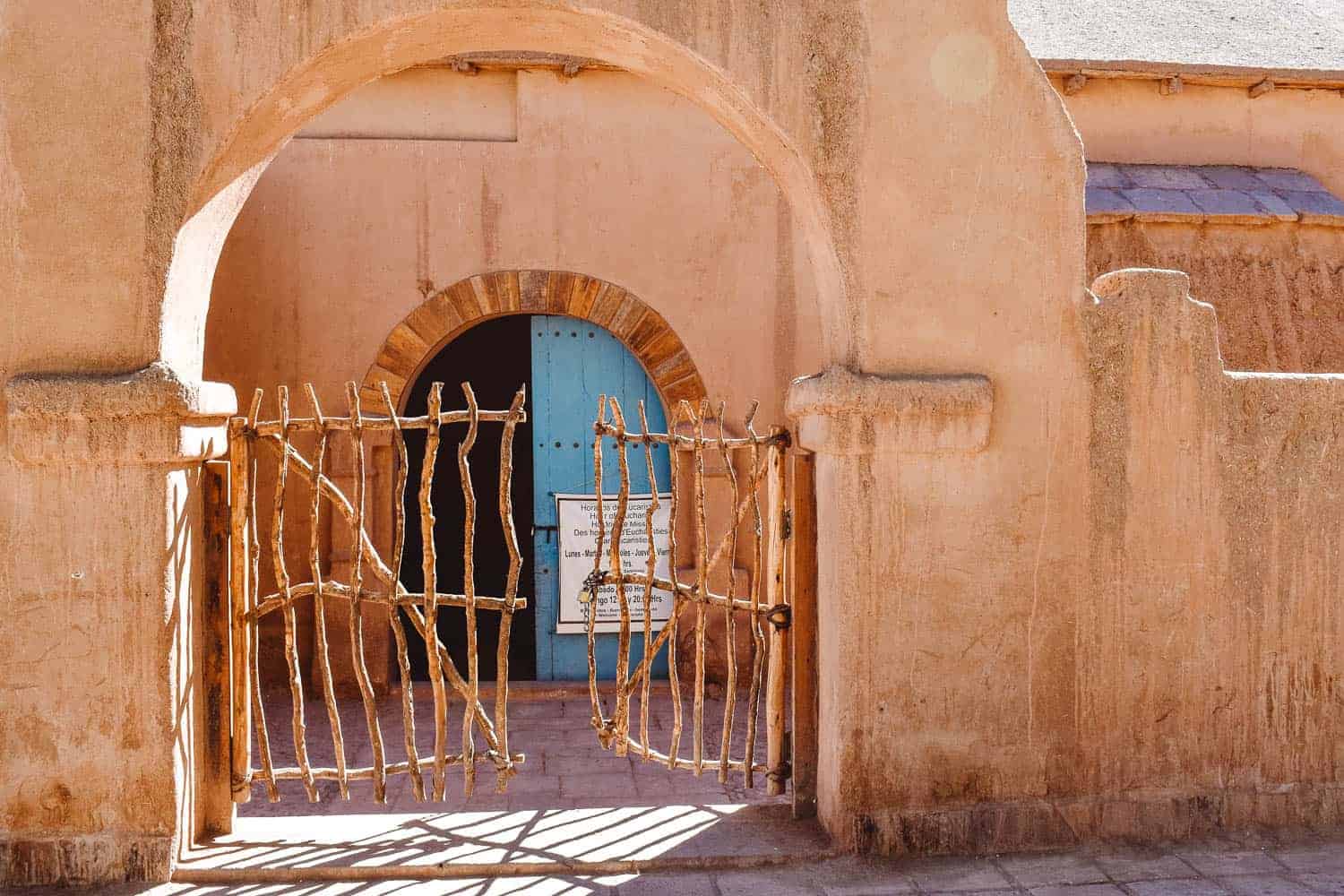
Best Restaurants In San Pedro de Atacama
Atacama’s food was way better than I thought it would be, to be honest. I wasn’t sure what to expect – of course Santiago is a huge foodie city, but I didn’t know what would be waiting for my gluten-intolerant self in such a remote northern desert. I have to say, I was thoroughly impressed with the quality of the produce and protein. Fresh fish, delicious barbecue, salads, fruit, gluten-free bread…I was in heaven! However, I only ate at the Alto Atacama hotel since all meals and on-the-go snacks were included and the food there was fantastic. If you’re looking for restaurants in San Pedro de Atacama town proper, these are the most recommended restaurants in Atacama for local, authentic cuisine:
Las Delicias de Carmen
Cafe Peregrino
And there you have it! My complete travel guide for Chile’s Atacama Desert! Have you been or are planning to go? Let me know in the comments!

Love this travel guide for Chile’s Atacama Desert? Pin it to save for later!

join the club
You’ll also love.
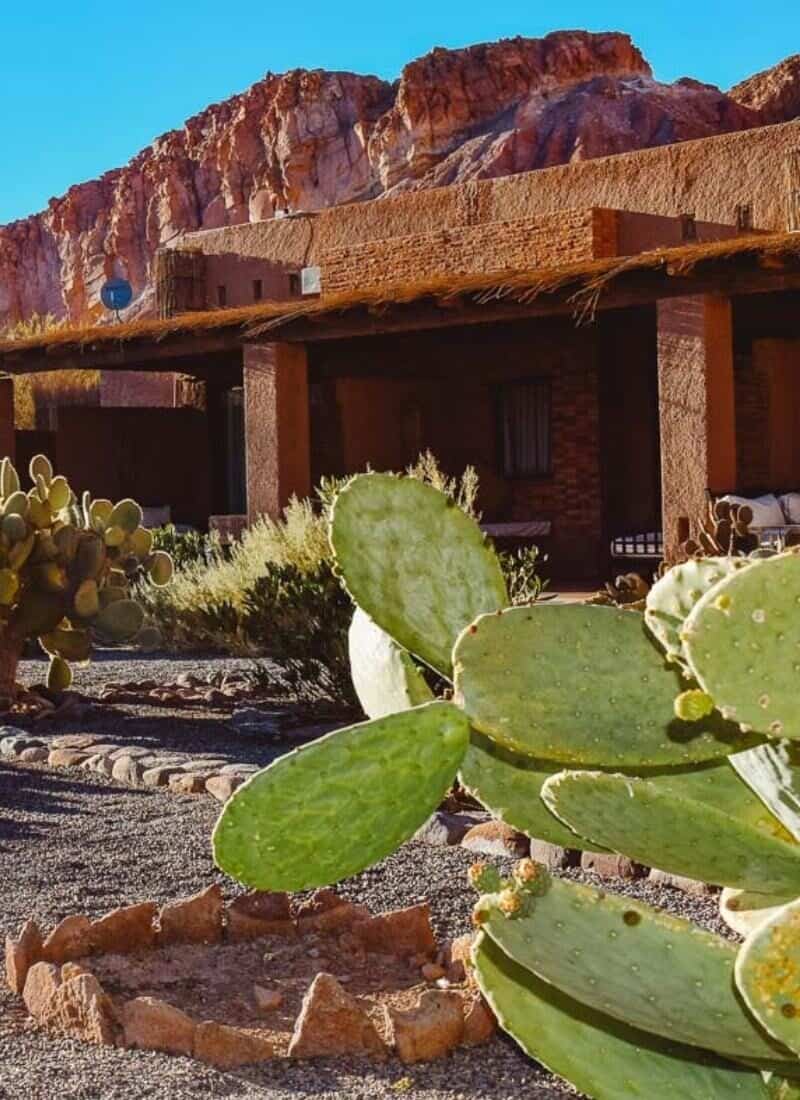
June 23, 2022 at 12:14 pm
Interesting and something new to read! The Atacama Desert really looks like a place that is out of the world. I wonder if camping is allowed here and is safe.
September 13, 2022 at 1:14 am
Thanks so much for reading, I’m glad you enjoyed. Atacama is one of my favorite places! I haven’t looked into camping personally but I would be surprised if there weren’t many options to camp!
Leave a Reply Cancel reply
Your email address will not be published. Required fields are marked *
Save my name, email, and website in this browser for the next time I comment.

Gluten-Free Vanilla Bourbon Wafer Cookies
Trending now.

Follow iamjessobsessed
Get in Touch
- Work With Me
Get OBSESSED
Shop my favorites.
- Amazon Favorites
- Kitchen Necessities
- Travel Essentials
- Home Decor Favorites
- Privacy Policy
Copyright © 2024 JessOBSESSED · Theme by 17th Avenue

10 Things to Do in the Most Northerly Part of Chile
- Pinterest 556
- Facebook 15
- Flipboard 6
- Odnoklassniki icon Odnoklassniki
- Facebook Messenger
- LiveJournal
Iquique and Arica are the most important cities in northern Chile. They are on the coast of the Pacific Ocean , and are located in the Atacama Desert .
But the most northerly part of Chile is much more than just the Atacama Desert. We really recommend spending time in the most northerly city of Chile. There are a variety of things to do in Arica including nature, ancient history, a surprising valley oasis, and modern shopping and restaurants. Iquique, and the inland desert, also provide many more north Chile attractions.
What you will find in this article:

The ocean walk to the Anzota caves outside Arica is one of the things on our list. The North of Chile appears all barren but there is – surprisingly – a lot to see.
In the mountains
Take a Road Trip through the Mountains of the Atacama Desert Plateau
The Ruta Del Desierto runs through the mountains of the Atacama Desert . There are 8 circuits in 4 regions making up this desert route in northern Chile. We drove Circuito de Las Quebradas in the region of Tarapaca . It runs from Colchane (3700m) on the Bolivian border to Huara (1000m), just east of Iquique.

Parts of the Ruta Del Desierto are unpaved, but mostly in good to very good condition.
During the first part of the Circuito de Las Quebradas , the mountains have interesting shapes and colours, and some things grow: like clumping, golden grass and lichen on rocks (which seems to eat away at the rock). As you drop below 3000m all of this disappears and the scenery is interesting only for its nothingness. In every direction there is just greyish-brown desert, sometimes with rocks strewn about, and no sign of any plant life.

A simple, but beautiful old adobe church in the small Andean town of Cariquima.
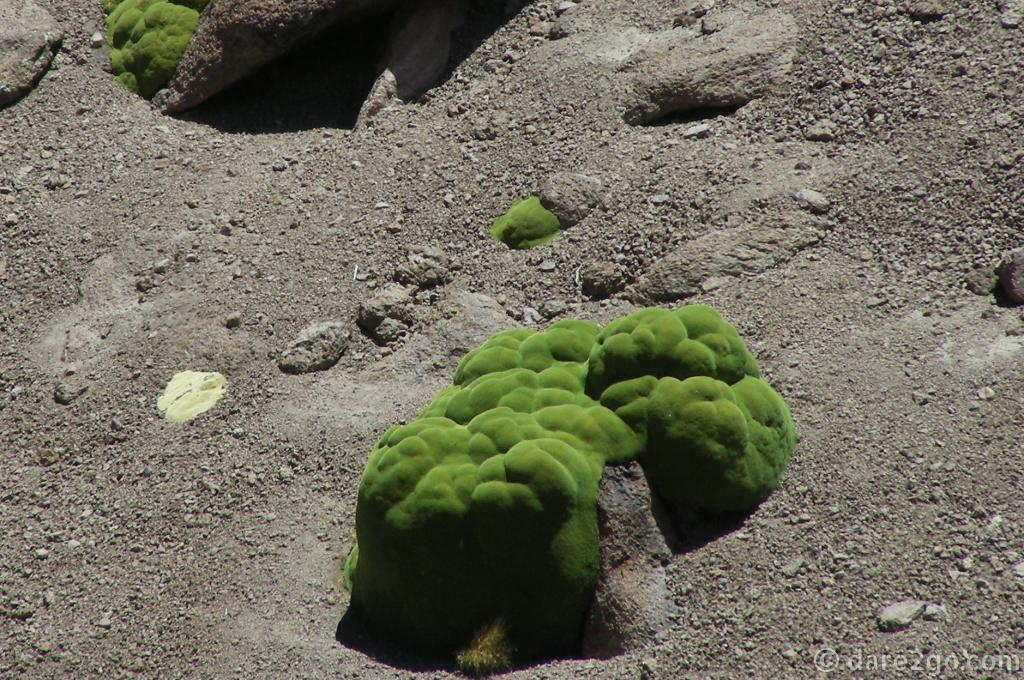
A large boulder (or two) thickly covered in green lichen. (We posted more photos in our post ‘6 Places & Experiences we didn’t write about in 2016’).
This route provides access to:
- Parque Nacional Volcan Isluga
- Thermal Baths at Chusmiza
- Gigante de Atacama, just 12 Kilometres from Huara, and other geoglyphs along the way.

The famous Gigante de Atacama (our photo is from 2008) – one of the many geoglyphs in the Atacama.
Iquique and around
Discover the History of Iquique in its City Centre
In 2008 we went to Iquique principally for its free trade zone, but also wandered around the historical centre . This was what we wrote then:
Although we didn’t find anything in the trade free zone at a remarkably cheap price, we found it a pleasant little city, which is trying to make its historic centre nice. It has attractive wooden buildings, which were probably residences of those who got very rich during the nitrate mining boom. Some of them are badly in need of renovation.

The main square in the old part of Iquique.
This time we discovered that little has changed. There is still not much that’s very cheap at the free trade zone (we were seriously checking out laptop prices – we found them later much cheaper in regular retail shops in Arica); they are still trying to make their historic centre nice, and a lot of the buildings are still badly in need of renovation.
There are some remarkable buildings in the historic centre, which are restored and beautiful. If you’re in Iquique, don’t miss the chance to have a wander.

One of the beautiful old timber houses in the centre of Iquique. Many were built in the years of the saltpeter boom.

This beautiful moorish style building in Iquique is currently under renovation. It houses a casino.
Check out the Northern Chile Beaches at Iquique
Coming from Australia, it takes a lot to impress us when it comes to beaches – and the brown-grey sand of Iquique’s beaches didn’t really look that inviting. But the city’s shoreline has been made into an attractive area for residents and visitors alike. We drove along the Avenue that follows the coast on a number of occasions. On Sunday the playas are full of people, colourful beach shelters and umbrellas.

When the sun’s shining the beaches of Iquique are really busy. Image Credit
Drive down the ‘Sand Dune’ to reach the City of Iquique
One of the most amazing experiences in Iquique is to be had just driving into the city from Ruta 5 . You have to drop around 500m in altitude from the coastal mountains to the city. It is almost squeezed against the Pacific on one side and the mountains on the other. The fact that the mountain side you are driving down looks like it might be a sand dune doesn’t instill much confidence. I don’t remember it from 2008, but this time it was a disturbing (if not close to terrifying) experience for me… There is a wonderful view of the city and also of a huge sand dune , which looks like it could actually engulf the city if it decided to move.

Drive up the side of a sand dune, from sea level to over 500 metres above. In an earth quake in 2014 this road slid down the steep hillside. This made Iquique the laughing stock of all of Chile.
It is certainly a unique way to enter a city, and it was a great relief to arrive at sea level. When we left Iquique I found that driving up was nowhere near as frightening as the drive down had been.

A very small part of the gigantic sand dune which lays below an even taller one, where the road climbs up. It really dwarfs the whole city.
Visit the UNESCO World Heritage Site of Humberstone and Santa Laura Saltpeter Works
Thousands of people lived and worked at this remote site in the first half of the 20th Century. We had photographed it from a distance in 2008, but this time we were determined to visit . It’s an interesting historical site and quite well done.

The Unesco World Heritage site of Humberstone. Saltpeter extraction works, like this one, initiated a boom for the Atacama desert and finally led to a war, which Chile won.
The former accommodation areas are now home to themed collections of mostly found objects of that time. Walking in and out of this museum almost brought a tear to my eye. The history was so connected in my mind with my Dad, who I lost earlier that year. He was always interested in objects that were familiar with from his youth, and this place was full of them. And, he always had a story to go with them. It was an interesting place to visit but also a little emotional.
We recommend a visit to this World Heritage site, which clearly exhibits the Industrial Heritage of Chile.

Humberstone WHS: a row of workers’ cottages with some old machinery in front.
Between Iquique and Arica
An Endangered Species & a Memorial of the War of the Pacific
As we drove north from Iquique to Arica, we passed through more of the completely barren Atacama Desert . About 70Km after the Humberstone site we started to see some green ahead. The trees are an endangered species indigenous to the area – prosopis tamarugo . They have been re-introduced into several protected areas to try to keep them from extinction. The Reserva Nacional Pampa del Tamarugal is one of them.
Right next to this reserve we found the Memorial to the Batalla de Dolores o San Francisco – the battle of Dolores or San Francisco. This site remembers a famous battle of the War of the Pacific (1879 to 1883), involving Chile, Peru and Bolivia, on November 19, 1879. Coincidentally, we arrived on the evening of November 19, 2016. I’m sure there had been commemorations during the day, but there was no remaining evidence.

The battle of Dolores or San Francisco was a decisive win for Chile. This site, of course, portrays everything from the view of the victorious Chilean side. Bolivia, in particular, still mourns the loss of its ocean access (and maintains a navy to this day).
We drove a few kilometres off the highway to the site, looking for an to overnight parking place. It was a good place to stop – quiet, no light except thousands of stars, lots of rocks and some rather shrubby trees. Besides being the perfect place to spend the night (we actually stayed for 2), we also found the site itself quite interesting. As well as the commemorating plaques and plinths, there are many ruins of mud brick buildings.

The battle site of Dolores is surrounded by crumbling mud brick ruins. It all looks like this was later the site of another saltpeter mining enterprise. Here somebody lovingly lined up some old pots, jars, and rusty tools on a white washed wall.
In and around Arica
Daniel, at the tourist office in Arica, spoke excellent English. He explained to us that, since the creation of the 15th Region of Chile (Arica and Parinacota) in 2007, the city has had more resources available. This area was formerly part of the Province of Tarapaca whose capital is Iquique. These resources are now being used for beautifying the city, conserving local heritage, and generally making their city a tourist destination of some note. They are now attracting cruise ships, the number visiting increasing each year. He made several strong recommendations for things to see.
Look for Eiffel Architecture in the City Centre of Arica

The all iron cathedral of San Marcos in Arica is commonly credited to Eiffel (most famous for his Eiffel Tower in Paris) – now there is some doubt about this authenticity. In 2015 and 2016 it underwent extensive renovations, hence our photo is from 2008. By now the cathedral should be open in freshly renovated shine and glory…
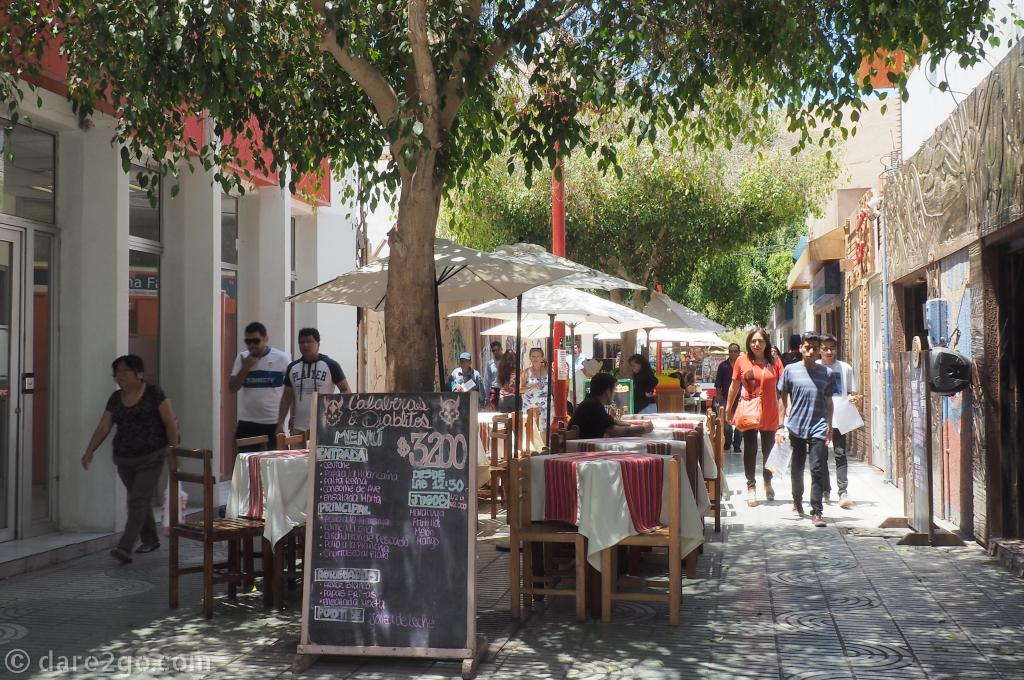
One of the shaded side lanes in Arica, with one restaurant next to the other…
The city’s icon, Morro Rock , looms over it. It gives an incredible view of the area, if you have the energy to climb it. I confess – we didn’t.
We found it a pleasant city to just wander through, finding interesting things to see along the way. It had certainly changed for the better since our previous visit.

The ‘El Morro’ rock sits right in the centre of Arica – next to the plaza and opposite the harbour.
Drive out of Arica along the Azapa Valley to see 7,000 year old Chinchorro Mummies
A 12Km drive from Arica, along the Azapa Valley will bring you to the San Miguel de Azapa Archaeological Museum . This museum is owned and operated by the University of Tarapaca . It has more than 20,000 archaeological pieces, including a large collection of Chinchorro mummies . They claim more than 10,000 years of history is represented here .

Some of the Chinchorro mummies – you don’t get to see much more. They have to be kept in the dark and climatised, so they are behind thick glass; flash photography is obviously not allowed.

But the Chinchorro mummy museum offers a number of other exhibits, like these fishing hooks, and many informative signs (so far only in Spanish – lets hope this will change once UNESCO World Heritage Status is granted).
According to Daniel, there is an application in to make this museum a UNESCO World Heritage site .
The Azapa Valley is a surprising oasis of green in the apparantly inhospitable Atacama Desert. This valley produces fruit and vegetables for local consumption as well as further afield.
Olive groves crowd the roadsides, some of them with trees whose age may possibly be measured in centuries rather than decades. The original olive trees were planted some 400 years ago. In 2016, the small, fertile valley achieved its hard-fought geographic indication, Olives from Azapa .

One of the Azapa olive plantations (Please excuse the image quality).
Along the valley you will also find more geoglyphs , often quite hidden behind huge hot houses.
Follow the ocean walk to the Anzota caves
These caves are a natural formation caused by wind and water erosion over centuries. The Chinchorro culture had used the Anzota caves for living space and some of the mummies were found in them.
More recently they were the site of a major guano quarry.
Now the area is a bird sanctuary, and the recently constructed ocean walk makes it a pleasant place to spend some time.

The ocean walk to the Anzota caves outside Arica is easy, a large part of it is wheelchair friendly. Some of the caves have new stairs leading into them. (But they didn’t get rid of the smell of bird poop.)
Watch the birdlife at the Humedal del Rio Lluta
The Lluta River Wetland is an extremely important habitat in arid Northern Chile. Rio Lluta is the most northerly river in Chile to flow from the Andes to the ocean. It runs into the Pacific about 10Km north of the city of Arica.
This large estuary provides important habitat for multitudes of water birds, some of which are migratory birds, who use it as a resting stop. The Lluta River, along with the Loa River between the regions of Tarapaca and Antofagasta, are the only ones on the coast of northern Chile that run all year round.

Lluta River Wetlands in Arica: this ‘cloud’ is only PART of a flock of sea gulls!
In 2008, we visited Arica and Iquique, but hadn’t been back during our current trip. During this short 3 week visit we noticed changes, and discovered many new things to see and do in Northern Chile.
For 2 years, we kept thinking that we had left Chile for the last time. When we decided to leave Bolivia , the most northerly part of Chile was the closest and lowest place to go. So we found ourselves in Chile again.

PIN THIS for later!

Lluta River Wetlands in Arica: Pelicans as far as one can see. The sea gulls have to step back into second row.
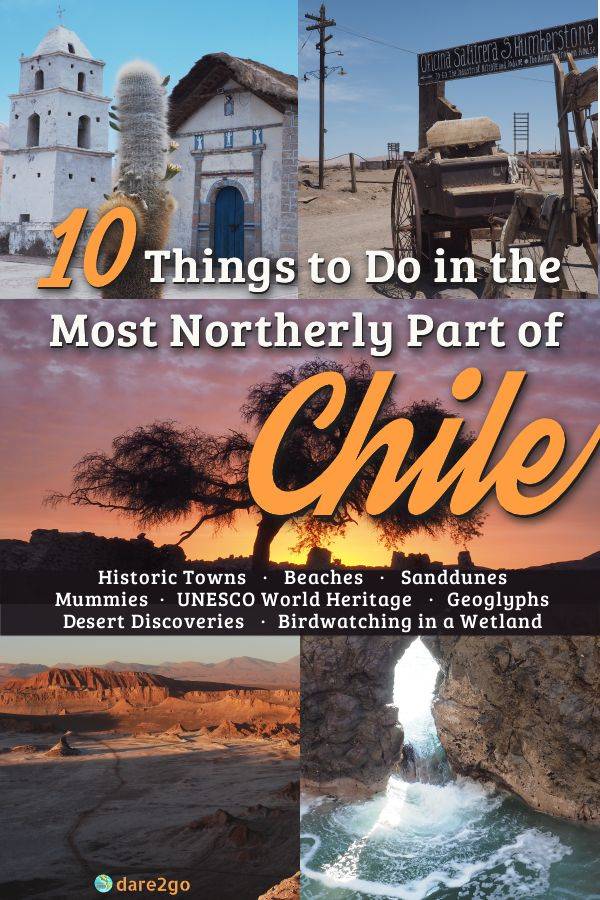
Liked this? PIN this!

…or PIN this second one!
Tags: Atacama bird watching desert industrial heritage mining Mountains museum National Park UNESCO World Heritage wetlands
dare2go's human navigator ( we're not lost because there's nowhere particular we have to be ) alongside our Nexus 7 tablet, writer and editor of our blog, first cook and loving wife. Teaching English as a second language when possible.
- Next story 9 Impressions from the Road in the Last Year
- Previous story 2016: our Year of South American Travel in Review
You may also like...

Bolivia: Back in the Breathtaking Andes Again

Are Evora and Alentejo Worth a Trip from Lisbon?
![northern chile travel We show you all the things to see in Győr, a lovely place in Hungary. This city surprised us with its mostly Baroque centre, cleanliness and relaxed feel. [Photo shows the Bishops Palace from the bridge across the river Rába - with title text on top.]](https://dare2go.com/travel/wp-content/uploads/2019/10/Gyor-Hungary-featured-520x245.jpg)
Have You Heard of Gyor, a Lovely Place in Hungary?
16 responses.
- Comments 16
- Pingbacks 0
Great article and amazing tips! Thank you for all the information shared here and congratulations on your blog!
In Arica, you can also go rock climbing, parasailing, Kite Surfing, Surf & Swim year around, visit the humming bird Sanctuary that is Alice in wonderland like, with it’s variety of plants, animals, birds, and numerous humming birds. A small but most interesting shell museum. Scorpion Island (named after it’s History and formation) where you can find countless shells and variety of sea life especially during low tide. The Morro displays the Chilean Flag and is home to a military museum and a amazing view of the ocean and city. Cathedral, Church of San Marcos, (1875) made by Gustave Eiffel, the same man who created the Eiffel Tower of Paris, France. There is a motor cycle track, where people ride up the sand duns as well. If you are up for an adventure there are many ruins out in the desert, as well as natural hot springs. Arica is only a couple hours from Tacna Peru and Three hours from Bolivia border, six from La Paz, Bolivia. Lakes filled with Flamingos, fields filled with wild llama and emu, and mountains that reveal a spectacular contrast between snow capped and marble sand.
Thank you for your comment. All this information would make a good blog post itself. We loved Arica and want to encourage others to spend some time there.
Thank you for this tips :)
This is a very well compiled list. The bird life at Rio Lluta is what I’d definitely do.
Good choice – but you can do it all if you have some time… If you’re a bit pressed for time, we would suggest visiting Arica – we really liked it.
Your photos make me want even more to go to Chile. This country is for so much time in my list!
And you will need a lot of time to see all of it. There is so much to see in Chile – from Patagonia in the south, right up to this most Northerly Part of Chile. Glad you’re inspired.
Wow, this looks like an amazing place to visit. I’ve always wanted to go to South America, and I am dreaming about Patagonia, but I guess I’ll have to check out northern Chile as well.
Chile is a country you can spend a lot of time in – and you will see a lot of different things. The other countries in South America are the same. That’s why we have have spent more than 4 years here altogether, and probably will need one more…
Very interesting post. Must visit Chile sometime
Chile, as almost all of South America, is still very much an undiscovered country with many attractive destinations.
Hi! we saw your truck yesterday in Arica, but you passed so fast… we are travelling by bicycle… ;) Your Blog is very interesting. Thank you very much for this information! We are travelling around the Pacific Ring of Fire by bicycle with kids: http://www.terracirca.de
Safe travels! Oliver, Elena, Jakob and Arthur
We were only for a day back in Arica – in order to renew our visa for Peru. (What a nightmare it was: worse border crossing in South America! It took us over 4 hours, mostly standing in line – in the sun and heat.)
Enjoy your trip and be CAREFUL with the sun! I read that this year UV radiation is extreme… Juergen
I’ve not yet been to Chile, but will definitely take in the north when I visit as you’ve made it look very tempting!
There are a lot of interesting places to visit, all over Chile. I recommend visiting the country. Another example is the area around Santiago, which we described here
Leave a Reply Cancel reply
Your email address will not be published. Required fields are marked *
Notify me when new comments are added.
"Keep up with Joneses" - sign up for our newsletter!
Hello & Welcome

Meet Yasha and Juergen. Our travel blog is atypical because we travel differently, not flying from one dream destination to the next. Our choice instead: to take it slowly, take side roads, discover places aside from the typical "bucket list" and guidebook highlights. We drive and live in our self-built overland camper, called [ "Berta" ] "Bertita" (little Berta since 2018 in Europe) . You can read more on our "About Us" page.
We love sharing our impressions and knowledge gained along the way. You will find a wealth of information on our site, especially if you love road trips. So stay around and explore with us!
NEVER MISS AN UPDATE
Join our mailing list and receive an email when something important is happening at dare2go.com!
*)required field [We will use your email address only to send our email newsletter and nothing else. OUR PROMISE: we will keep your address private and won't spam you either!]
Our Recent Posts

Not all attractions in Germany are historic cities or castles ruins. Explore with us the historic circular Rundling Villages of the Wendland in Germany’s north.
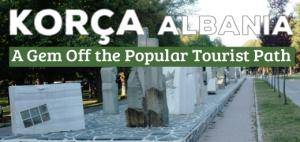
Korça is an undiscovered gem of Albania. Stroll through this city and you will find public art, green spaces, several museums, and plenty of cafes for a rest.

Bulgaria introduced the new electronic BGToll system for heavy vehicles and included motorhomes. In this post I explain how we dealt with this utter nuisance.

In April we asked overland travellers about the challenges they faced due to COVID-19 restrictions. 4 months later, we asked them: How are you doing now?

Superlatives to discover in Sussex: the largest Roman-style Villa in Great Britain with the oldest collection of mosaics and the first formal Roman garden.

The mainland coast of Greece has many picturesque towns you should visit by car or motorhome. These towns are cheaper to reach than the famous Greek islands.

Driving the Pan-American Highway – a dream of many. Our post summarises all the basic practical information you need to know before overlanding in Peru.

The ancient city of Butrint is a World Heritage Site in the south of Albania, where you can explore a history going back more than two-thousand years.

- Huasco Valley
- San Pedro de Atacama
- Elqui Valley
- Antofagasta
- Limarí – Fray Jorge National Park
- Bahía Inglesa
- Alto El Loa
- La Serena and Coquimbo
- Copiapó Valley
- Tagua Tagua – Almahue Valley
- Alto Colchagua Universidad Glacier
- Cachapoal Valley
- Portillo Ski Resort
- Pirque and Maipo Valley
- Aconcagua Valley
- Valle Nevado Ski Resort
- El Colorado Ski Resort
- Curicó Valley
- Maule Valley
- San Antonio/Leyda Valley
- Colchagua Valley and Santa Cruz
- Casablanca Valley
- Viña del Mar
- Cajón del Maipo
- Robinson Crusoe Island
- Rancagua and Sewell
- La Parva Ski Resort
- Rano Raraku
- Llanquihue Lake
- Chillan Ski Resort
- Puerto Montt
- Osorno and Puyehue
- Valdivia and Corral
- Pucón and Villarrica
- Panguipulli
- Temuco and Lago Budi
- Arauco Territory
- Puerto Varas
- Chilean Antarctic Destination
- General Carrera Lake
- Tierra del Fuego
- Coyhaique and Puerto Aysén
- Carretera Austral
- Torres del Paine
- Puerto Natales
- Punta Arenas
- Family recreation
- Coastal beaches
- Lakeside Beaches
- Hot Springs
- Spa and relaxation
- Patagonian cruises
- Lake sailing
- International cruises
- Visits to observatories
- Astronomical facilities
- Indigenous Peoples and Ethnotourism
- World Heritage Sites
- Archaeology
- Paleontology
- Poetry and Literature
- Typical gastronomy
- Gastronomy of the world
- Hiking y trekking
- Skiing and snowboarding
- Mountainbike
- Horseback Riding
- Mountain and rock climbing
- Sport fishing
- Kitesurfing and water sports
- Ice walking
- Overland 4×4
- Paragliding and aerial sports
- Wildlife watching
- Landscape photography
- National Parks
- Bird Watching

North and the Atacama Desert
Far from being inert, the Atacama Desert is an area full of energy thanks to its welcoming ancestral cultures and the oases that are a source of life in the driest desert in the world.
Ascend the more than 4,000 meters of altitude of the Andean altiplano to discover small villages that keep their customs intact in the middle of an extreme scenery worth photographing.
Visit San Pedro de Atacama and explore unique landscapes in the world. Salt flats, geysers and deep blue lagoons are part of the sites that will amaze you.
Embark on a journey through the stars. Learn more about the stars and constellations at one of the many astronomical observatories in northern Chile.
Find information on how to get to this destination
Destinations in Chile that you are going to love
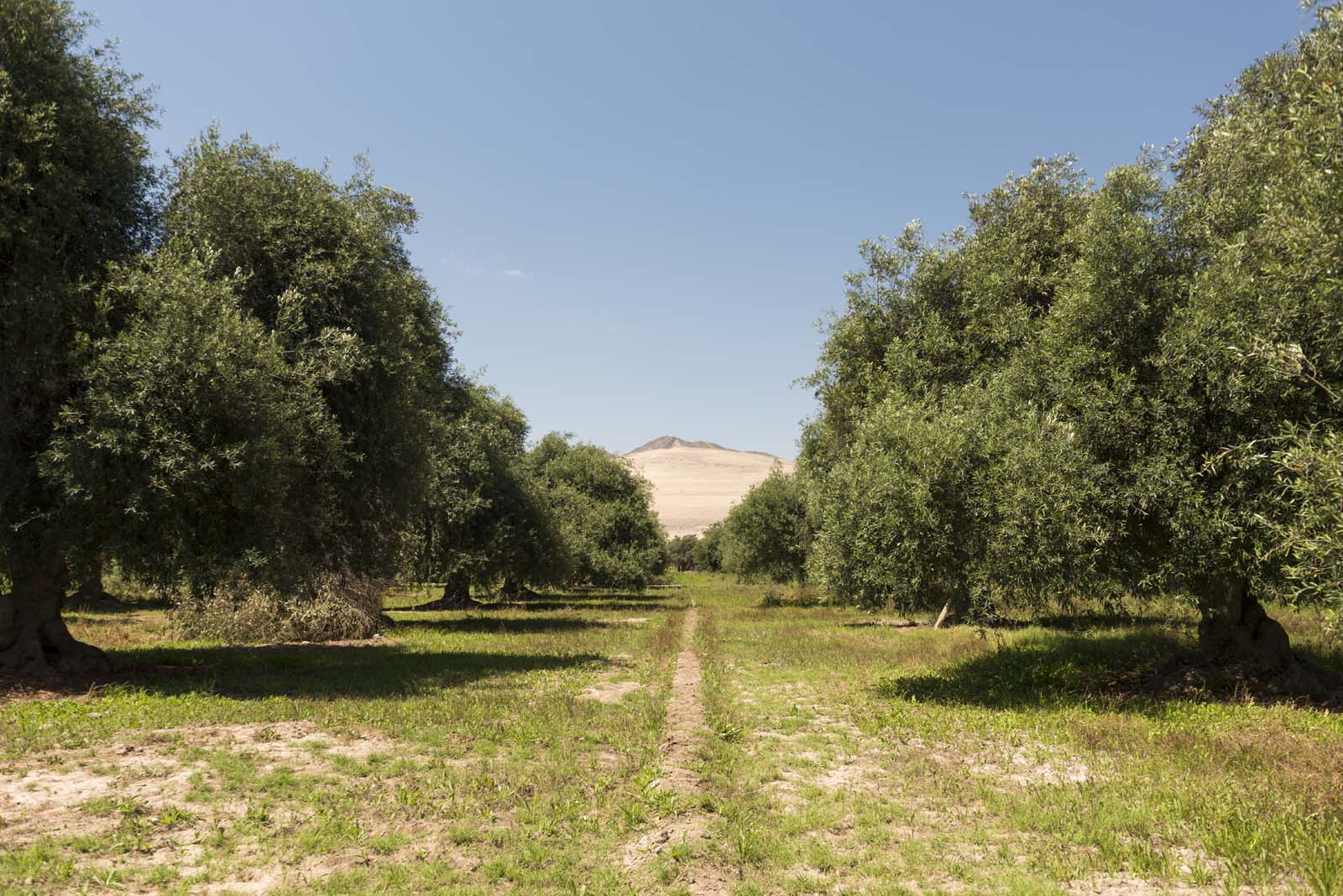
Known as the Garden of Atacama, the Huasco Valley stands out for the large number of small towns and agricultural villages in the area. Enjoy ecotourism, agrotourism, and cultural activities in the surrounding area. Get to know in depth the strength of rural traditions with origins in the Diaguita culture strongly rooted in the valley. […]
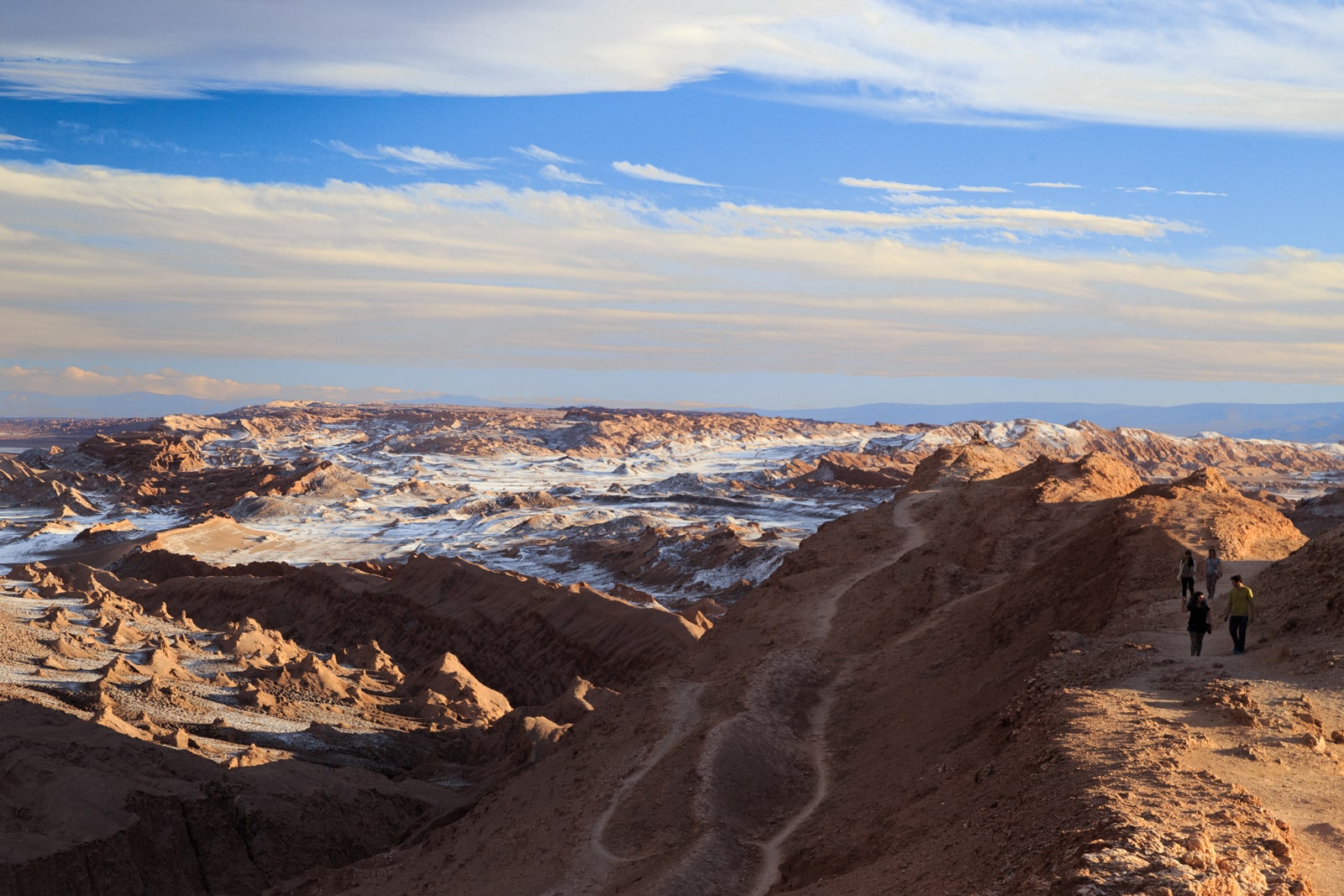
Ancestral cultures and travelers from all over the world mingle in this ancient village with dirt streets and adobe houses. Visit the old square to learn about its inhabitants’ customs. Surrender to the calm pace of its people and do not miss its old church. Soak up the local art in Pueblo de Artesanos and […]
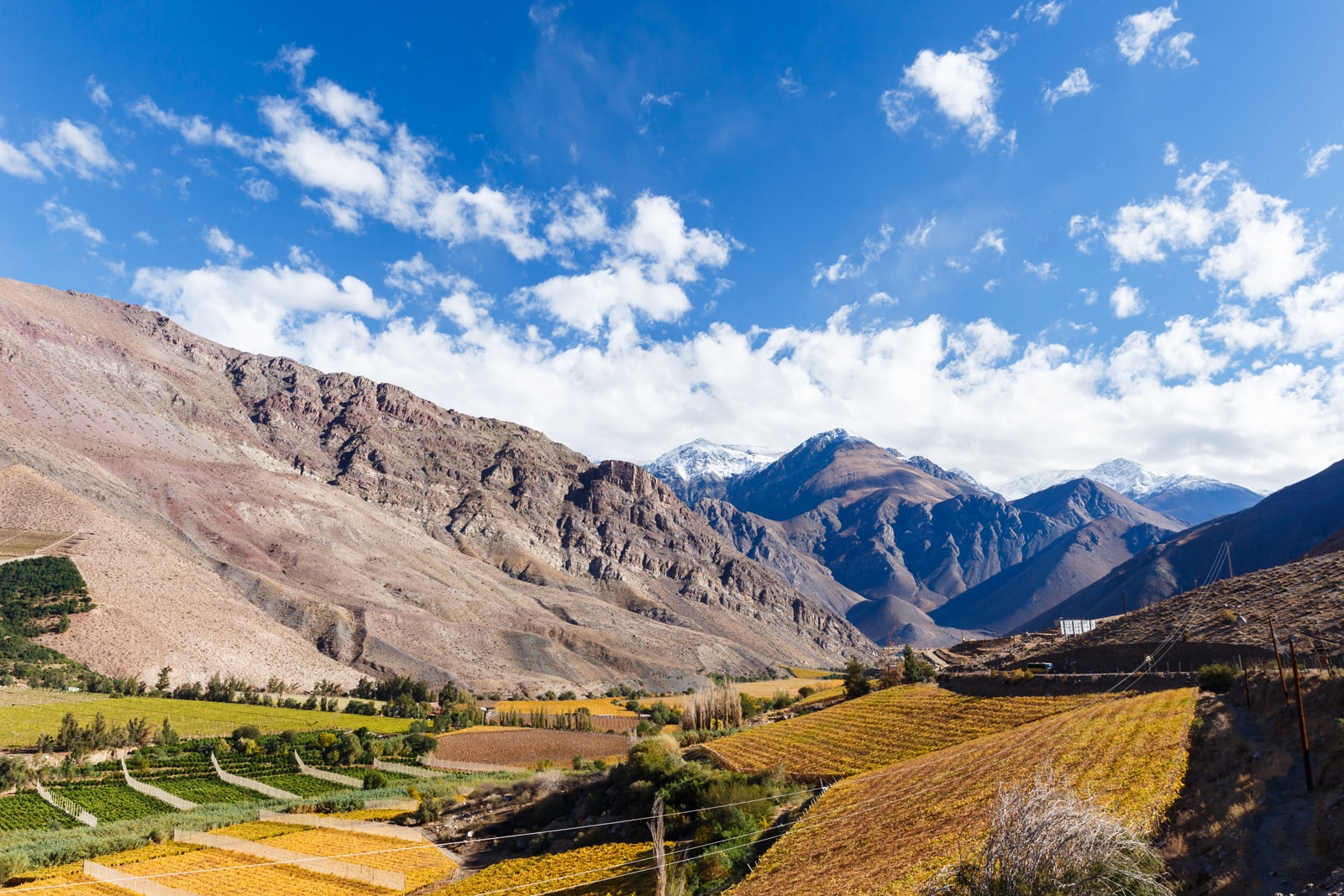
Visit one of the most important valleys in Chile, noted for the production of Syrah and Carmenere wines. Tour its vineyards and visit small towns that for years have combined agriculture with tourism. Visit Vicuña, the city where the poetess and Literature Nobel Prize Gabriela Mistral was born and take the opportunity to taste typical […]
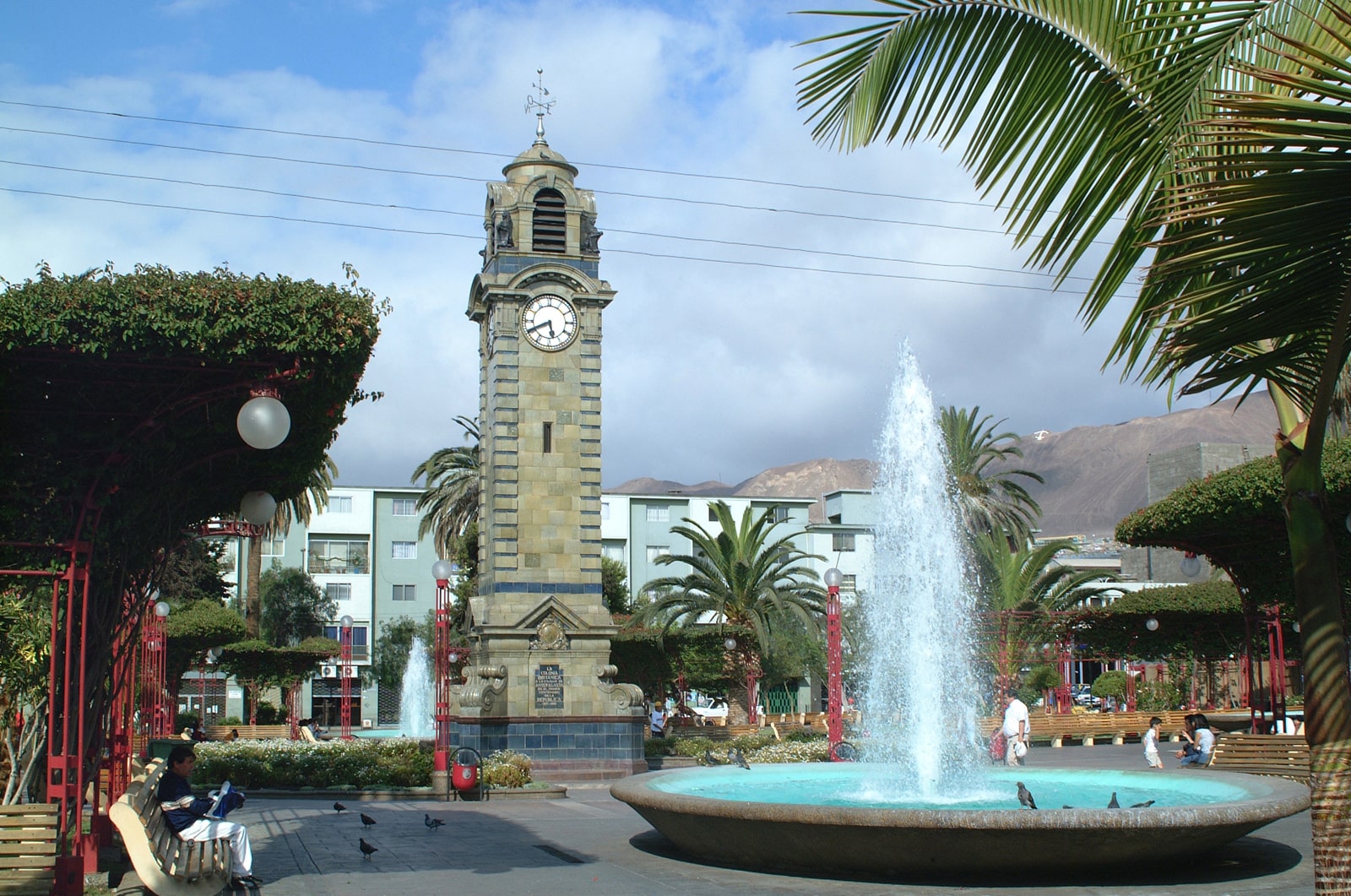
Here in Antofagasta there is a mix of stories about mining towns in the middle of the desert. The city awaits you with clear starry skies and beaches that are perfect for the family and sports. Travel through history, exploring the corners and mysteries of the saltpeter offices. These old villages, whose boom happened at […]
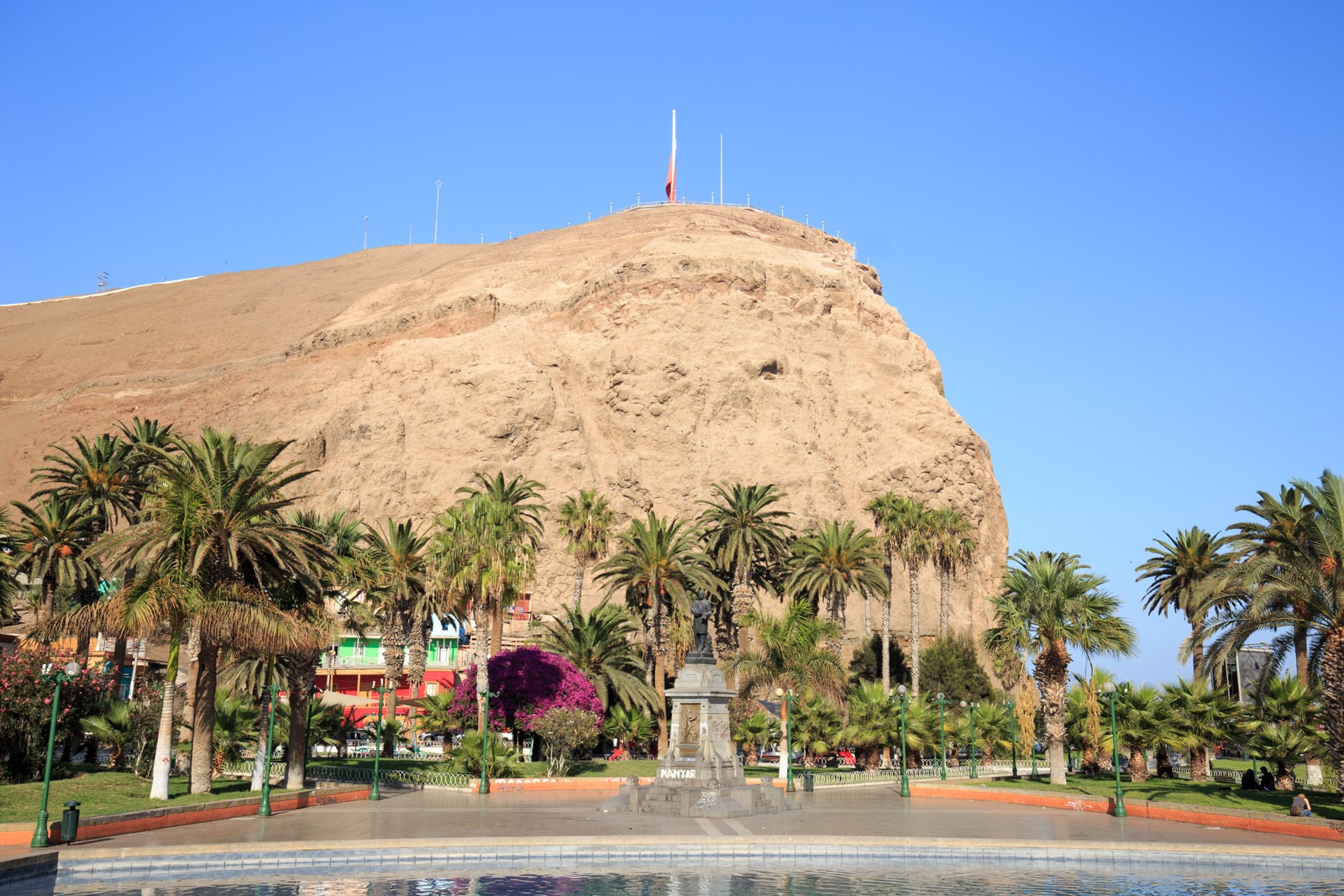
Do you love to feel the sun on your skin and the warm sand cradling you as you relax? Then you must visit Arica. Its kind weather and warm ocean beaches invite you to enjoy romantic sunsets. Additionally, you can enjoy water sports such as surfing and bodyboarding, while admiring the immensity of the Morro […]
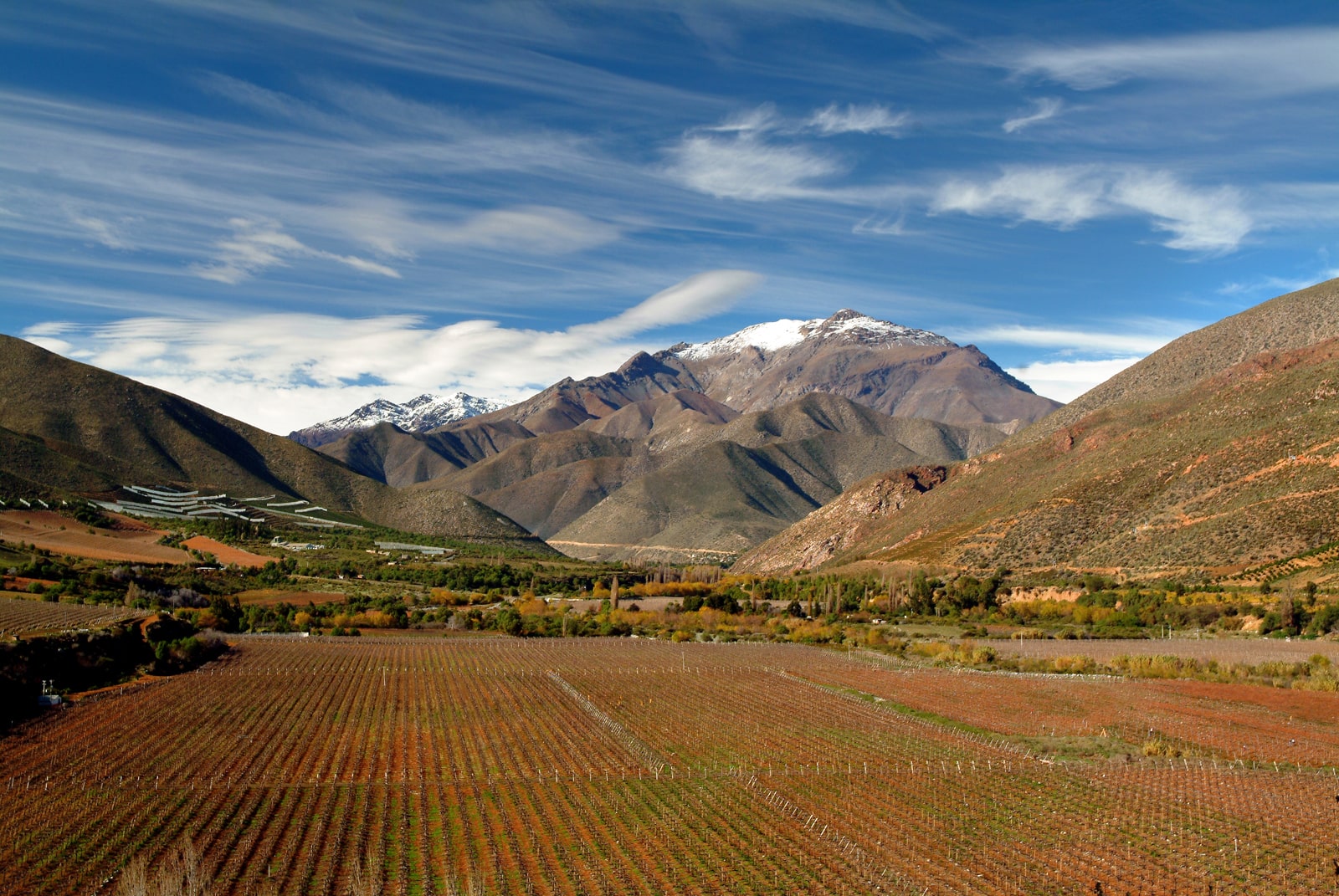
Limarí offers the perfect backdrop for unforgettable tours, greeting guests with an endless variety of green hues bestowed on the area by the large fruit fields and vineyards. Tour the towns on bike where the gold pieces with lapis lazuli win over tourists with necklaces, rings, and souvenirs containing this semi-precious stone declared a national […]
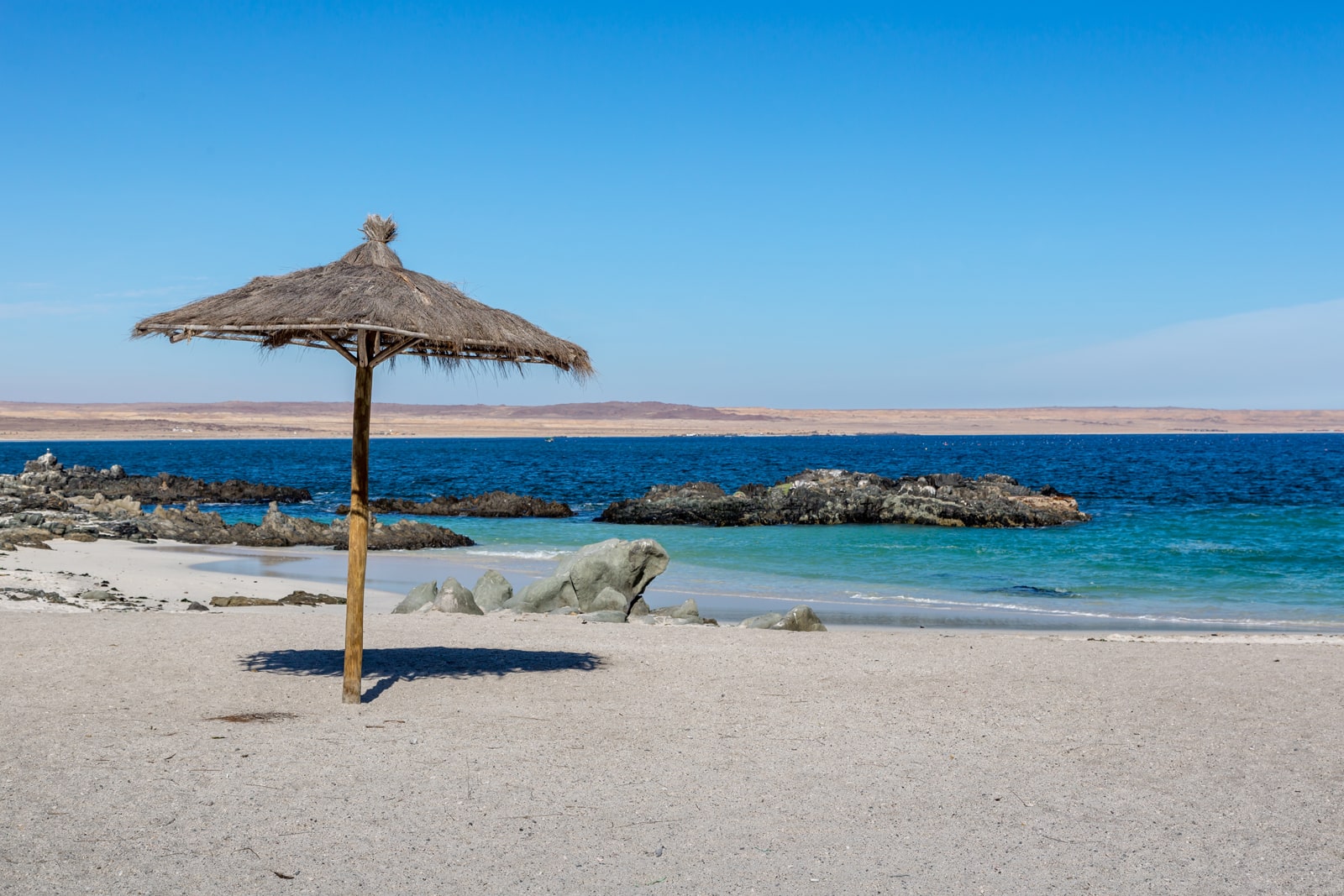
If you are looking for quiet beaches, white sands and turquoise pools to relax in, this is your place. Bring your kitesurfing equipment; its warm winds and temperatures make it an ideal place to enjoy water sports. Visit the north area of Bahia Inglesa, where you will find the Piscina Beach, a bay surrounded by […]
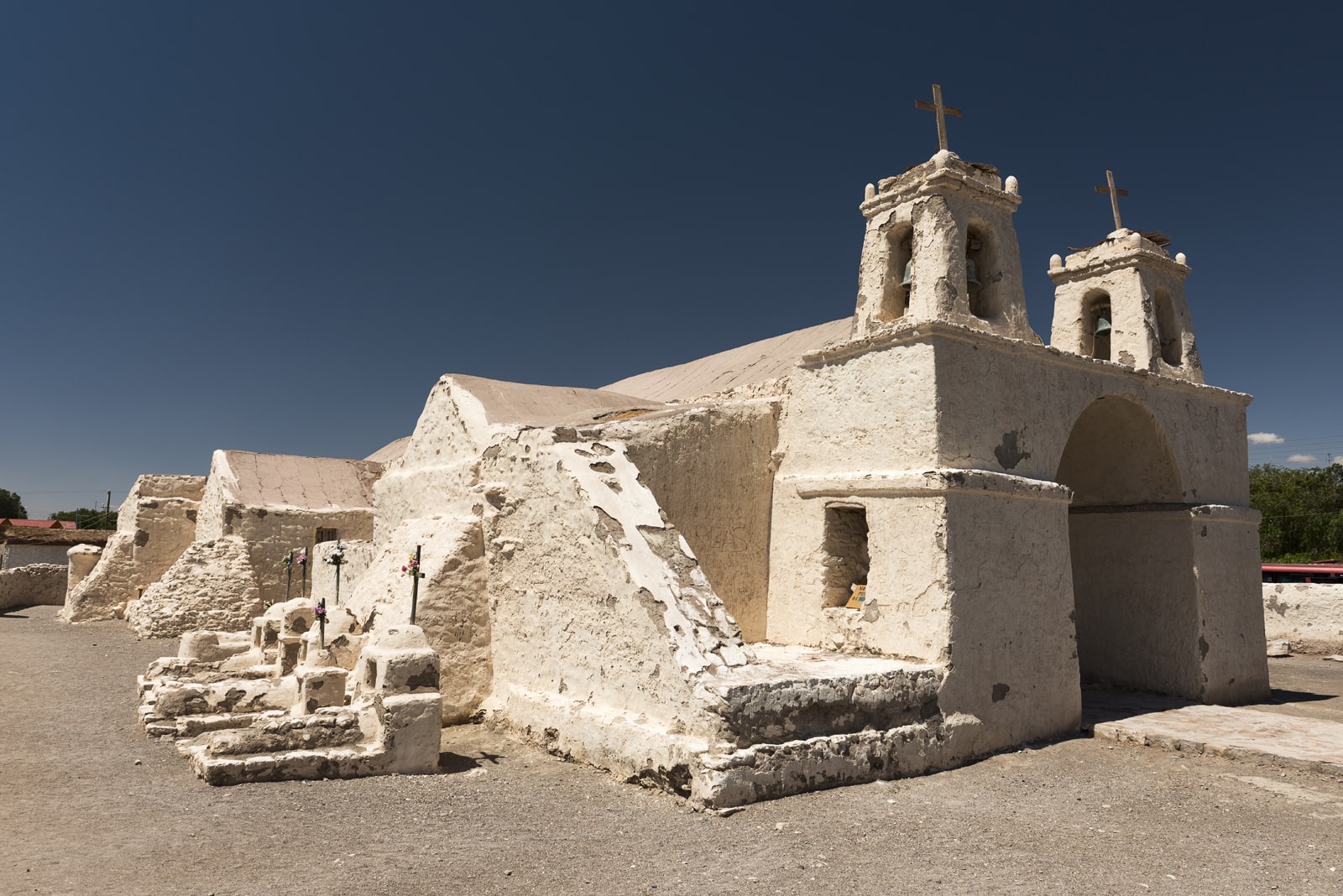
Soak up the Atacameño culture in Chiu Chiu and visit its church, one of the first to be built in Chile. Visit the Paniri Caur observatory, which mixes modern observation with the Andean cosmovision. Visit the typical area of Ayquina, where the Virgin of Guadalupe festivities are held every year. And in Caspana, let yourself […]
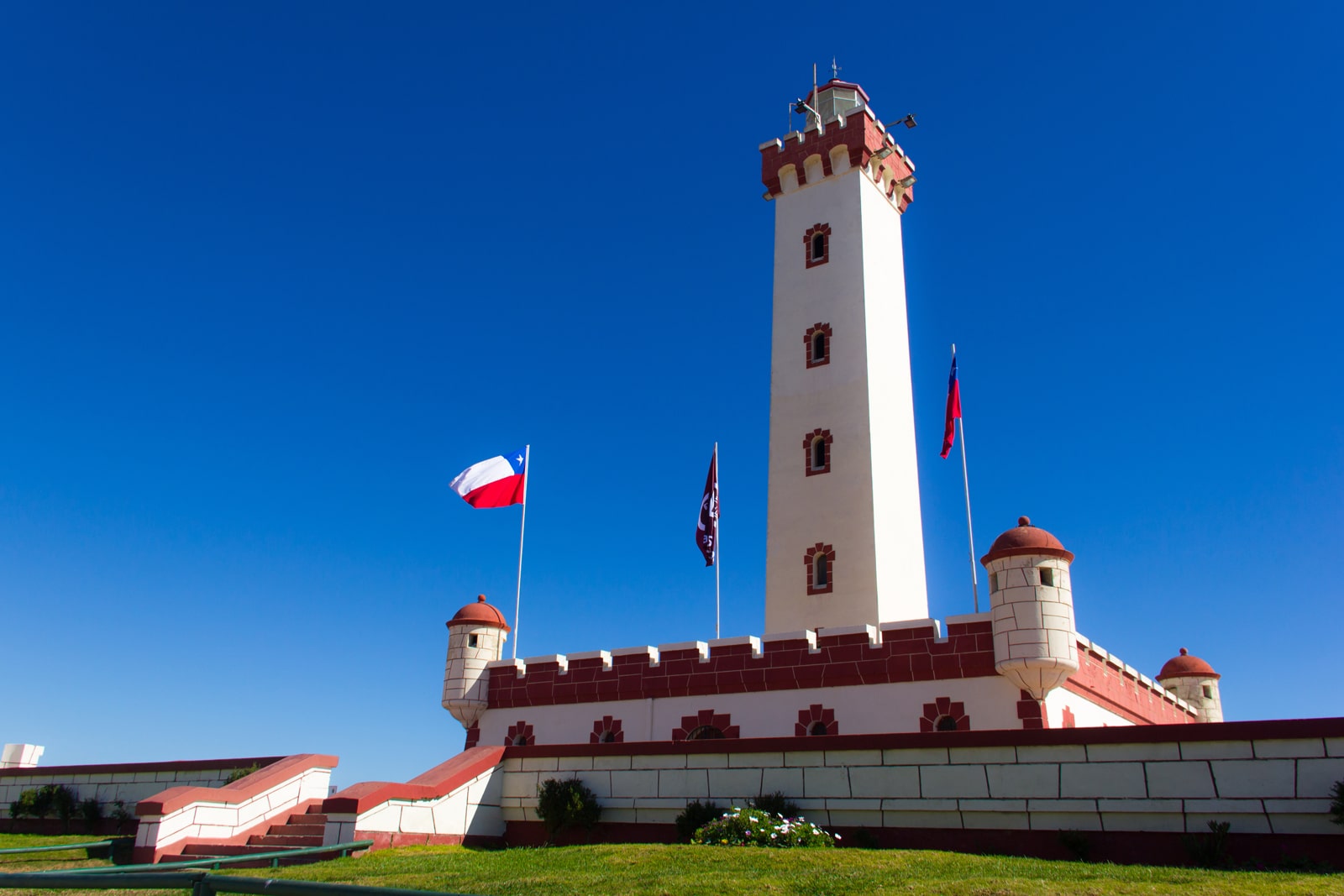
Take advantage of the beaches of La Serena during the spring and summer, walk along the long Avenida del Mar or go shopping at Recova, the area’s most famous market and arts & crafts fair. In Coquimbo, you can’t miss La Herradura beach and Barrio Inglés’ nightlife. You can also try your luck at the […]
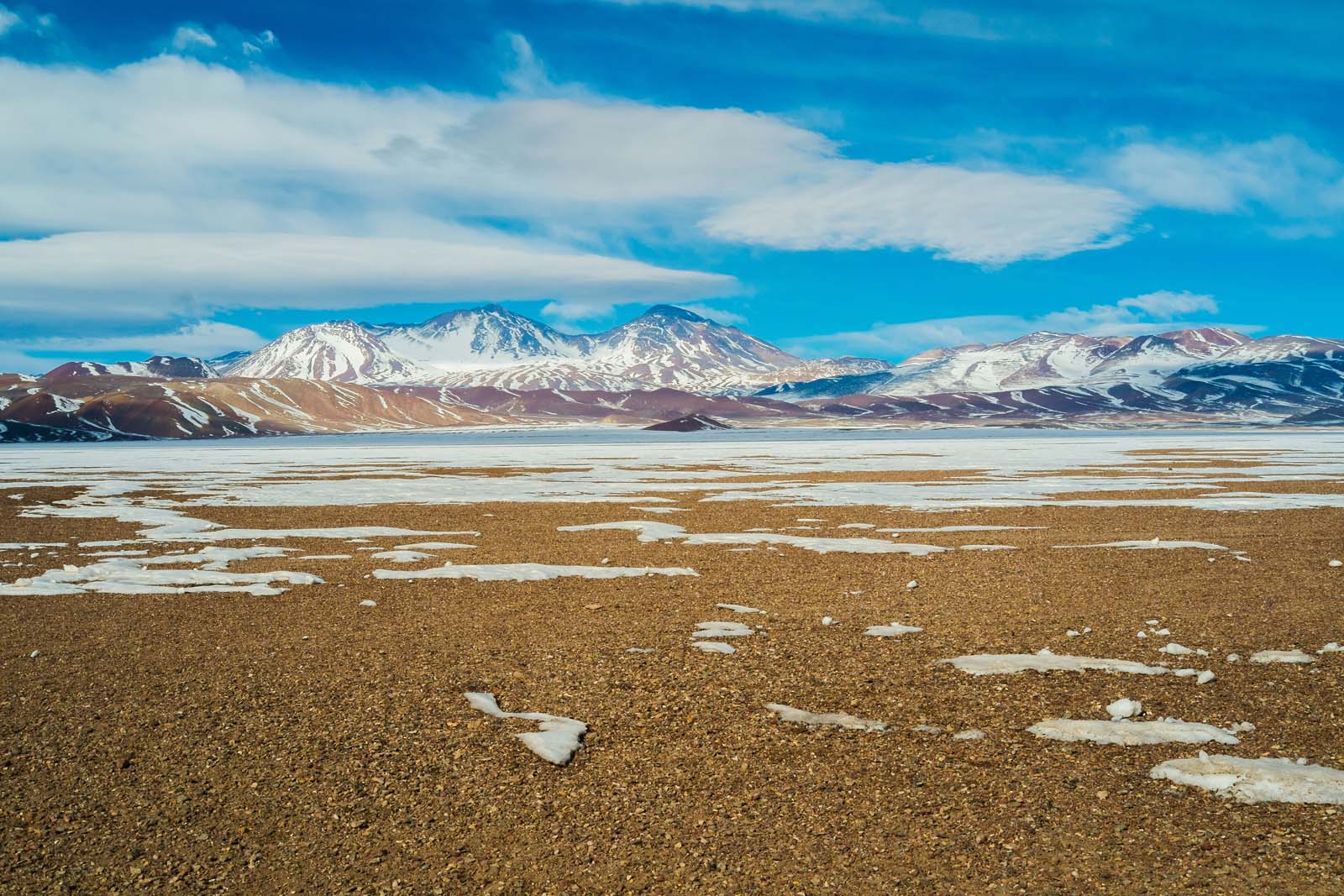
Tour Copiapó, a quiet city with mining roots.
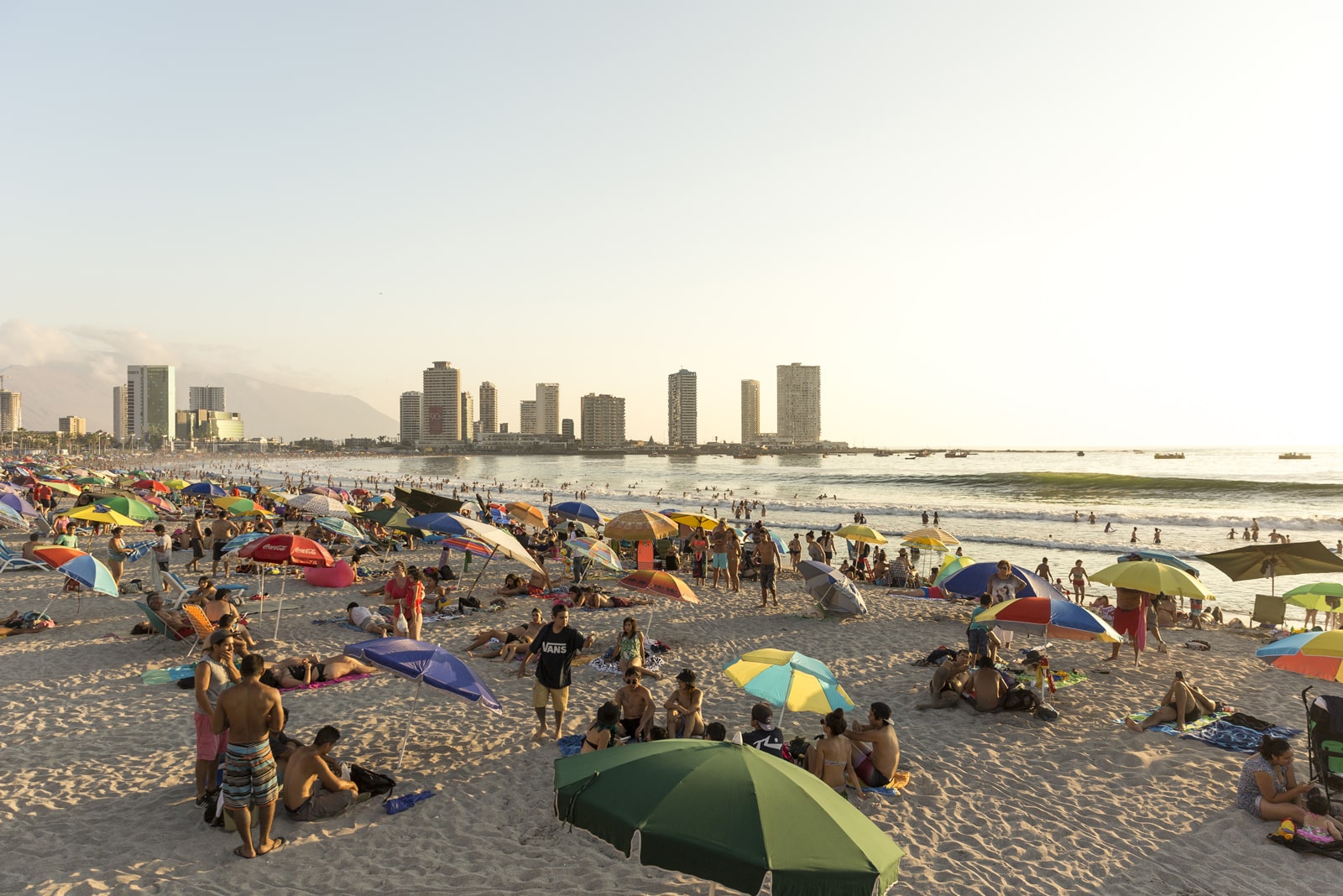
Iquique will steal your heart. Spend your day in front of the ocean, sunbathe on a deck chair, discover the Pacific seabed diving, or get on a jet ski to ride the waves. On its beaches nothing seems impossible and the nightlife is intensely felt in its bohemian establishments, where cultural mix is a constant. V
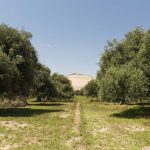
Check out all these amazing experiences
Bustling nightlife, modern shopping malls, typical Chilean textile and gastronomic products and much more are waiting for you
Sun, heat, and water, nothing better for a refreshing vacation!
Hot springs and wellbeing
Can you imagine yourself immersed in hot springs while the rain falls on the lush forests around you?
Astrotourism
Experience a trip to the stars in Chile!
come, share and live with indigenous peoples and their traditions!
Wine and Gastronomy
A combination of exquisite seafood and a great assortment of dishes from the land
Adventure and sports
If you like to feel adrenaline, there is no doubt that Chile is for you!
There are few places in the world where you can enjoy such diverse views as in Chile
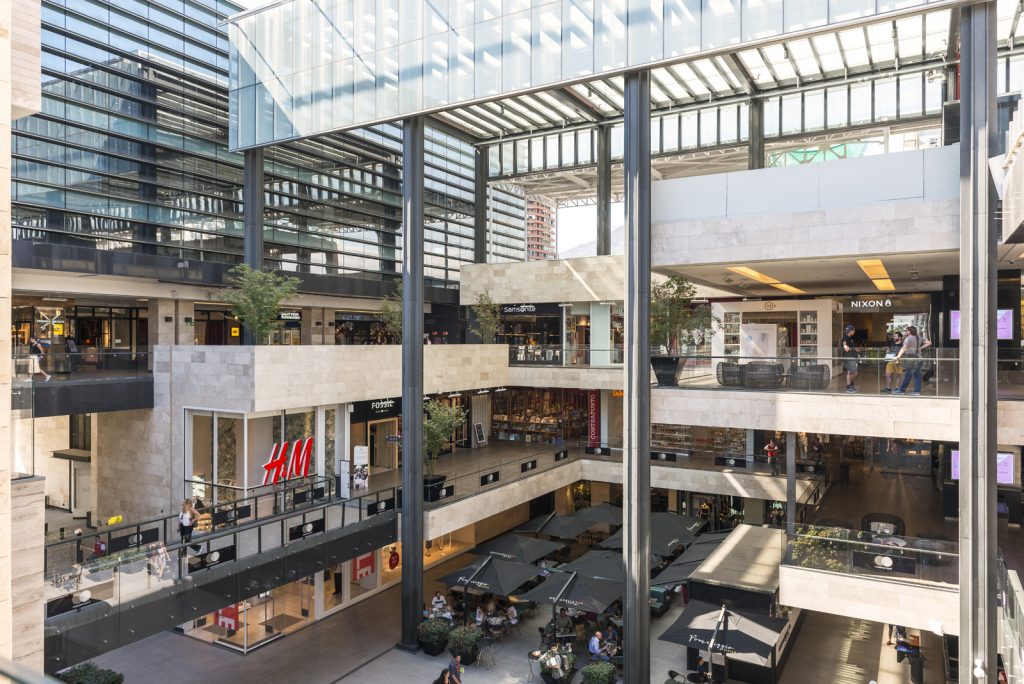
Plan an ideal itinerary for your trip
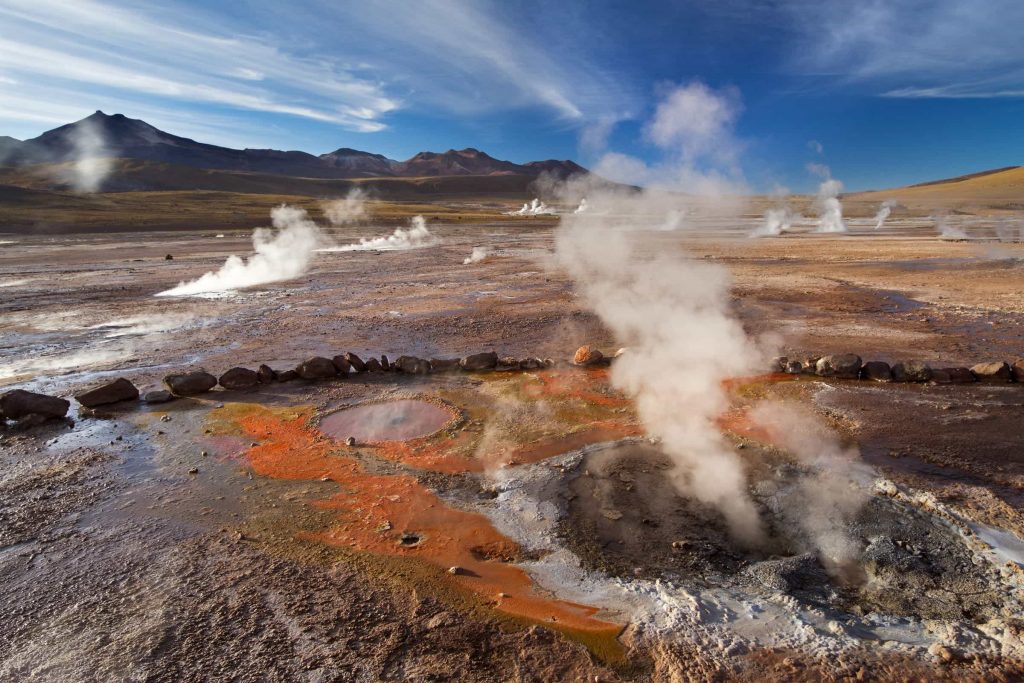
Be amazed by every single one of San Pedro de Atacama’s places
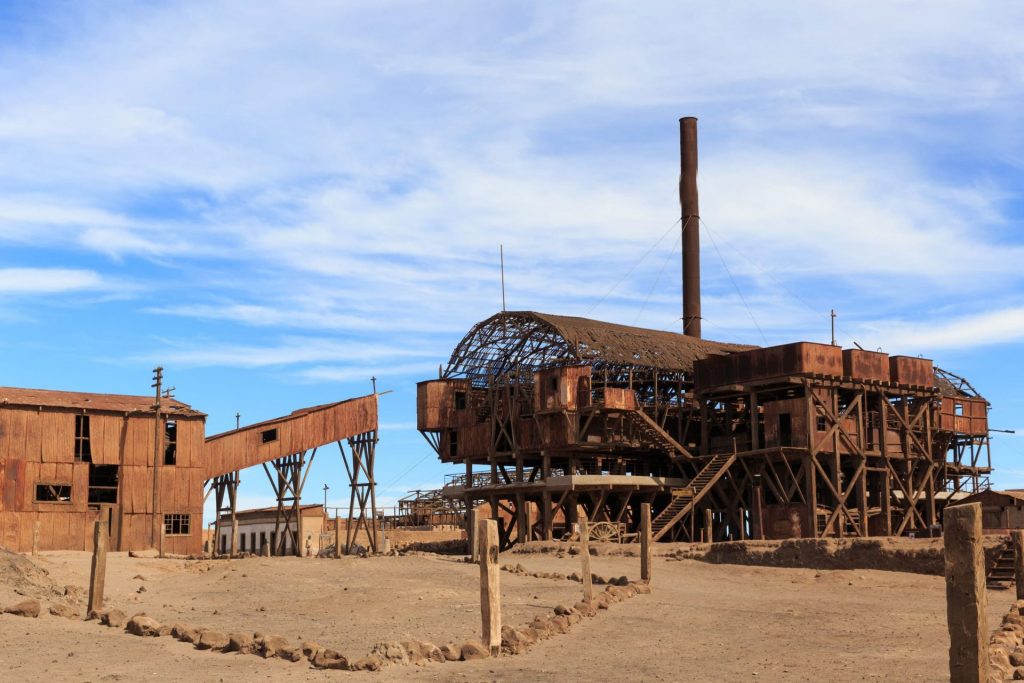
Recorre Iquique y las antiguas salitreras en el desierto
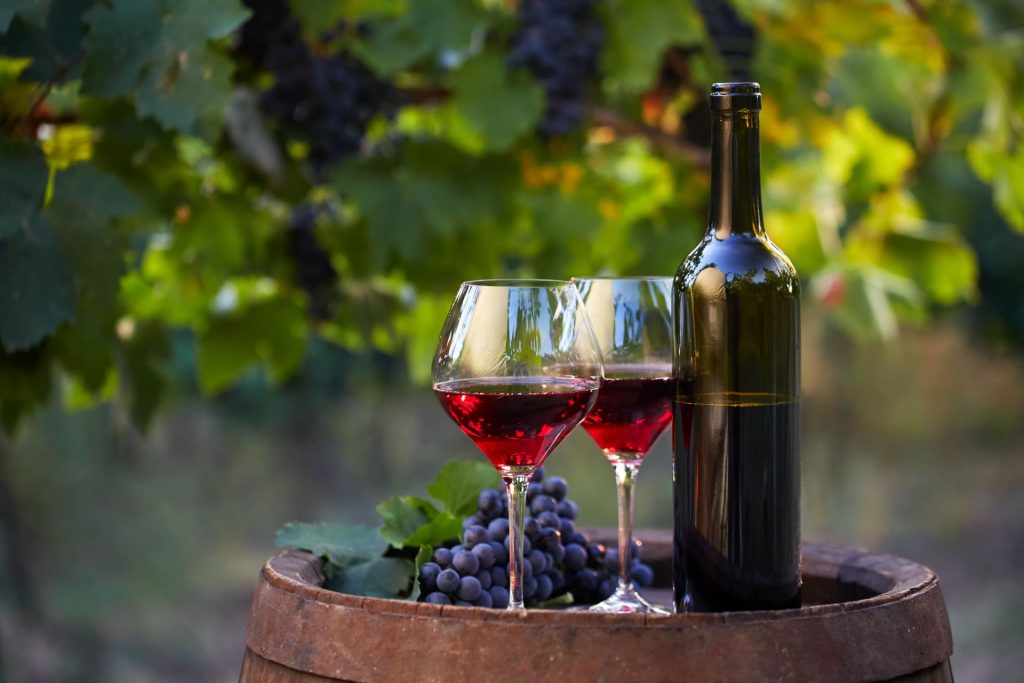
Explore the historical center of Copiapó

Beach Circuit – Bahía Inglesa
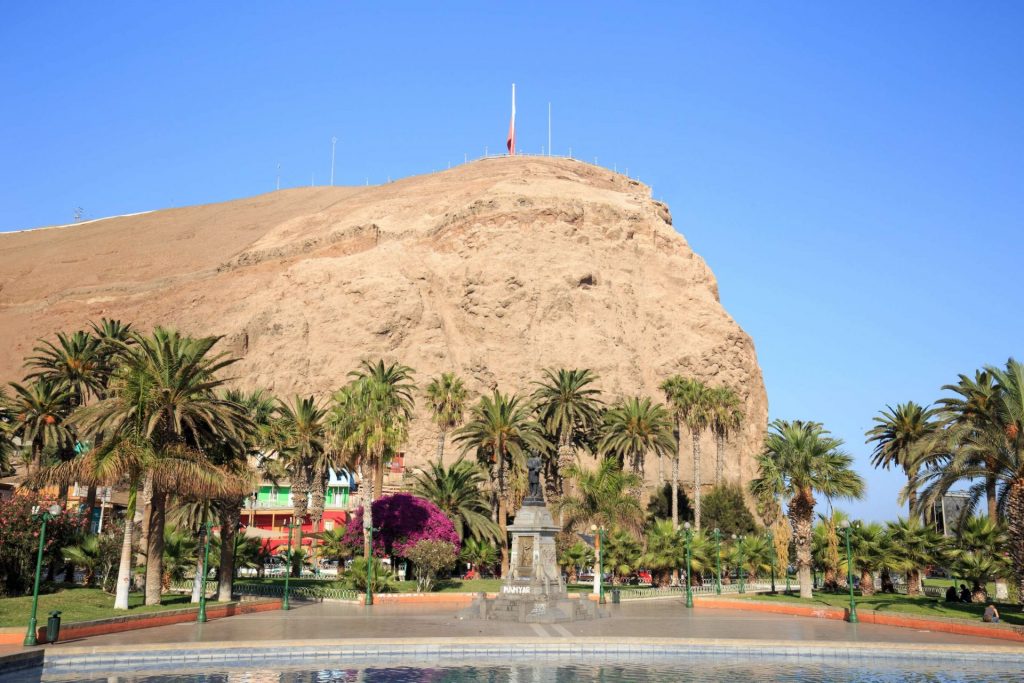
Route through the Azapa Museum, Morro, and the beautiful Anzota Caves
Things that may interest you in north and the atacama desert.
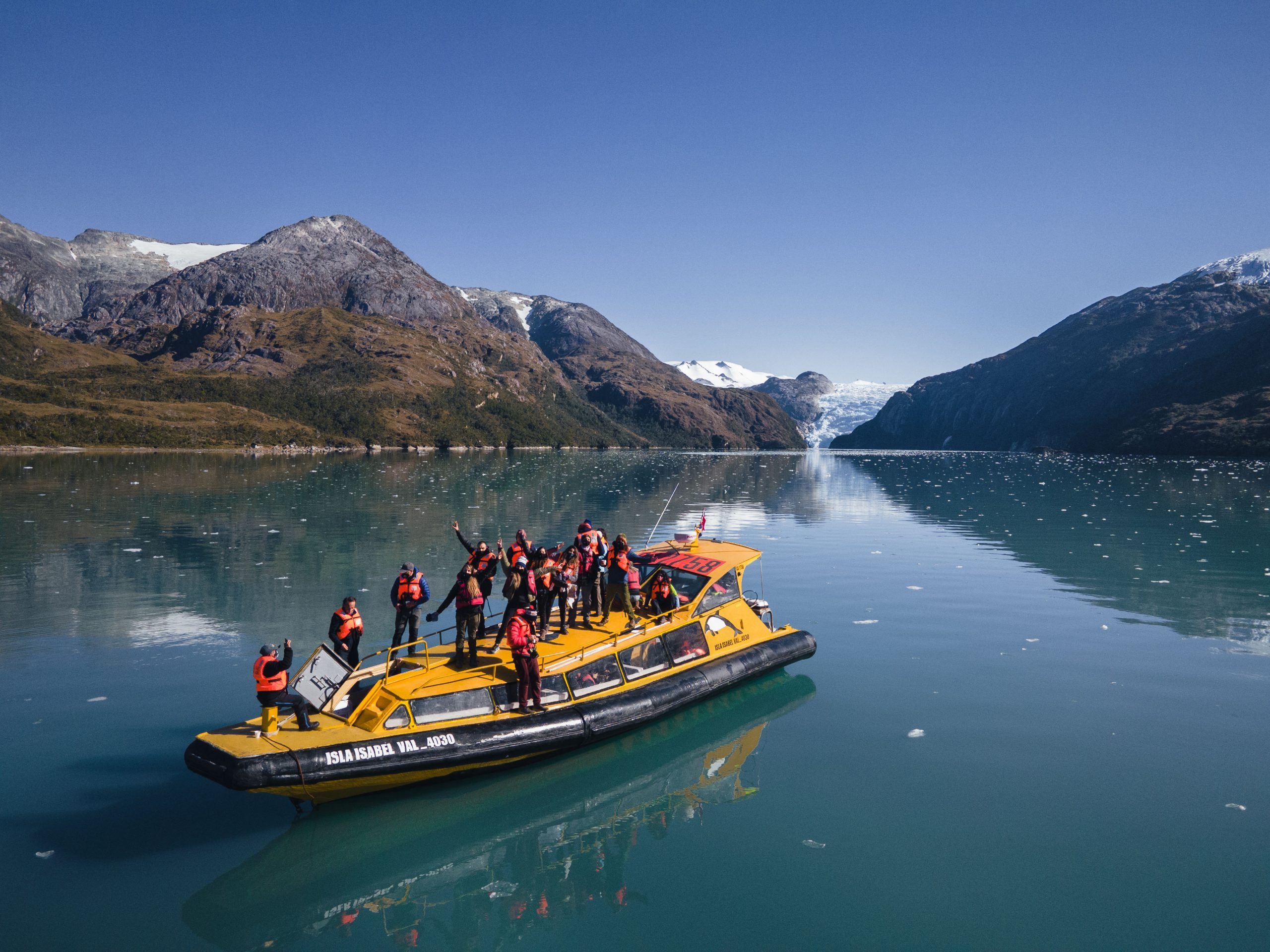
Gallery North and the Atacama Desert
Expedia Rewards is now One Key™
Northern chile.

Visit Northern Chile
Two unique natural landscapes combine in Northern Chile to create an incredibly beautiful region. High mountain plateaus sit alongside what is said to be one of the driest deserts in the world. Discover mining centers and ghost towns, lounge on sunny Pacific beaches and visit exciting cities, where for much of the year there is not a single cloud in the sky.
Explore the mysteries and beauty of the Atacama Desert, where in some areas no rainfall has ever been recorded. Not only does it boast beautiful natural wonders, but also fascinating man-made features. Head to Cerro Pintados and Tiliviche to see large geoglyphs left by indigenous peoples on the desert hillsides and ravines.
Venture to abandoned towns, slowly crumbling beneath the desert sun, which tell the story of the once-booming sodium nitrate industry. The best preserved of these towns is Humberstone, where workers’ houses, an old theater, church, hotel, and workshops with abandoned tools and paperwork still remain. Reach Humberstone easily from nearby Iquique, one of several coastal cities in the region known for their cloudless skies and duty-free shopping.
To see today’s heavy industry in action, take a tour of the giant open-pit copper mine at Chuquicamata, just 10 miles (15 kilometers) from the city of Calama. Calling itself “the land of sun and copper,” Calama, together with the nearby port town ofAntofagasta, is at the heart of the important Chilean mining industry.
To the east, the desert climbs towards the Altiplano. This windswept plateau, with lakes and salt flats ringed with snowcapped volcanoes, gets some tropical rainfall, but the high altitude means only the hardiest flora and fauna can survive. Admire the spectacular scenery and search for wildlife at the Parque Nacional Lauca.
After outdoor adventures, unwind in the hot spring oases of Pica and Matilla or hit the soft sand and warm waters of the beaches close to La Serena, a coastal town set amid rolling valleys where some of the most famous Chilean grapes are grown.
To reach Northern Chile, fly into El Loa Airport near Calama. Travel around the region via buses and minibuses.
- Northern Chile Hotel Deals
- Vacation Rentals in Northern Chile
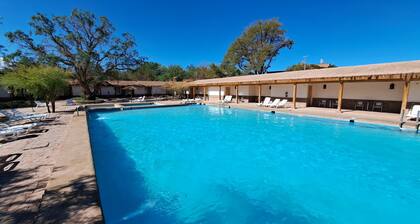
Reviewed on Apr 12, 2024

Reviewed on Mar 22, 2024
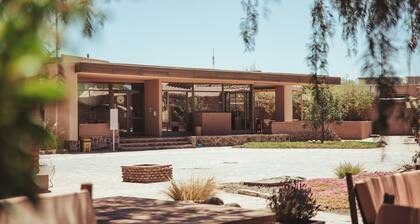
Reviewed on Apr 16, 2024

Reviewed on Apr 18, 2023
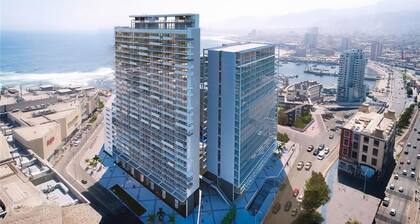
Reviewed on Jan 5, 2024

Reviewed on Jan 15, 2022
Check Northern Chile hotel availability
Popular places to visit.
- Elqui Valley
Explore the great outdoors at Elqui Valley, a popular spot to commune with nature in La Serena. Discover the area's museums and monuments.
- Valley of the Moon
Treat your eyes to the variety of colors in a deserted valley that looks like a scene from a science fiction movie.
- Plaza de San Pedro de Atacama
You can find out about the history of San Pedro de Atacama when you stop by Plaza de San Pedro de Atacama. You can seek out the local tours in this quaint area.
- La Serena Beach
If a restful vacation is part of your travel plans, La Serena Beach might be the perfect place to seek out during your trip to La Serena. Discover the area's desert landscape and spas.
- Arco Iris Valley
Spend hours clambering over the cliffs and hills of this vast rock formation to view its spectacular natural colors.
- Piedra del Coyote Overlook
Explore the great outdoors at Piedra del Coyote Overlook, a lovely green space in San Pedro de Atacama. You can seek out the local tours in this quaint area.
- Cities near Northern Chile

Antofagasta
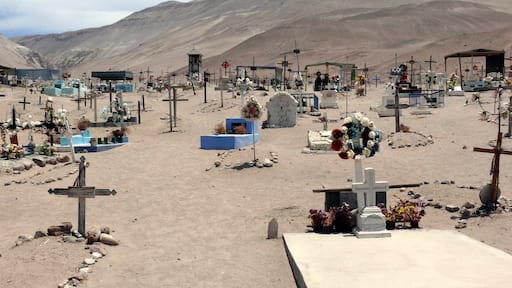
- Places of interest
- Iquique Free Zone
- Cerro Paranal Observatory
- Cavancha Beach
- Mall Plaza La Serena
- Parque Nacional Lauca
- Mall Plaza Calama
- Coquimbo Casino
- Antofagasta Fish Market
- La Serena Lighthouse
- Laucho Beach
- Nevado Tres Cruces National Park
- Mamalluca Observatory
- Pan de Azucar National Park
- Los Flamencos National Reserve
- Atacama Salt Flat
- Playa La Herradura
- Catholic University of the North
- Iquique Casino
- Puritama Hot Springs
- Plaza Colon
- Bahia Inglesa Beach
- La Portada Natural Monument
- Chiu Chui Church
- San Pedro Church
- Baquedano Street
Change location
- UK / International
- Call toll-free tomorrow from 9am EDT 617-223-4521 617-223-4950 or
- REQUEST A QUOTE
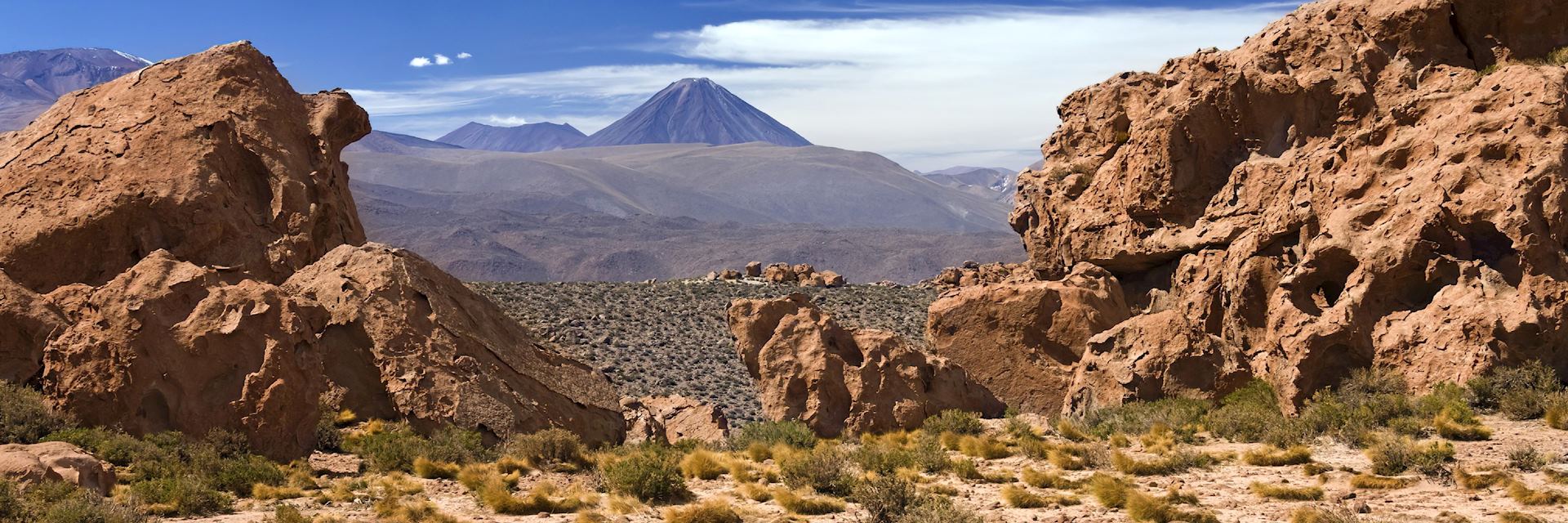
Northern Chile & Easter Island explored
11 days from $7,500pp
- The Atacama Desert
- Day-to-day Itinerary
- Chile trip ideas
Tour highlights
Experience city life in the capital, Santiago.
Explore the Atacama Desert, home to salt lakes, geysers, the Moon Valley and beautiful scenery.
Relax and explore the pretty town of Valparaiso.
Learn about the myths and legends of Easter Island.
Price includes:
- Domestic flights in destination
- In-destination transfers
- Activities and excursions as detailed
- All accommodations
- 24-hour support while you travel
Itinerary idea in detail
Ask us if you would also like us to arrange your international flights at our preferred rates.
Morning arrival transfer to your hotel. Spend the afternoon relaxing or perhaps take a city tour. If you want to explore on your own, why not walk around trendy Lastarria, home to a burgeoning art scene.
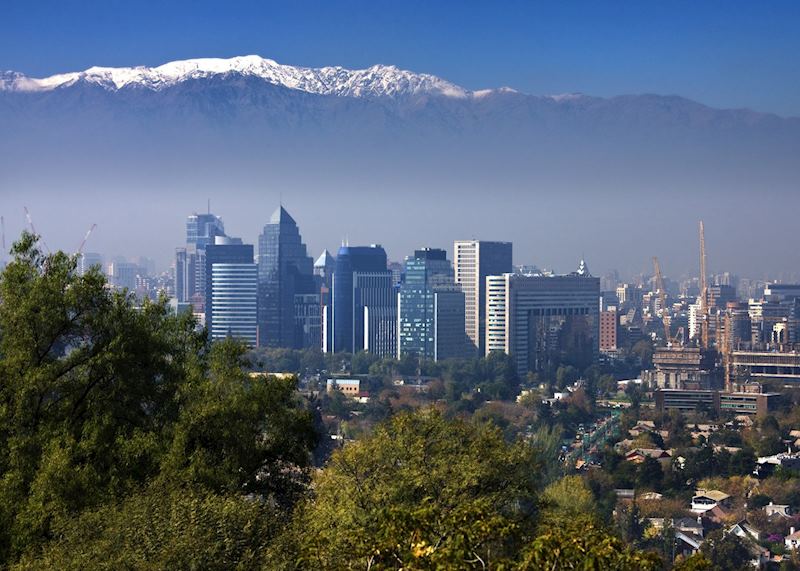
Transfer to the airport for your onward flight to Calama. Here, you will be met by your guide, who will transfer you to your accommodation in San Pedro de Atacama, in the heart of the Atacama Desert, surrounded by stunning scenery.
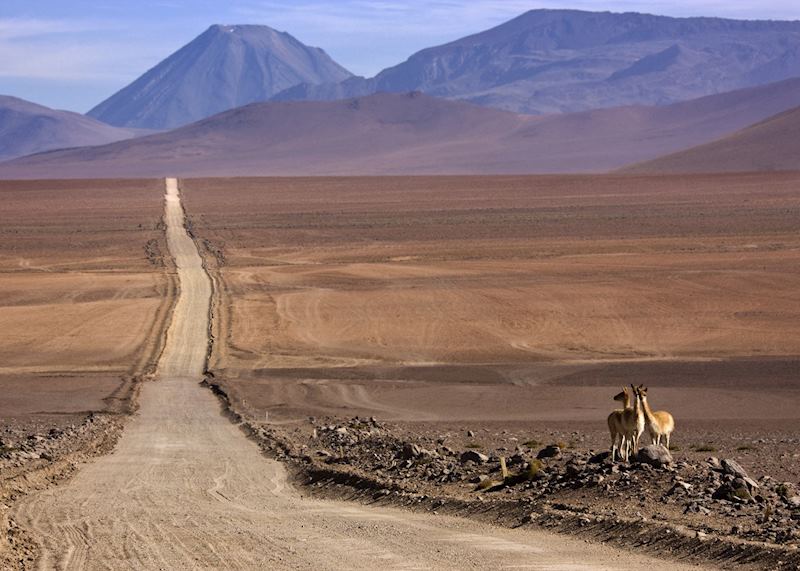
Over the next few days, your guide will help you choose from a range of excursion options in the Atacama Desert. Today could be spent visiting the famous Moon Valley, which has stunning views of Licancabur Volcano. Perhaps you could take advantage of the clear skies this evening and head off on a stargazing excursion.
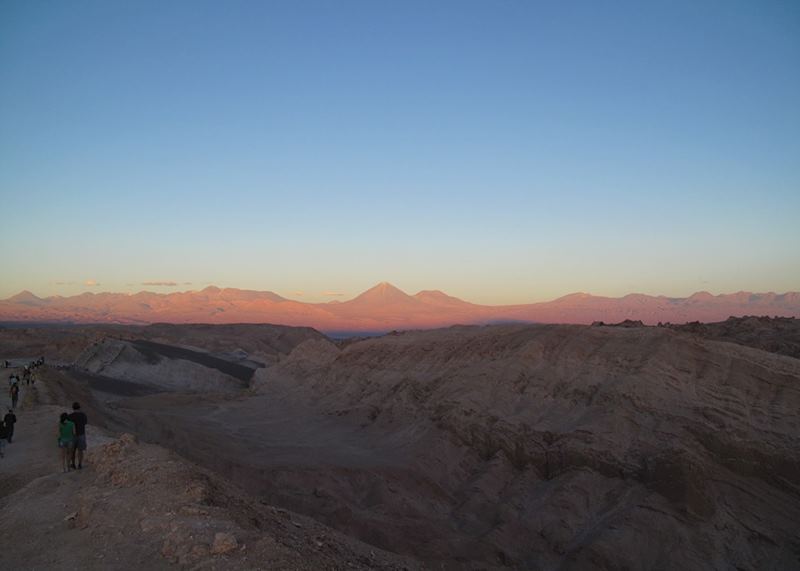
For further exploration in the Atacama Desert, perhaps visit the stunning geysers at El Tatio for an up-close view of these impressive volcanic features. In the afternoon, why not visit the Salar de Atacama and try and observe flamingos.
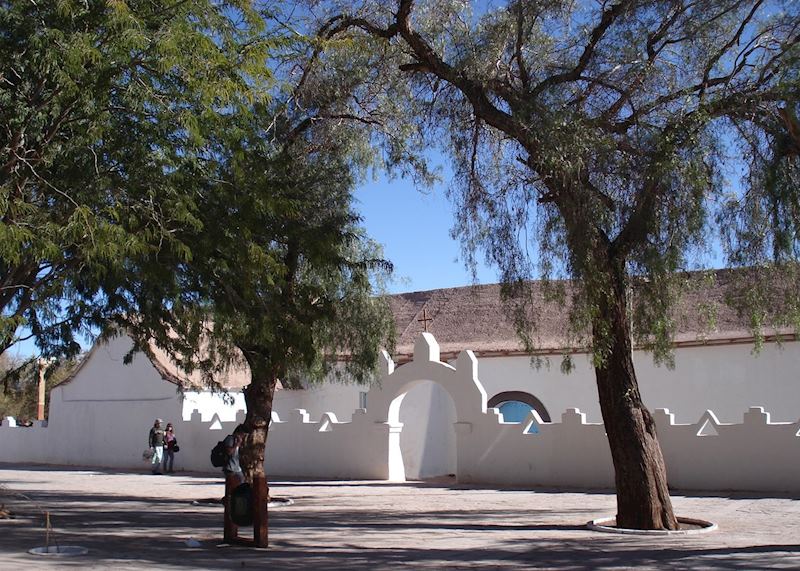
Your hotel will transfer you back to Calama Airport this morning in time for your onward flight to Santiago. Here, you will be met and driven by your private driver through valleys of vines to the quirky city of Valparaiso on the Pacific coast.
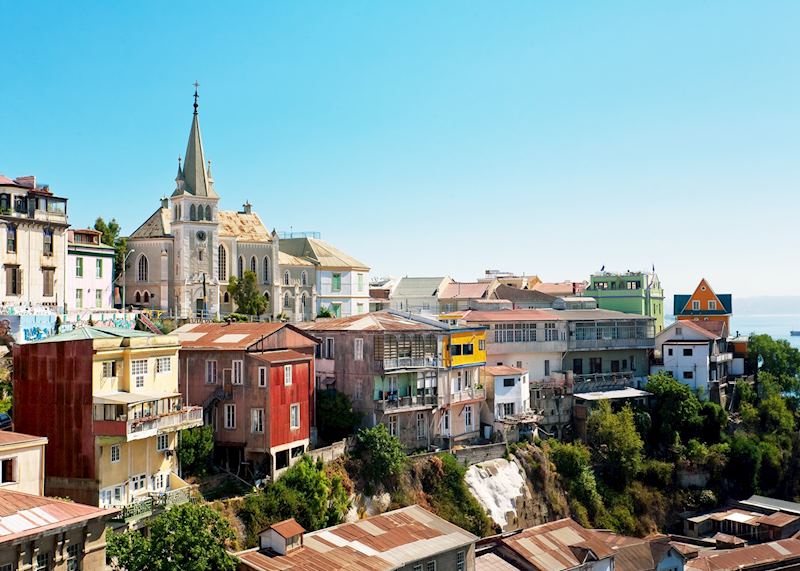
Enjoy a tour of Valparaiso with your private guide, ride on the funiculars that link the port to the hills, enjoy some fascinating local life and discover the home of one of Chile's two Nobel Prize winning poets, Pablo Neruda.
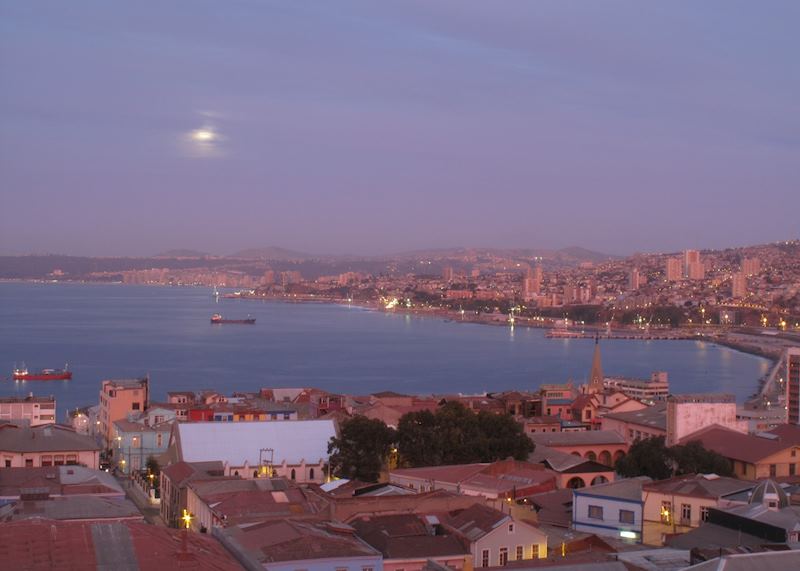
Travel back to Santiago with your private driver in time to fly to Easter Island. Upon arrival on this far-flung outpost in the Pacific you will be met and escorted to your accommodation.

Over the next few days, your guide will help you choose from a range of excursion options on Easter Island.
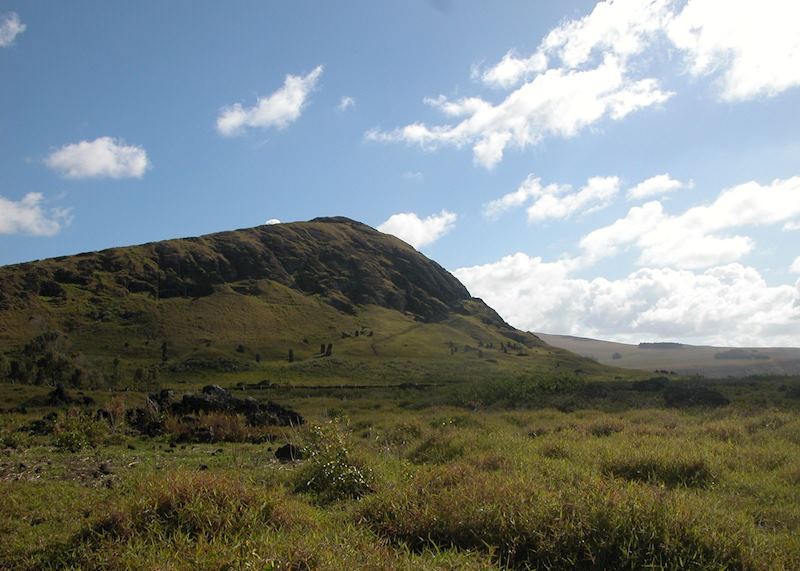
Further excursions on Easter Island.
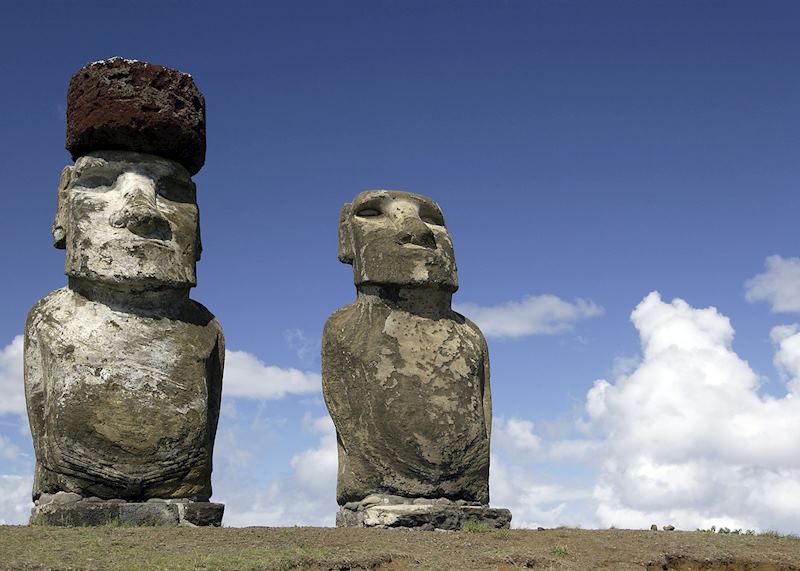
Your lodge will take you back to the airport today in time for your flight to Santiago, where you have one more night.

Transfer to the airport for your flight home.
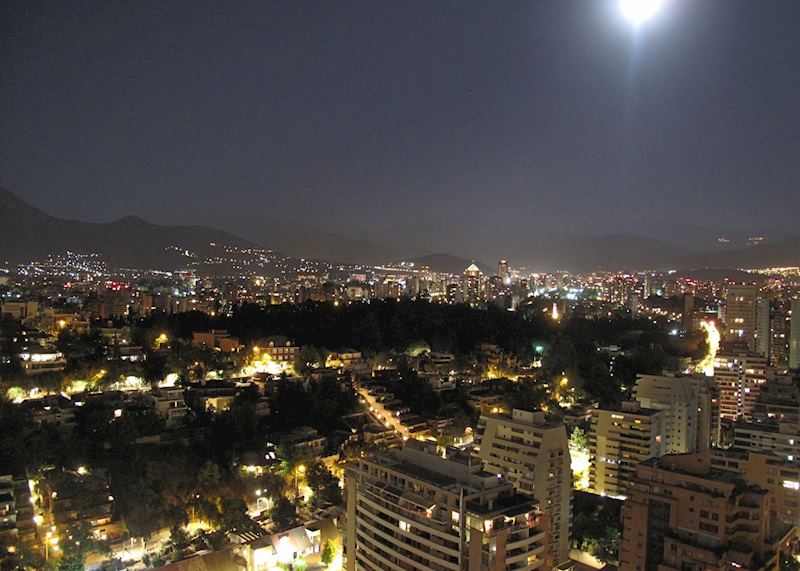
Accommodation options
While the itinerary price reflects the suggested accommodations, Audley trips are 100% tailor-made, and a specialist can help you select the option best suited to your tastes and budget.
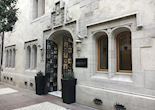
The W Hotel

Casa Bueras
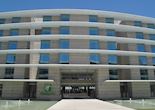
Holiday Inn Aeropuerto
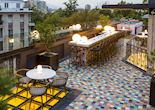
Hotel Luciano K
View more accommodations in santiago.
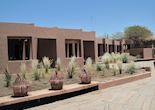
NOI Casa Atacama
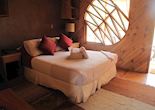
Hotel Poblado Kimal
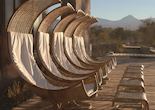
Tierra Atacama
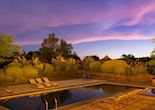
Our Habitas
View more accommodations in san pedro de atacama.

Hotel Acontraluz
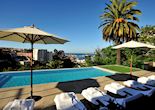
Casa Higueras
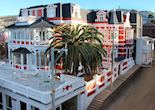
Hotel Palacio Astoreca

View more accommodations in Valparaiso

Hotel Puku Vai

Explora Rapa Nui
View more accommodations in easter island.
- San Pedro de Atacama
- Easter Island

The specialist who designs your trip to Chile will have explored the country many times and, in some cases, lived there. Their first-hand knowledge gives us the belief that no other travel company can match our expertise in helping you plan your trip.

Watch our tailor-made process
Other tours you may be interested in.

Luxury southern Altiplano: Chile, Bolivia & Argentina
14 days from $17,190pp
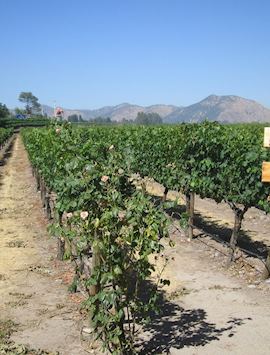
Trekking & cruising in Patagonia
9 days from $8,085pp

Southern Chile tour: winelands, Easter Island & Torres del Paine
10 days from $6,675pp
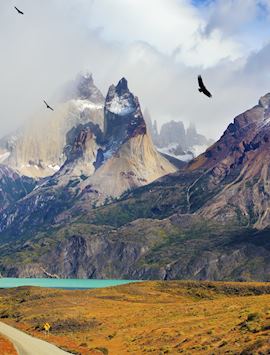
Complete Chilean Patagonia tour
22 days from $13,680pp
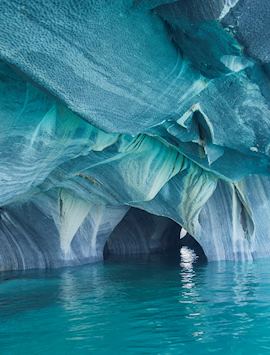
Aysén uncovered
7 days from $5,255pp

Luxury Chile tour
11 days from $11,785pp

Self-drive tour through Chile & Argentina
12 days from $6,185pp
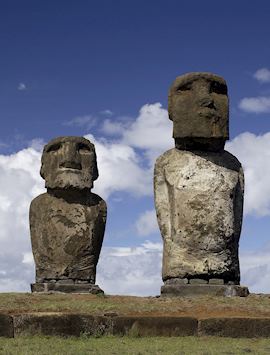
Grand tour of Chile
19 days from $13,800pp
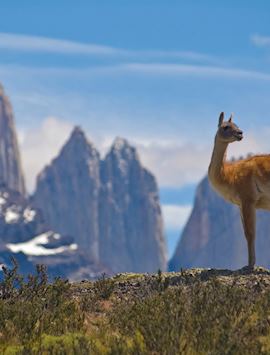
Chile & Argentina's Patagonian highlights
10 days from $8,370pp

My 1-Month Chile Travel Itinerary: Visiting Northern & Central Chile
One month in Chile sounds like a long time, but when you’re talking about a country that is 4,300 kilometres in length, that’s a whole lot of ground to cover!
When we were first planning our trip to Chile I naively thought a month would be plenty of time to travel the full length of the country. I really wanted to make it all the way down to Patagonia (and beyond) and looking at a map it seemed doable; in reality, one month was barely enough time to cover half the length of the country.

Our travels primarily focused on Northern and Central Chile with a quick hop over to Easter Island , and while I may not have gotten to see the majestic mountain ranges further south, I feel like I got a pretty good taste of the country. For anyone planning a similar trip, here’s a breakdown of my month-long Chile travel itinerary :
// 2 days //
We crossed over to Arica from Bolivia by bus and used our 2 short days in the city to catch up on rest and enjoy the warm temperatures. After a few weeks braving the altitude with cups of coca tea and woollen alpaca sweaters, we were ready to enjoy the ocean breeze and bask in the sunshine. Since Arica sits right on the shores of the Pacific Ocean, this proved to be the perfect place to unwind.
As you can probably tell from the lack of photos from Arica, we weren’t feeling particularly ambitious in terms of sightseeing, but if you are up for some exploring, you can climb El Morro de Arica , a hill that looms 110 meters over the city; visit Iglesia San Marcos , which was designed by Gustave Eiffel (yes, the same one responsible for the Eiffel Tower); or stop by Museo de Sitio Colon 10 , which is a small museum featuring 32 mummies that were excavated on site.
Another alternative is getting a taxi to drive you out to Museo Arqueologico San Miguel de Azapa , which is located 12 kilometres outside of Arica. This museum is home to some of the oldest mummies in the world!
We filled our brief visit to the city with lots of walks and foodie outings, and coincidentally ended up discovering one of the best restaurants we have ever eaten at! If you find yourself in Arica, you have to go to El Chalan . They specialize in Peruvian food, and after eating dinner here on my first night, I ended up coming back again and again. Their shrimp risotto is to die for – so rich and creamy – and I also loved their ceviche which was made to perfection and transported me right back to Lima .

San Pedro de Atacama
// 4 days //
From there it was onwards to the Atacama Desert. The town of San Pedro is quite sleepy and there isn’t a whole lot to do here aside from enjoying the cafes , people watching in the square, and visiting the adobe church. That being said, you don’t come to San Pedro to spend your time in the town! This place is meant to be used as a base while you enjoy some really cool day trips around the desert.
Some of our favourite day trips included a sunrise tour of El Tatio Geysers , complete with a soak in the hot springs and a delicious pancake breakfast; a sunset tour of The Valley of the Moon , featuring breathtaking landscapes set aglow by the setting sun; and Sam also did a full day tour of the Altiplanic Lagoons , where he got to see white and pink flamingoes.
If you luck out with clear skies you can also consider a Stargazing Tour , where you get to spot stars, planets, and constellations using fixed telescopes. Just keep in mind that these tours are weather dependant and they tend to fill up fast.

// 7 days //
We passed through Santiago a total of 3 times on our travels through Chile – mostly to catch buses and planes. Our time in the city amounted to about a week , but in retrospect, I’d argue you can cover most of Santiago in 3-4 solid days.
First up, let’s start with the views. Santiago boasts the Andes in the horizon (and while the air can be quite smoggy!) you can still get some pretty cool panoramic views of the mountain range from either Sky Costanera or by riding the funicular to the top of Cerro San Cristobal .
I would also recommend visiting Cerro Santa Lucia , an ancient volcano turned park in the heart of the city. The hill is home to Neptune’s Fountain, Hidalgo’s Castle, and plenty of spiralling staircases and winding trails. Another option for a green escape in the heart of the city is Parque Forestal , an urban park that runs along the Mapocho River.
For the art lovers , there’s no shortage of museums including the National Museum of Fine Arts and the Museum of Contemporary Art , which are back to back. Or if it’s history you crave, you can choose from the National History Museum , the Museum of Pre-Columbian Art , or the Museum of Memory and Human Rights .
As for food experiences , one of our favourite dishes we tried in Santiago was the chorrillana. To me, this is the Chilean version of a Canadian gourmet poutine. Just picture a heaping plate of french fries topped off with fried onions, sausage, shaved beef, olives, eggs and just about anything you can imagine.

Visiting Valparaiso felt like floating through a rainbow. This has got to be one of the most colourful cities in the world!
Since Valparaiso is all about the street art, we started our visit by joining the Free Walking Tour to help us get familiar with the city . The tour mainly focused on Cerro Concepción and Cerro Alegre , where we spotted some really cool murals.
No visit to a port city would have been complete without a tour of the harbour, so we also managed to squeeze that into the schedule. We lucked out with a few unusually sunny days, so we decided to do the 30 minute tour that departs from Muelle Prat . The cost was 3,000 Chilean Pesos and we got to see giant container ships, tug boats, and navy vessels, while the guide talked about the port’s history.
Another cool place to check out in Valparaiso is La Sebastiana . This was the home of Pablo Neruda, Chile’s most famed poet and writer, and it has a pretty eclectic decor. La Sebastiana is 5 stories high and it’s quite artsy and eccentric inside. Upon admission you’ll get a headset, so make sure you turn it on to hear all about Neruda’s dress-up dinner parties where he would often go through several costume changes to stump his already inebriated guests.
Viña del Mar
// 1 day //
Since Viña del Mar is only 8 kilometres away from Valparaiso, we hopped on the metro and took the 15 minute ride out to the popular seaside resort.
We opted for a super relaxed day, so instead of ticking off attractions, we just walked along the Costanera with the sea breeze whipping in our hair, enjoyed the cool sand at the beach, and then grabbed seafood for lunch. Once again, you can probably tell we weren’t feeling particularly ambitious by the lack of photos here!
If you come with more time, you may also want to visit Wulff Castle , which is perched right by the sea; go for a walk through Parque Quinta Vergara , one of the many parks that gives Viña del Mar its status as a Garden City; or spend an afternoon at the Museum of Archaeology and History Francis Fonck , which boasts a moai and an extensive collection of artifacts from Easter Island.
But now let’s talk about music; every year during the third week of February, Viña del Mar hosts the largest and best known music festival in all of Latin America: Festival Internacional de la Canción de Viña del Mar . They’ve had singers like Shakira, Ricky Martin, Chayanne, Marc Anthony, and Carlos Santana grace the stage, so if you’re into Latin music it might be worth planning your visit to coincide with this event (just keep in mind you’ll have to book things really far in advance!)

Easter Island
And now for one of the absolute highlights, let’s talk about the magical place that is Easter Island. I’ve already written about how you can travel Easter Island on a budget and I’m working on another massive post that breaks down my one week itinerary, but in the meantime, here’s a look at what we got up to.
Aside from seeing moai, I wanted to climb volcanoes (duh!), so on our first day on the island we walked to the outskirts of town and found the trail that leads up to Rano Kau . This extinct volcano sits on the southern tip of the island and it’s one of the coolest things I have ever seen. While you can’t set foot inside the crater – that’s a protected area – you can get some amazing views of the wetlands. Rano Kau has its own microclimate and its own vegetation which differs from the rest of the island. From here, you can continue on to Orongo Village , a stone village and ceremonial centre which is just a bit further up the road.
One of the best decisions we made on Easter Island was renting a car for a few days. This gave us the mobility and flexibility to cruise around the island wherever and whenever we wanted. We drove out to Rano Roraku to see the moai quarry, we went to Ahu Tongariki to watch the sunrise over the 15 moai, we visited Ahu Akivi to see the only moai on the island that look out to sea, we dipped our toes in Anakena Beach , and so much more.
Add in a few travel days to get from place to place, and just like that one month was gone! We may not have made it all the way down to Patagonia like I initially wanted to, but I have to admit that our month was full of surprises. Also, this gives me an excuse to come back and explore Southern Chile another time – hopefully with more than a month to spare!
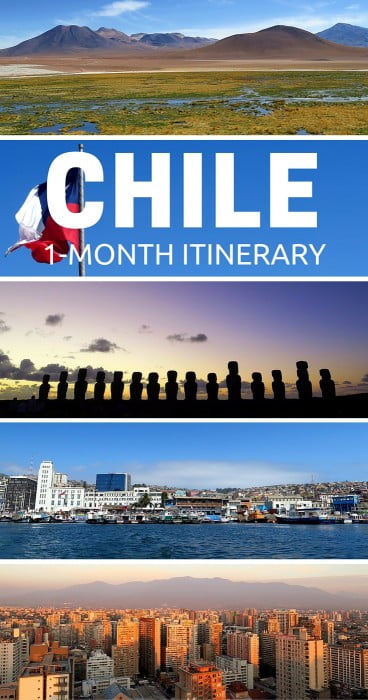
Have you travelled in Chile? What are some destinations travellers shouldn’t miss?
13 Comments
Chile looks fabulous in your pictures! I’d like to visit Santiago and Easter Island. Love the gorgeous colors captured.
Thanks, Renuka! The landscapes were a dream to photograph. 🙂
What a trip… That part of the world that is so mysterious and unknown to me… Thanks for making me dreaming while I’m in the other part of the world!! 🙂
It’s quite the opposite of bustling Hong Kong, that’s for sure! I hope you get to visit sometime, Marie.
I lived in Chile for 3 years there are so many places to see especially in the South if you like nature and hiking. Sounds like you got to see a lot though.
That’s cool! Any places you’d recommend in particular? I’d love to do some of the hiking loops around Patagonia and also make it all the way down to Punta Arenas.
What a cool trip! I feel like not enough people make it a point to visit Chile. Love the photos!
I hear ya! Aside from Patagonia, travel in the rest of the country seems quite underrated.
The Maipo Valley is a really special place – mostly because of the great wineries to tour but there’s some spectacular scenery as well. And it’s really close to Santiago!
Thanks for the tip! It sounds like the ideal day trip.
Yes, Chile is a lot bigger than it looks! There really is a lot to do. Sounds like you have a great itinerary planned out. Can’t wait to read about your adventure 🙂
Being a Chilean and from Santiago specially, all I can say is… great pictures!! I loved your post. You should’ve definitely have gone to a winery as they are top class in the world. Maybe for the next time?
Hello! Your trip looks amazing! I’ve been trying to plan a month long trip to Chile as well, but am puzzled on how much to save for the trip. Do you mind sharing how much you spent for the month?
Your email address will not be published. Required fields are marked *
National Geographic content straight to your inbox—sign up for our popular newsletters here
What it's like to hike to the end of the world in Chile's Tierra del Fuego
Chile’s Puerto Williams, the world’s southernmost city, is a gateway to Tierra del Fuego’s mountain trails, Indigenous Yahgan communities and a new scientific research station — but its real allure lies in its isolation.

Tracing the shoreline of the icy Ukika River, I follow a trail through an evergreen woodland of southern beech trees studded with clumps of orange fungi the shape and size of golfballs. The branches are miniature ecosystems, blanketed with tiny bryophytes (a group of plants that includes mosses, liverworts and hornworts) and tangled with a straggly lichen known as old man’s beard, which ripples as I pass. Sinuous roots and fallen trunks crisscross the path, while an ominous creaking rings out as the canopy shakes in the ferocious wind. There’s no one else around, but the pneumatic tapping of a Magellanic woodpecker periodically sounds above the din, its striking crimson head hidden from view.
Eventually, I emerge from Parque Municipal Ukika and watch as the river cuts across a stony beach and pours into the gunboat-grey Beagle Channel, which winds through Tierra del Fuego, linking the Atlantic and Pacific Oceans. On my right is the hamlet of Villa Ukika, home to the small Indigenous Yahgan community; to my left lie the outskirts of Puerto Williams, the southernmost city on Earth.
Below Patagonia, the tip of South America fragments into an archipelago of islands, islets, headlands and peninsulas riven by snaking waterways and draped with bottle-green forests and glistening glaciers. This is Tierra del Fuego (‘Land of Fire’). According to the oral traditions of the Indigenous Selk’nam people, the topography was created by a young man named Táyin who ‘grabbed stones, and with his sling[shot] hurled them in all directions. Where the stones landed there appeared large cracks in the ground which filled up with water’.

Tierra del Fuego’s poetic name was inspired by the bonfires of the Selk’nam, which were spotted by Portuguese explorer Ferdinand Magellan in 1520 as he attempted to complete the first circumnavigation of the globe. Half a millennium on, the sparsely populated region, which is shared by Argentina and Chile, remains a wilderness. That said, increasing numbers of tourists are heading to the Argentine port of Ushuaia, once a penal colony known as the ‘Siberia of the South’ and now the largest city in Tierra del Fuego, mainly to embark on Antarctic cruises.
But few of these travellers continue south across the Beagle Channel (named after the ship that carried a young Charles Darwin on his momentous voyage around South America) to Chile’s Navarino Island, home to Puerto Williams. The 2,800-person settlement, which had its status upgraded from a town to a city by the Chilean government in 2019, lies 1,500 miles from the capital, Santiago, yet a mere 670 miles from Antarctica.
Puerto Williams is only accessible by plane or boat, and its isolation is a big part of its draw. On my first visit, before the pandemic, I took the long route, catching a bus from the Chilean Patagonian port of Punta Arenas, crossing the stormy Strait of Magellan by ferry to Isla Grande in Tierra del Fuego, then continuing south into the Argentine section of the region and finishing 12 hours later in Ushuaia. The next day, I travelled by boat across the Beagle Channel, skirting raucous colonies of sea lions slumped across a chain of rocky islets, to reach the Chilean border post of Puerto Navarino, where I boarded a minibus for the final stretch along the coast to Puerto Williams.
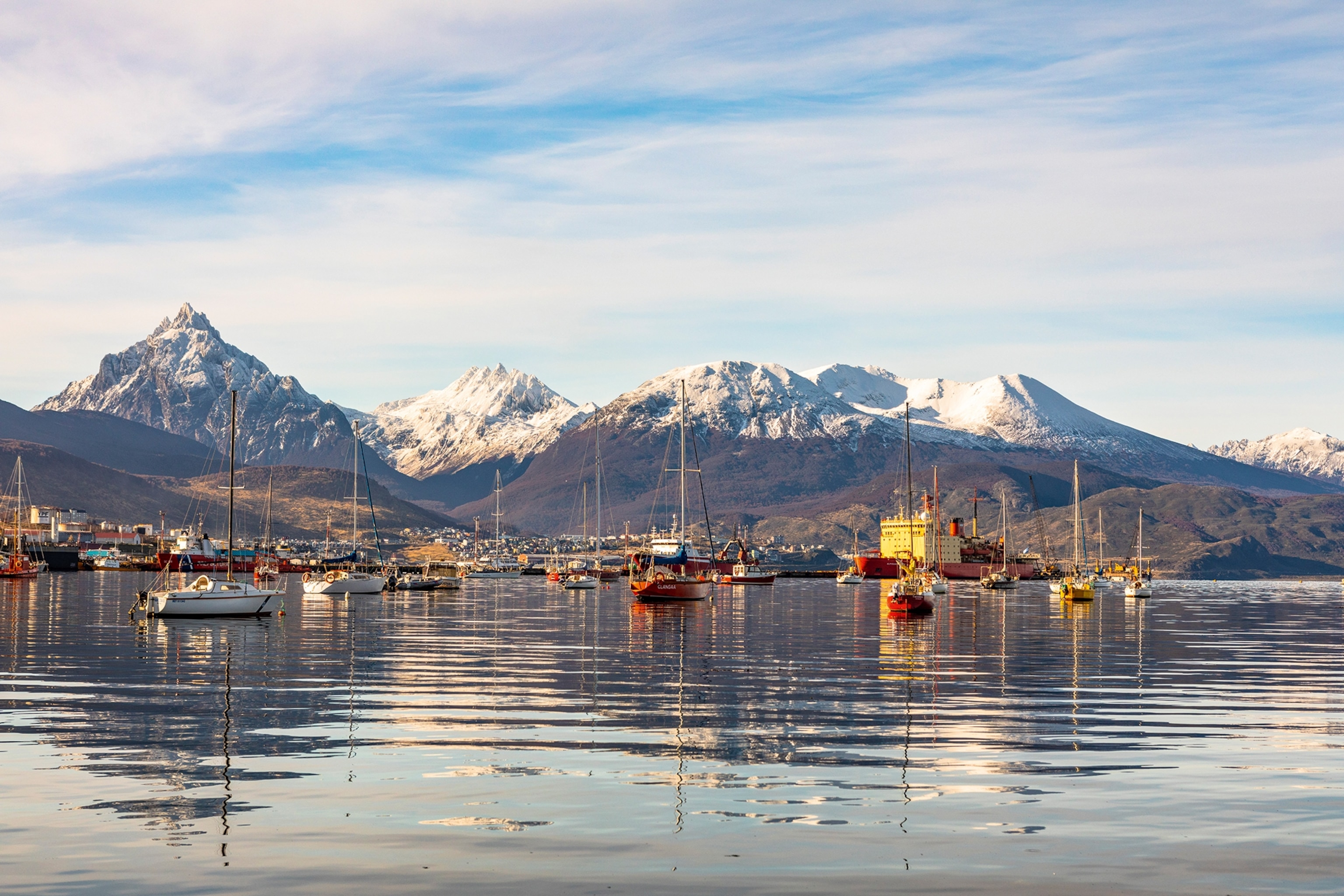
This time, I opt for the quickest option: a 30-minute flight from Punta Arenas that provides spectacular views of the snow-bound Alberto de Agostini National Park. This area captured the imagination of Darwin, who wrote in The Voyage of the Beagle about pods of spouting whales, tempestuous weather and a landscape of ‘magnificent glaciers extend[ing] from the mountain side to the water’s edge. It is scarcely possible to imagine anything more beautiful than the beryl-like blue of these glaciers’.
On the southern shore of the Beagle Channel, backed by the thickly forested slopes and snowy serrated peaks of the Dientes de Navarino range, Puerto Williams is officially the capital of Chile’s Antarctic Province, but it retains the look and feel of a small town. Founded as a naval base in the 1950s, in an area long inhabited by Yahgan communities, it has a neighbourhood of spick-and-span whitewashed houses for military personnel and their families (who make up roughly half of the population), as well as a sprawl of mismatched civilian homes kitted out with large satellite dishes, stacks of firewood and, often, a shaggy dog.
In a burst of late-afternoon sunshine, I wander along the quiet, windswept streets, passing timber-walled churches, clusters of municipal buildings, a small school, some simple shops and restaurants (most of them closed) and a handful of guesthouses. Cows and horses roam freely, grazing on daisy-speckled lawns, and front doors are left unlocked, crime being a distant prospect in these parts. Pausing on a wooden boardwalk overlooking the Beagle Channel, I gaze out at a storm petrel whirling above a pair of fishing boats returning with a catch of supersized king crab.
After sampling the delicious crustaceans for dinner at a restaurant decked out with nautical knick-knacks, I chat with Anna Baldinger, who works at Hotel Fio Fio, the guesthouse I’m staying at. She originally moved to Puerto Williams from her native Austria to teach, before falling in love with both a local resident and Tierra del Fuego in general. “Puerto Williams is like being in a bubble — people think of it as the village at the end of the world,” she explains.
The city may only be 70 years old, but this region has been inhabited by Yahgan communities for millennia, as attested by the archaeological sites scattered across the surrounding countryside. Anthropologist Maurice Van de Maele, the owner of Hotel Fio Fio, tells me that Navarino is one of the top places in the world for archaeological density, estimating that there may be as many as 2,000 sites on the island. These include middens (prehistoric rubbish dumps) and circular depressions that once housed ancient shelters, scores of which I spot on the drive from Puerto Navarino.
Maurice is a former director of the local museum, formerly known as the Martin Gusinde Anthropological Museum. It was renamed the Museo Territorial Yagan Usi – Martín González Calderón to recognise the area’s long-overlooked Indigenous heritage. Situated on the western edge of Puerto Williams, the eye-catching institution has a hulking, sun-bleached whale skeleton on its grounds. Inside, it provides a fascinating insight into Yahgan culture through items such as finely carved bone harpoons, exquisite jewellery and expertly constructed wooden canoes.
The museum also highlights the devastation wrought on the indigenous peoples during the colonisation of Tierra del Fuego in the late 19th and early 20th centuries, a period that drew waves of missionaries, gold miners and sheep ranchers from Chile, Argentina and beyond.
This part of Tierra del Fuego can feel timeless, but change is coming. During my visit to Puerto Williams, I see only a dozen tourists, most of whom have come to hike, birdwatch, fish for wild trout or simply experience life at the ‘ fin del mundo ’ (‘end of the world’). But more are on their way: Antarctic cruise ships now call in more regularly, bringing hundreds of passengers in matching jackets, and a modern, multipurpose dock capable of serving larger vessels is being built. A large new hotel is also under construction and Puerto Williams’s tiny airport is being upgraded, including plans for a new passenger terminal.
The latter is one of a number of ongoing infrastructure projects in Tierra del Fuego. The tarmac on the country’s southernmost road, the Y-905, ends just east of Puerto Williams near Villa Ukika and is replaced by gravel for the final 13 miles to Caleta Eugenia, a lonely ranch owned by the Chilean navy. But there’s talk of extending the route to Puerto Toro, the world’s southernmost permanently inhabited settlement, currently only reachable by boat. A state-of-the-art scientific research hub, the Cape Horn Sub-Antarctic Centre, has also recently opened in the city. Perched on a hilltop east of the centre, this glass-and-concrete structure — complete with its own wind turbine — vaguely resembles a spaceship.
But as I hike west out of Puerto Williams, any nagging concerns about overdevelopment quickly melt away. There’s no one else on the trail up to the 2,000ft-high peak of Cerro Bandera (‘Flag Hill’), a switchbacking route that rises steeply through a beech forest and represents the first leg of the Dientes de Navarino circuit, an epic 33-mile trek. Gradually the trees thin out — the trunks increasingly stunted and bowed over, as if paying their respects — before disappearing completely at the top, replaced by a stark sub-polar tundra.

Here, I find a Chilean flag straining at its pole like a puppy on a lead. The stony terrain is dotted with slow-growing cushion plants and snooker-table-green hummocks, and veined with ribbons of snow. With the white-flecked Beagle Channel to the north, the Dientes de Navarino piercing the sky to the south and no other hikers in sight, it is a gloriously secluded place featuring near-constant wind and a plunging temperature.
Remembering that this is just a false summit, I slip on another base layer and head on, following a route along a series of cairns for another 40 minutes until I reach an exposed ridge offering 360-degree views that somehow manage to surpass their forerunners, taking in a glacial lake ringed by a crown of snowy peaks. My hands are numb from the cold and the abrasive sleet provides an unwanted facial, but I can’t help smiling as I recall my conversation with Anna the previous day. “When you reach the top of Cerro Bandera, there’s no one else in front of you,” she had said. “And the rest of the world feels a long way away.”
Related Topics
- ADVENTURE TRAVEL
- SUSTAINABILITY
- WILDLIFE CONSERVATION
- BIRDWATCHING
You May Also Like

This thrilling Chilean trek is the world’s southernmost hike
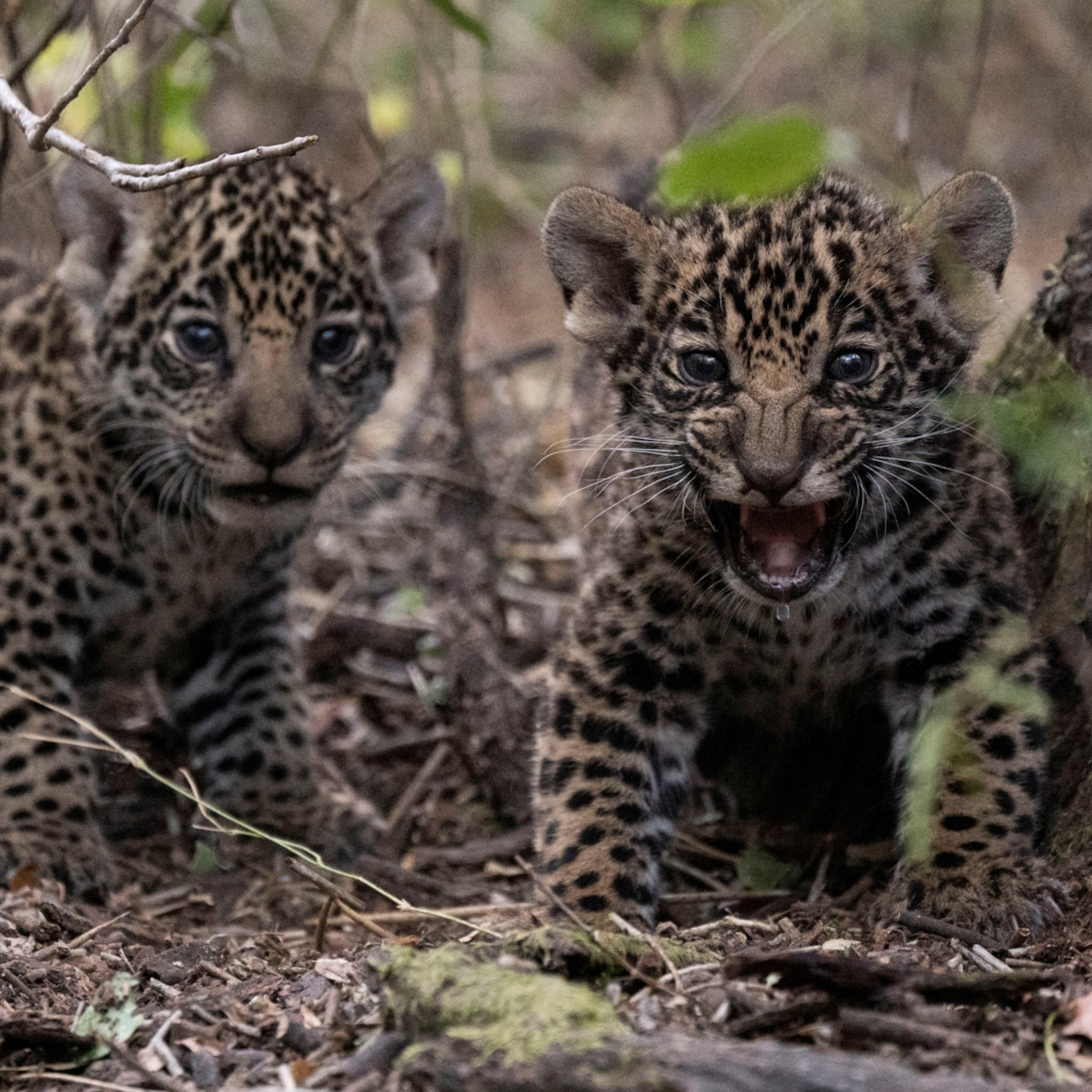
An ‘impenetrable’ wildlife sanctuary in Argentina opens to the world
Free bonus issue.

10 best things to do in Maine

10 whimsical ways to experience Scotland

The essential guide to visiting Scotland

How to visit Biscayne National Park

Exploring the UK's wild isles: 5 of the best new nature travel books
- Perpetual Planet
- Environment
- History & Culture
- Paid Content
History & Culture
- Photography
- Terms of Use
- Privacy Policy
- Your US State Privacy Rights
- Children's Online Privacy Policy
- Interest-Based Ads
- About Nielsen Measurement
- Do Not Sell or Share My Personal Information
- Nat Geo Home
- Attend a Live Event
- Book a Trip
- Inspire Your Kids
- Shop Nat Geo
- Visit the D.C. Museum
- Learn About Our Impact
- Support Our Mission
- Advertise With Us
- Customer Service
- Renew Subscription
- Manage Your Subscription
- Work at Nat Geo
- Sign Up for Our Newsletters
- Contribute to Protect the Planet
Copyright © 1996-2015 National Geographic Society Copyright © 2015-2024 National Geographic Partners, LLC. All rights reserved

IMAGES
VIDEO
COMMENTS
There's a two-night minimum stay and a double costs $40,000/$64 USD per night. 2. Places to visit in Northern Chile: Reserva Nacional Las Vicuñas. South of Putre, Reserva Nacional Las Vicuñas is yet another of the north's most interesting places to visit.
15 Best Places to Visit in Northern Chile. 1. Atacama Desert. The Atacama Desert covers a 994-mile (1,600 km) strip on the Pacific coast. It is the driest non-polar desert in the world. The main highlight of the destination is the route towards the main desert. The route covers almost everything the place has to offer.
Discover five unmissable destinations in Northern Chile, from the surf and sand of Iquique to the natural wonders of Moon Valley and Geysers del Tatio. Learn about the culture and history of the Atacama Desert and Patagonia, and how to plan your trip with Travel Dudes.
Travel north-west for 300 miles (485 km) and arrive at the coastal city of Iquique - another hot destination for every northern Chile itinerary. Towered over by the enormous Cerro Dragón sand dune , Iquique sprawls alongside the Pacific Ocean with a host of restaurants and bars and sandy beaches safe for swimming.
Map of Northern Chile. Coquimbo 's plaza. -23.65 -70.4. 1 Antofagasta — a relaxed mining city with lots of leisure activities and a large car industry. -18.477778 -70.318056. 2 Arica — the "city of the eternal spring" offers beautiful beaches, and a very dry, mild climate. -22.4624 -68.9272. 3 Calama — "copper capital" of the country with ...
Build your ideal Chile trip. Call 1.406.541.2677. Start Planning My Trip. Northern Chile is a land of extreme contrast, where two uniquely Andean environments, the Altiplano and the Atacama Desert, combine with unpredictable and overwhelmingly beautiful results. The vast and colorful Atacama Desert is said to be the driest desert in the world.
Sandboarding down giant dunes in Death Valley. Hurtling down 100 meter-high dunes in the spectacular setting of Death Valley (Valle de la Muerte, chile.travel) is a must-do for adrenaline junkies.Just a 10-minute drive from San Pedro, the imposing dunes lay nestled among spectacular rock formations.Excursions from San Pedro take you to the valley floor, where you will receive a brief tutorial ...
11 Underrated Places to Visit in the North of Chile. Create your own northern Chile itinerary with these hidden gems in the north of Chile that promise to impress and leave you speechless.
Northern Chile travel guide. The north is unofficially split into two regions: for convenience, the southernmost part is known as El Norte Chico (The Little North), and the northernmost part as El Norte Grande (The Great North).
South America. Dust devils zoom wantonly through sun-scorched Norte Grande with its undulating curves of rock and stone, Andean lagoons, snowcapped volcanoes, salt flats and sensuously perforated coastline. Famous as much for its hilltop observatories as its massive copper mines, those vast, uninhabited spaces touch the soul and the imagination.
Highlights of Northern Chile. Home to red-rock deserts, craggy mountain peaks and sparkling coastlines, northern Chile offers boundless adventures for avid travelers. You can spend your days wandering through eerie ghost towns, zipping down sand dunes or basking on pristine beaches, followed by nights of stargazing beneath the dark southern ...
Northern Region of Chile. This is Chile's desert area. Short description: Northern Chile is a land of extreme contrast, where two uniquely Andean environments, the Altiplano and the Atacama Desert, combine with unpredictable and overwhelmingly beautiful results. The vast and colorful Atacama Desert is said to be the driest desert in the world.
For a century, Northern Patagonia has been the most rugged and remote part of continental Chile, the place where scant pioneers quietly set forth a Wild West existence. While life here may still be tough for its residents, Northern Patagonia doesn't lack for scenery. Exuberant rainforest, scrubby steppe and unclimbed peaks crowd the horizon ...
The Atacama desert is one of the driest places on Earth, receiving only about 15 mm (0.6 inches) of rainfall a year. Atacama sees around 300 days of sunshine and clear skies per year. Atacama's location in the southern hemisphere means that the seasons are opposite that of the USA/Canada and Europe.
Watch the birdlife at the Humedal del Rio Lluta. The Lluta River Wetland is an extremely important habitat in arid Northern Chile. Rio Lluta is the most northerly river in Chile to flow from the Andes to the ocean. It runs into the Pacific about 10Km north of the city of Arica.
Visit San Pedro de Atacama and explore unique landscapes in the world. Salt flats, geysers and deep blue lagoons are part of the sites that will amaze you. Embark on a journey through the stars. Learn more about the stars and constellations at one of the many astronomical observatories in northern Chile. 17°C / 19°C.
Visit Northern Chile. Quench your thirst for adventure in this region of contrasts and natural beauty, which features golden beaches, high plateaus and arid desert landscapes. Two unique natural landscapes combine in Northern Chile to create an incredibly beautiful region. High mountain plateaus sit alongside what is said to be one of the ...
3 Days and 4 Tours in San Pedro de Atacama. 23. This plan is for those who visit San Pedro de Atacama for 3 days, that their flight to Calama arrives on Day 1 of the program and their flight from Calama leaves on Day 3. A unique experience to visit the unmissable places of the Atacama desert. 3 days.
Your Luxury Northern Chile Trip Ideas. A trip to Northern Chile is essential for any tour to Chile. The Chile Family Holiday, Chile Honeymoon and two-week Luxury Chile Holiday itineraries visit San Pedro de Atacama, the gateway town to the Atacama Desert. You'll explore the region's natural treasures, from ancient volcanoes to mystical rock sculptures and moon-like valleys, and you'll ...
The north of Chile and Argentina are packed with natural wonders, plus rich colonial and Indigenous history. You'll experience it all on this 10-day itinerary, beginning with tours of Santiago and the coast before jetting north to the geysers, lagoons, and lunar valleys of the Atacama Desert. Then hop the border into Argentina and stroll the colonial streets of Salta, followed by adventures ...
Offering more than just dates and names, they strive to offer real insight into their country. 24/7 emergency US support while abroad. Established in 1996. Visit Santiago & the sights of northern Chile & explore mystical Easter Island. This Audley itinerary is full of ideas.
Our travels primarily focused on Northern and Central Chile with a quick hop over to Easter Island, and while I may not have gotten to see the majestic mountain ranges further south, I feel like I got a pretty good taste of the country. For anyone planning a similar trip, here's a breakdown of my month-long Chile travel itinerary: Arica // 2 ...
This signature holiday highlights the best of Northern Chile and Argentina, including a visit to Santiago, Moon Valley in the Atacama Desert, the flamingo colonies at the Salar de Atacama and the Tatio Geysers, the highest geyser field in the world. Spend time at leisure in Purmamarca at the foot of the famous Seven Colour Hill, discover Humahuaca Gorge and the friendly city of Salta.
Audley Travel offers a 16-day tour of Argentina and Chile, stopping in Ushuaia and Tierra del Fuego, from £12,100 per person including flights, in-destination transfers, accommodation, activities ...